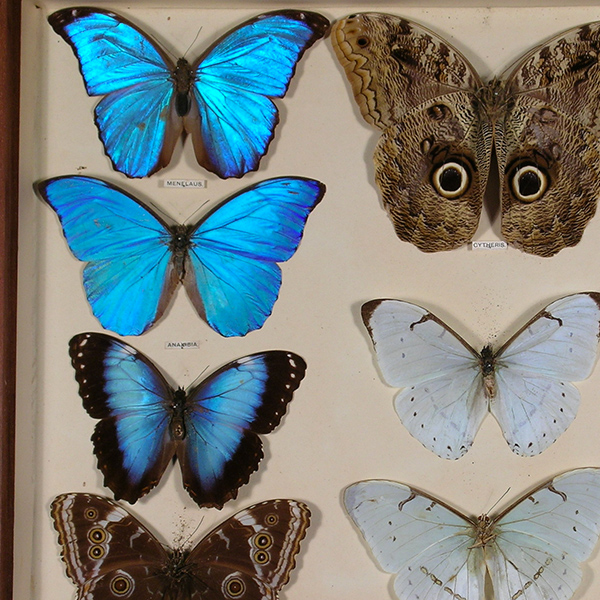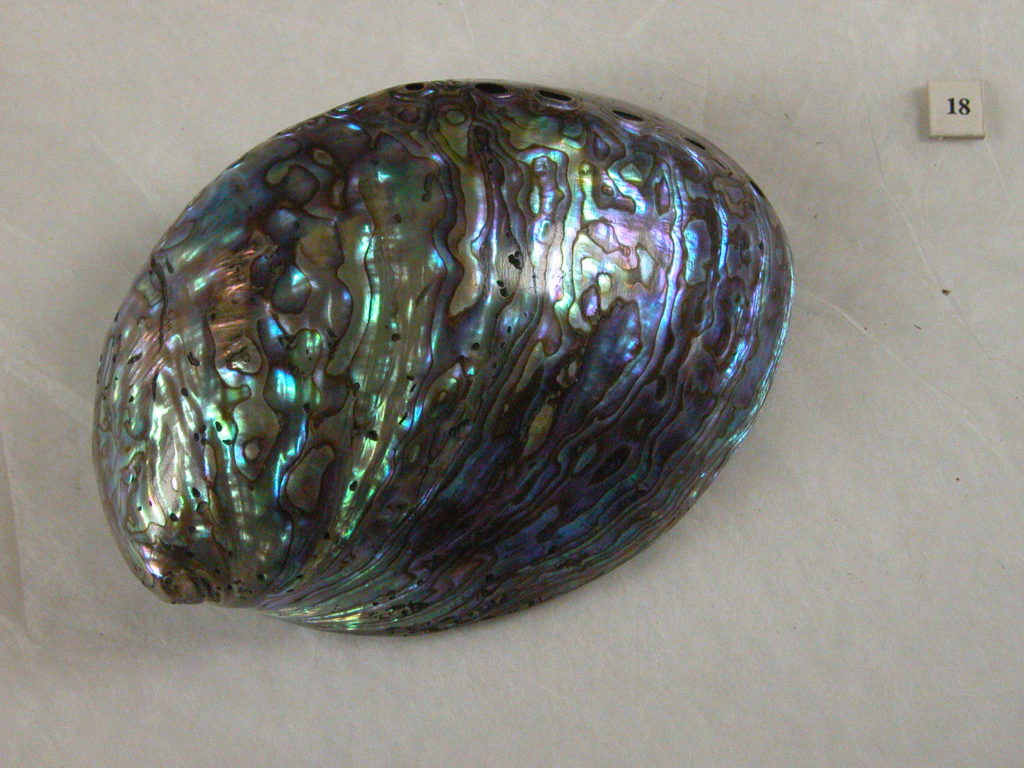
Abalone shell
Abalone has a beautiful iridescence when polished, so has been used by people for many decorative purposes, including fish hooks you can see in the Heroes and Villains showcase in the Explorers and Collectors room.
Reference: L639
Can be found: Second Case - Second Shelf in Colour and Camouflage Collection
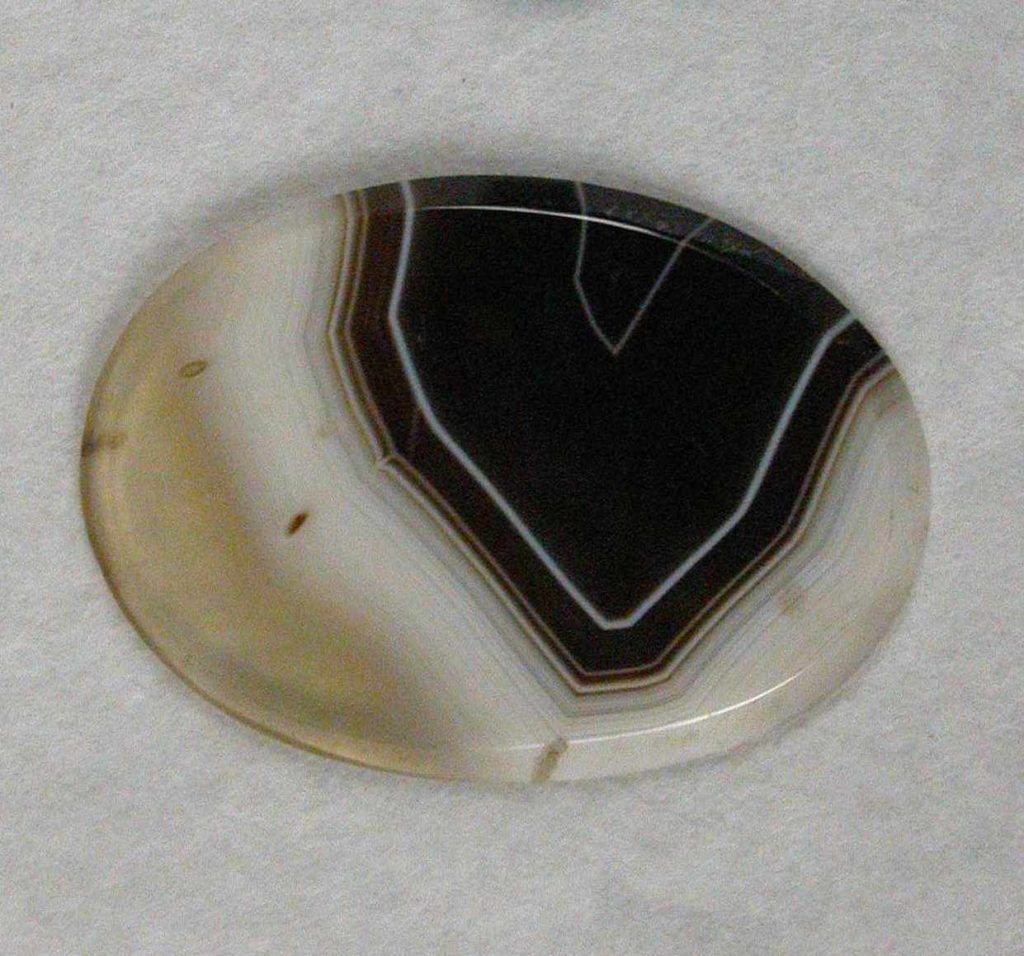
Agate
Cut and polished into an oval shape.
Reference: 2009.385, 392
Can be found: Right Display Case - Shelf 2 in Colour and Camouflage Collection
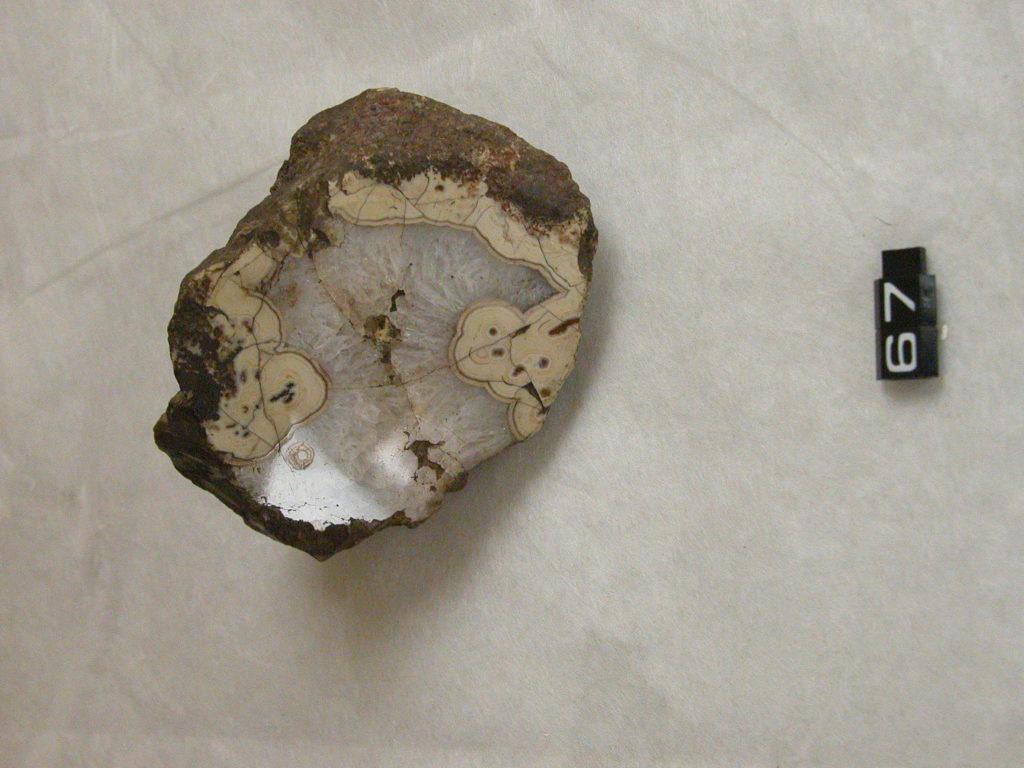
Agate
White and brown banded agate with clear crystalline quartz in the centre.
Reference: 2009.279
Can be found: Wooden Display Case (L-R) in Colour and Camouflage Collection
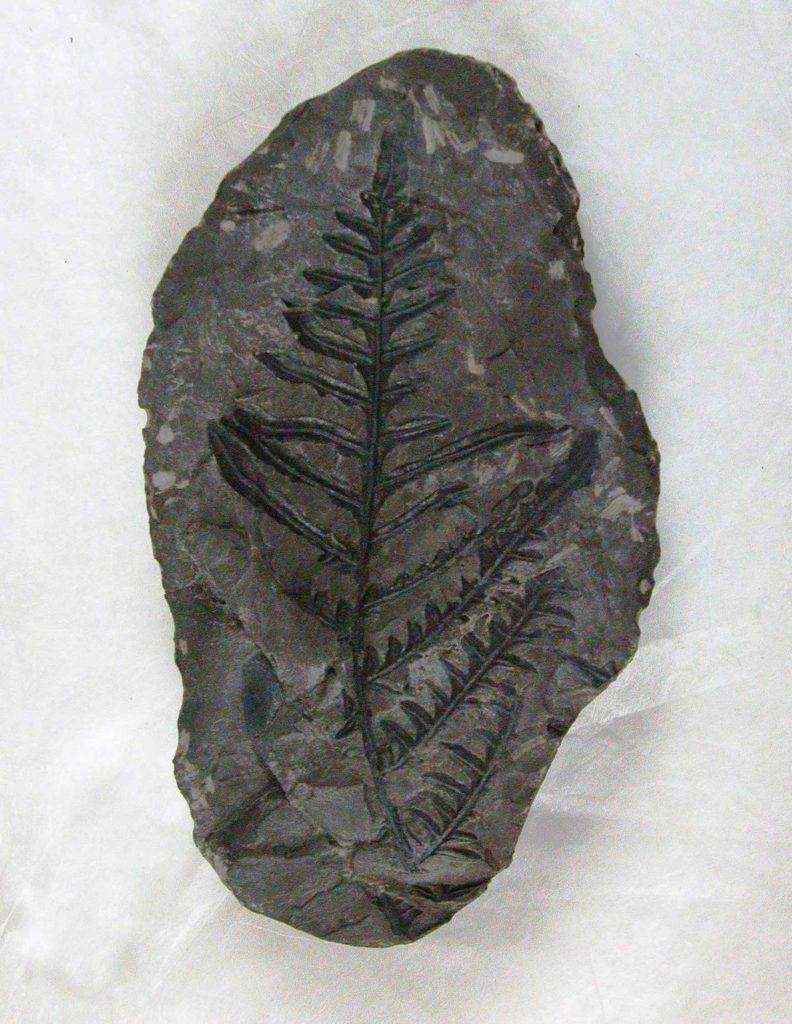
Alethopterys
Reference: 2000.435
Can be found: Right Display Case - Shelf 1 in Colour and Camouflage Collection



Alethopterys
Reference: 2000.435
Can be found: Right Display Case - Shelf 1 in Colour and Camouflage Collection
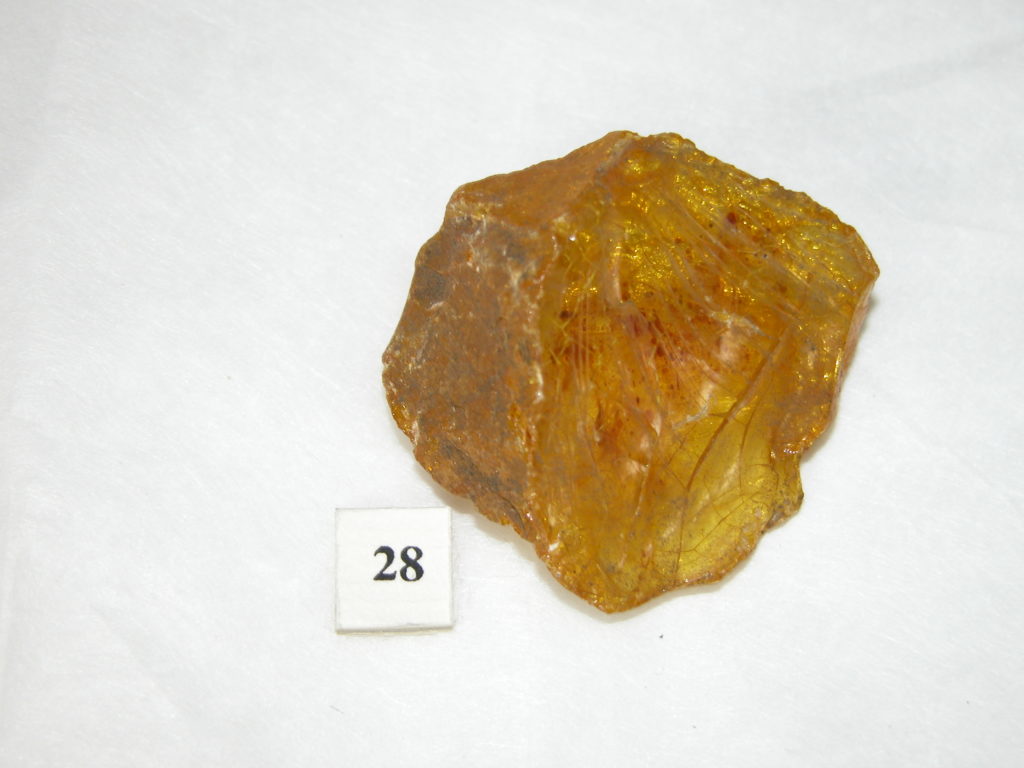

Amber
Amber is fossilized tree sap. Its ability to trap and perfectly preserve insects was made famous by the film Jurassic Park, where dinosaurs were cloned using DNA from the blood of mosquitoes trapped in amber.
Reference: 2008.32, 35, 37, 39, 41
Can be found: Left display case - Third Shelf in Colour and Camouflage Collection
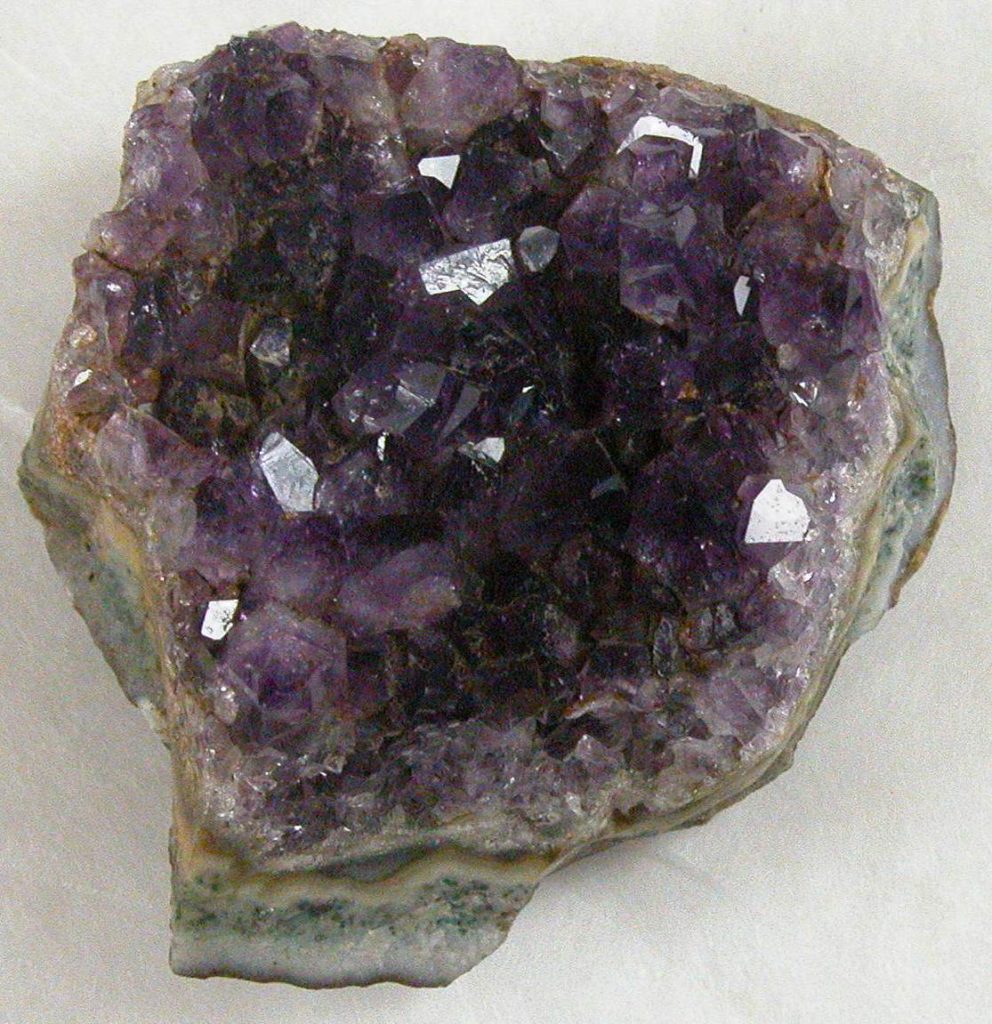

Amethyst
Reference: D4.A.243
Can be found: Second Case - Top Shelf in Colour and Camouflage Collection
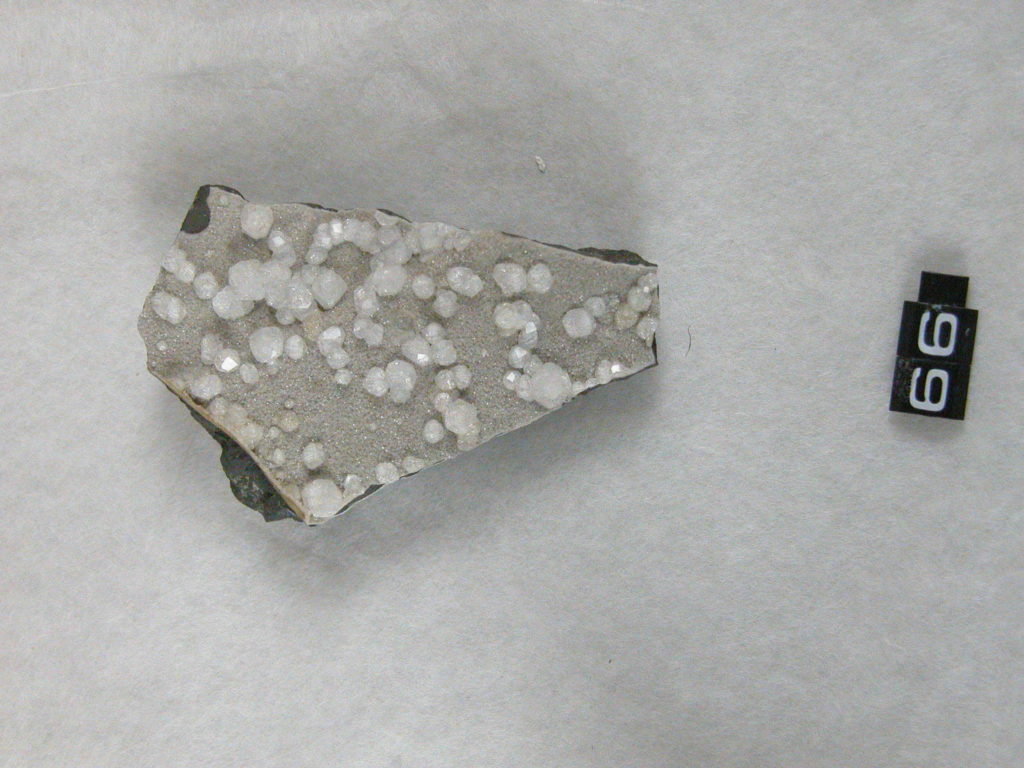

Analcite
A silicate mineral from Bohemia
Reference: D4.B.500
Can be found: Wooden Display Case (L-R) in Colour and Camouflage Collection
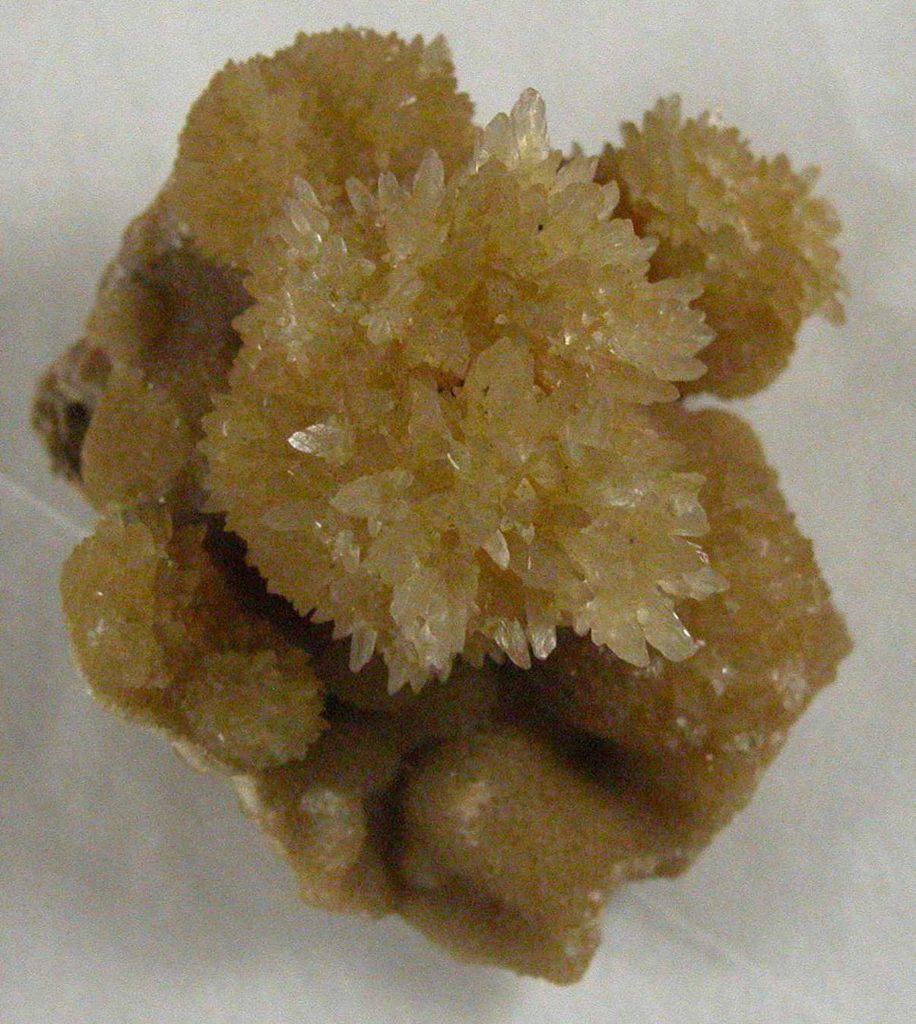

Aragonite
Aragonite is one of the two common forms of calcium carbonate, forming naturally in almost all mollusc shells.
Reference: 2003.370
Can be found: Second Case - Top Shelf in Colour and Camouflage Collection
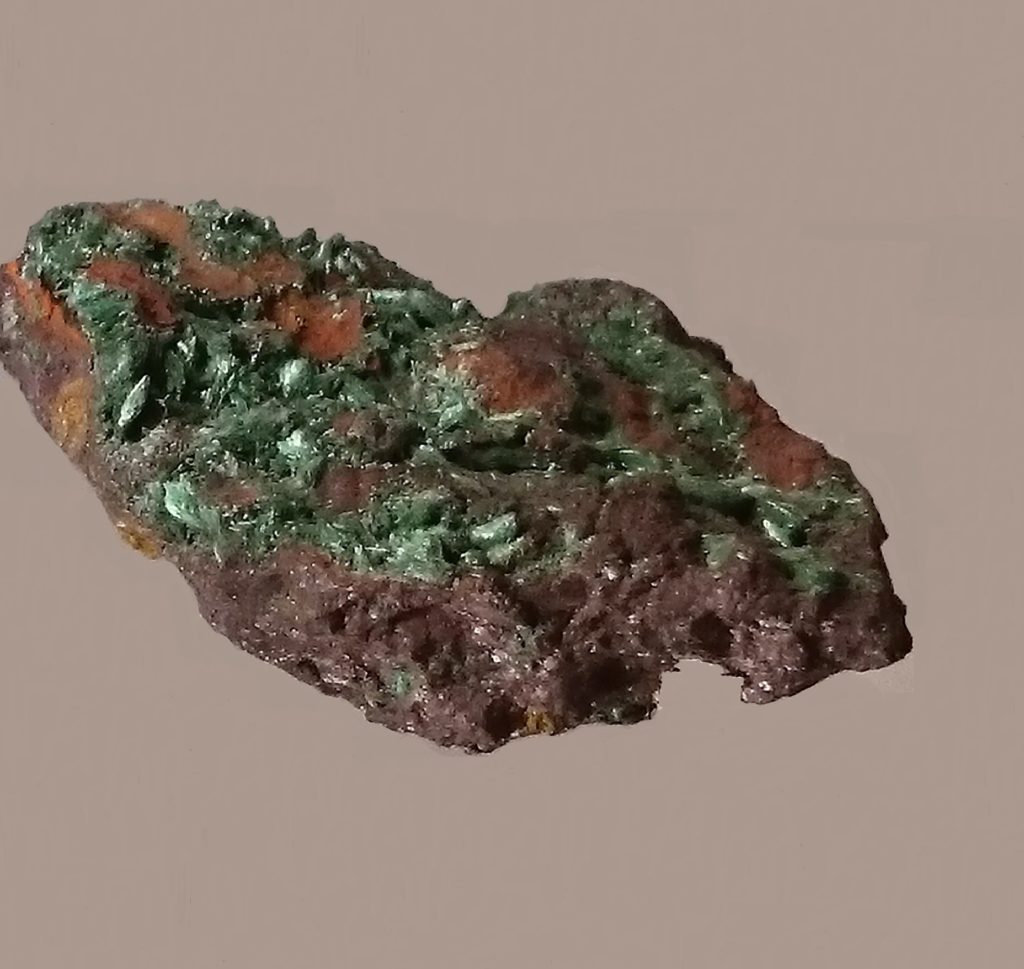

Atacamite
Atacamite is an unusual and attractive mineral. It forms in arid climates where copper minerals are exposed to oxidation- the Atacama Dessert in Chile, after which the mineral was named, is one of the driest places in the world.
Reference: CANCM:D4.A.156
Can be found: Second Case - Second Shelf in Colour and Camouflage Collection
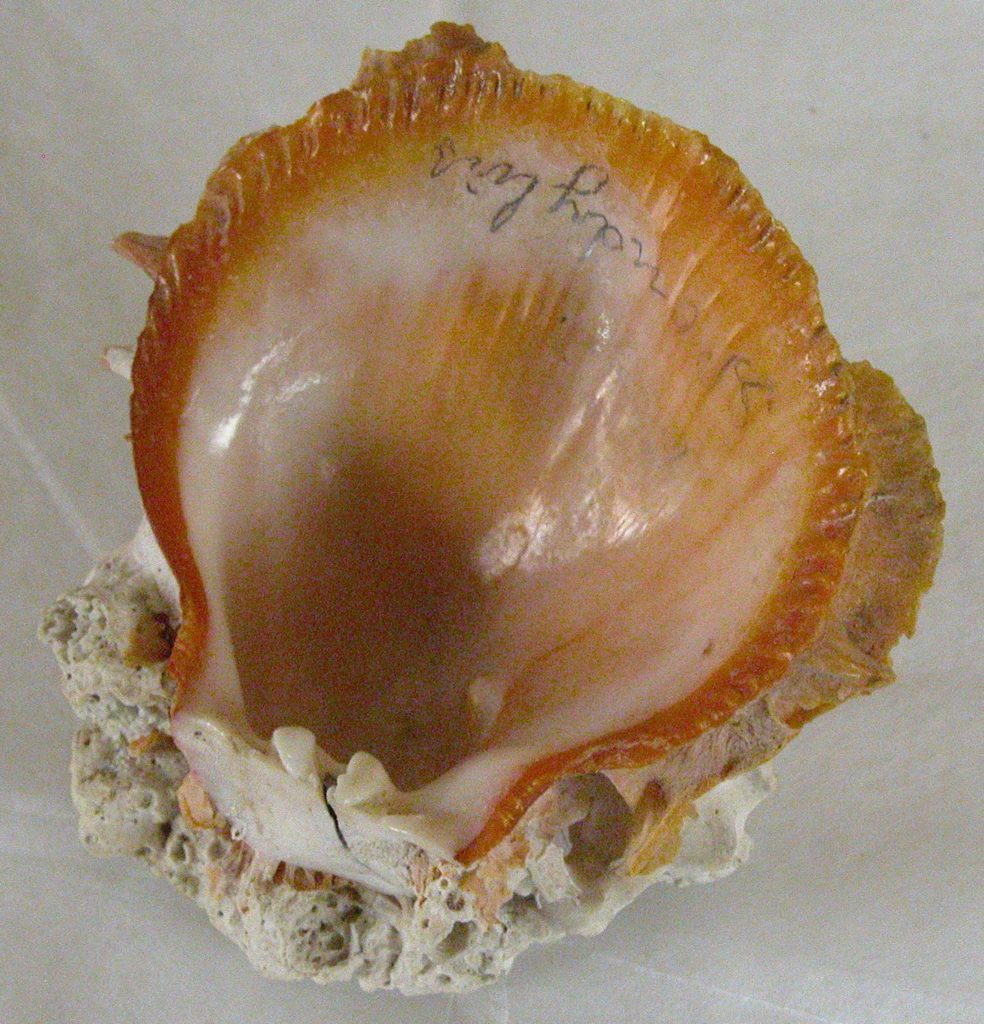

Atlantic thorny oyster
Reference: CANCM:2010.37
Can be found: Left display case - Bottom Shelf in Colour and Camouflage Collection
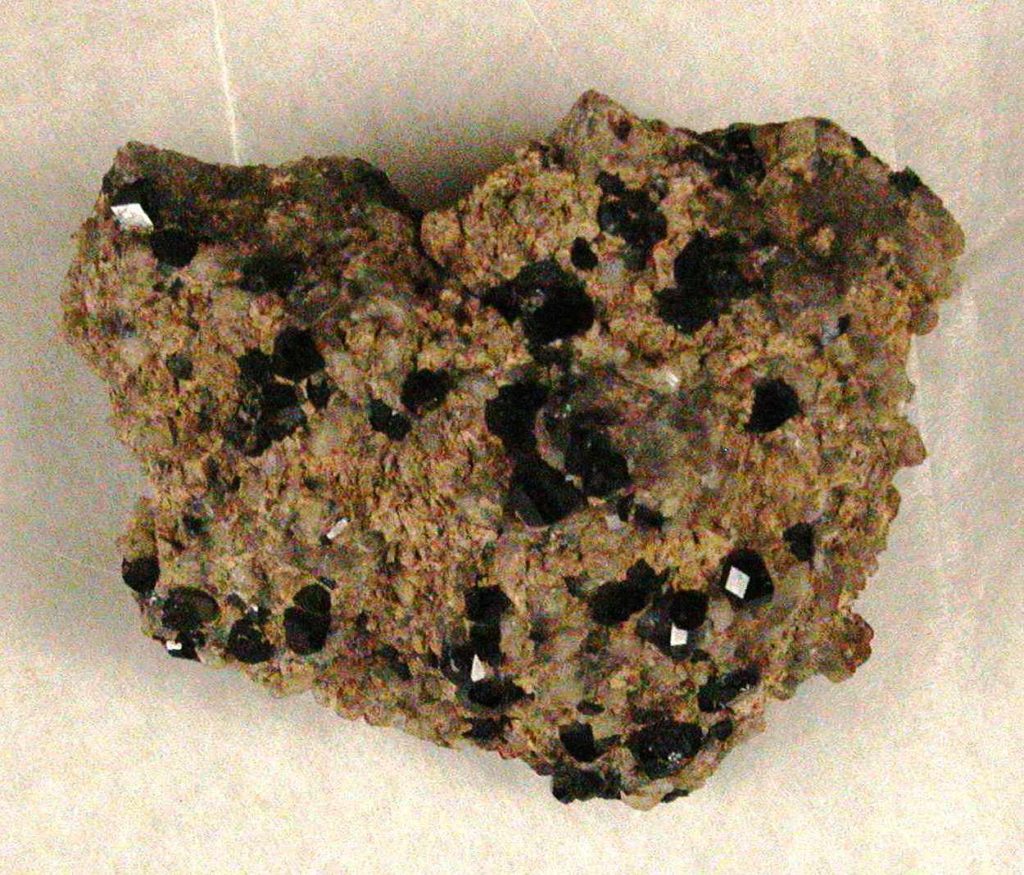

Augite
Reference: 2006.3
Can be found: Right Display Case - Shelf 1 in Colour and Camouflage Collection
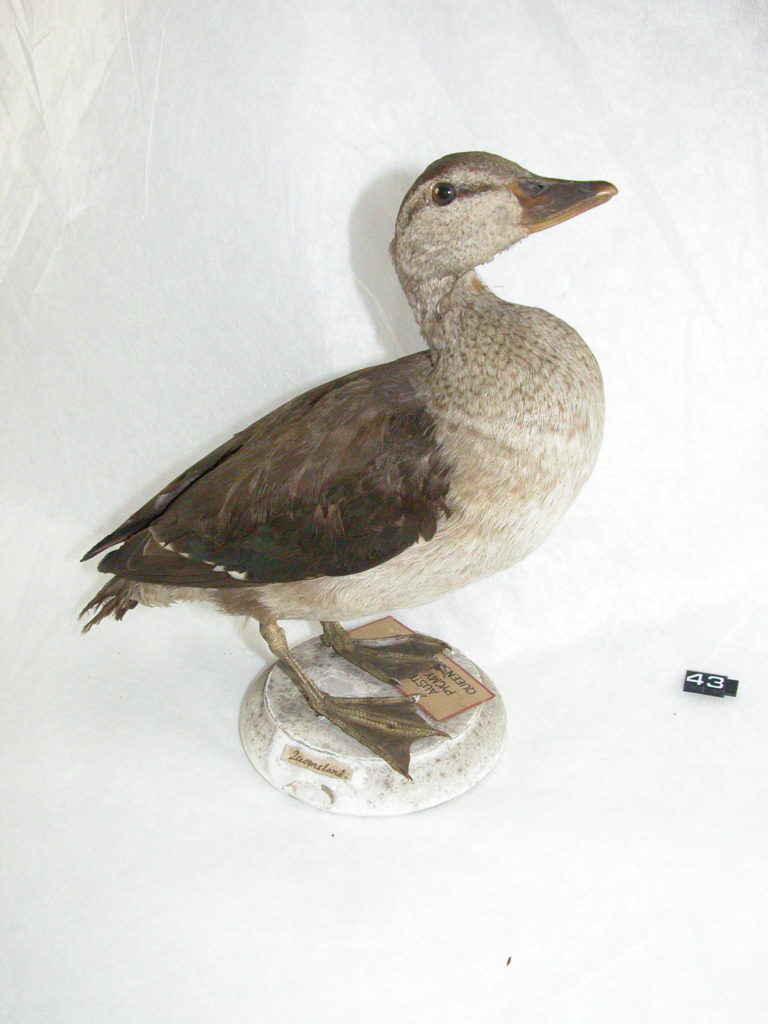

Australian pygmy goose
Reference: 261BH
Can be found: Third Case in Colour and Camouflage Collection
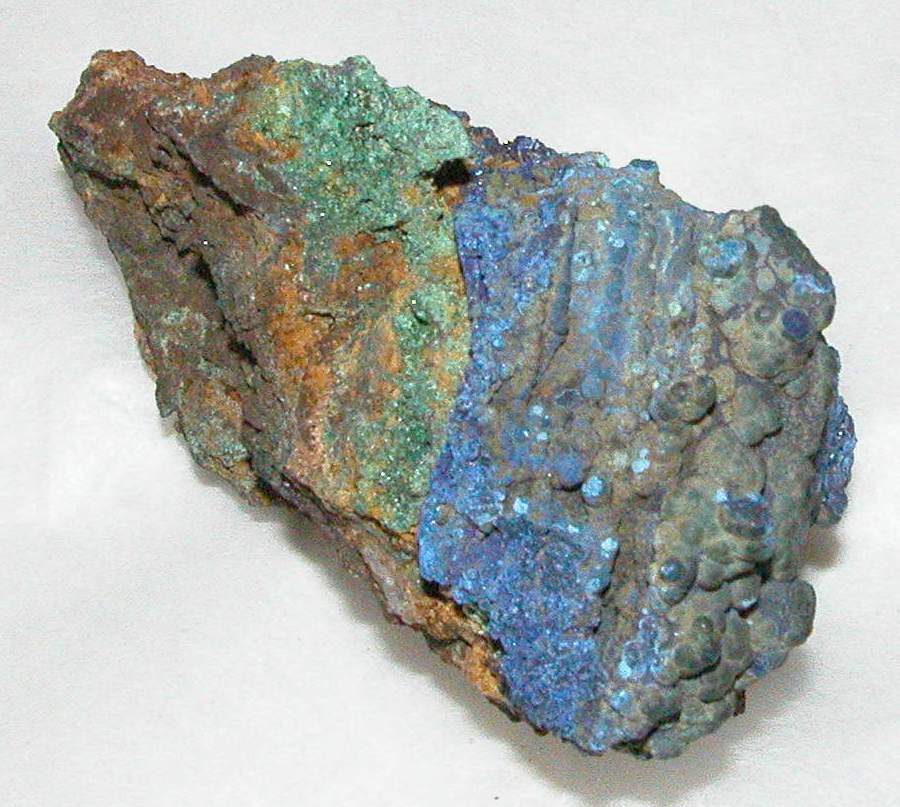


Azurite (Blue)
Used as a pigment by artists.
Reference: 2003.518
Can be found: Second Case - Top Shelf in Colour and Camouflage Collection



Azurite (Blue)
Used as a pigment by artists.
Reference: 2003.518
Can be found: Second Case - Second Shelf in Colour and Camouflage Collection
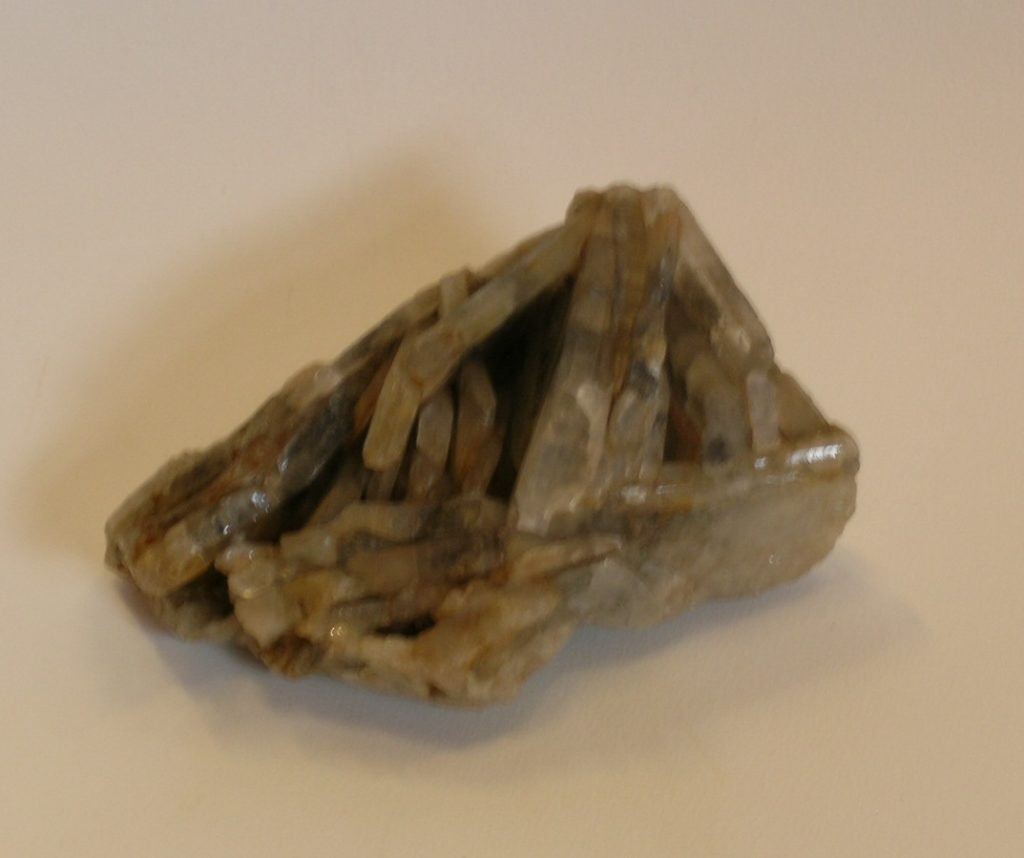

Barite
Barite is a common mineral whose name derives from Greek and translates as ‘heavy’. Among one of its most useful functions is to block x-ray emissions and it therefore features in hospital and laboratory buildings as well as power plants.
Reference: CANCM:2004.242
Can be found: Second Case - Second Shelf in Colour and Camouflage Collection
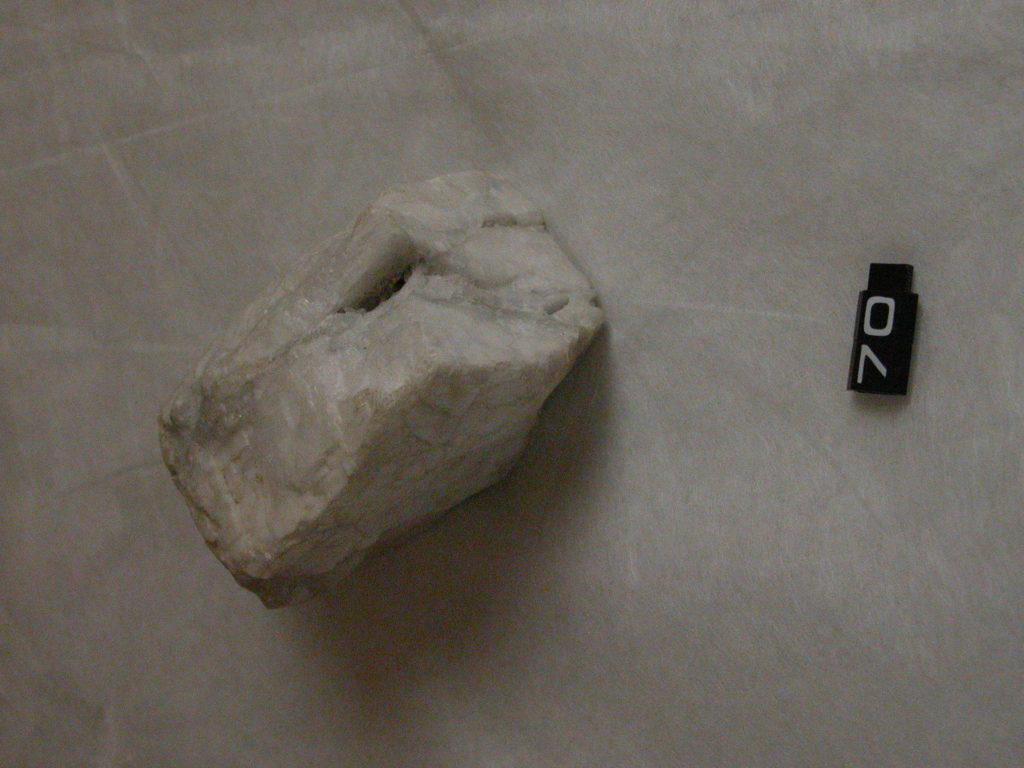

Baryte
Reference: 2004.242
Can be found: Wooden Display Case (L-R) in Colour and Camouflage Collection
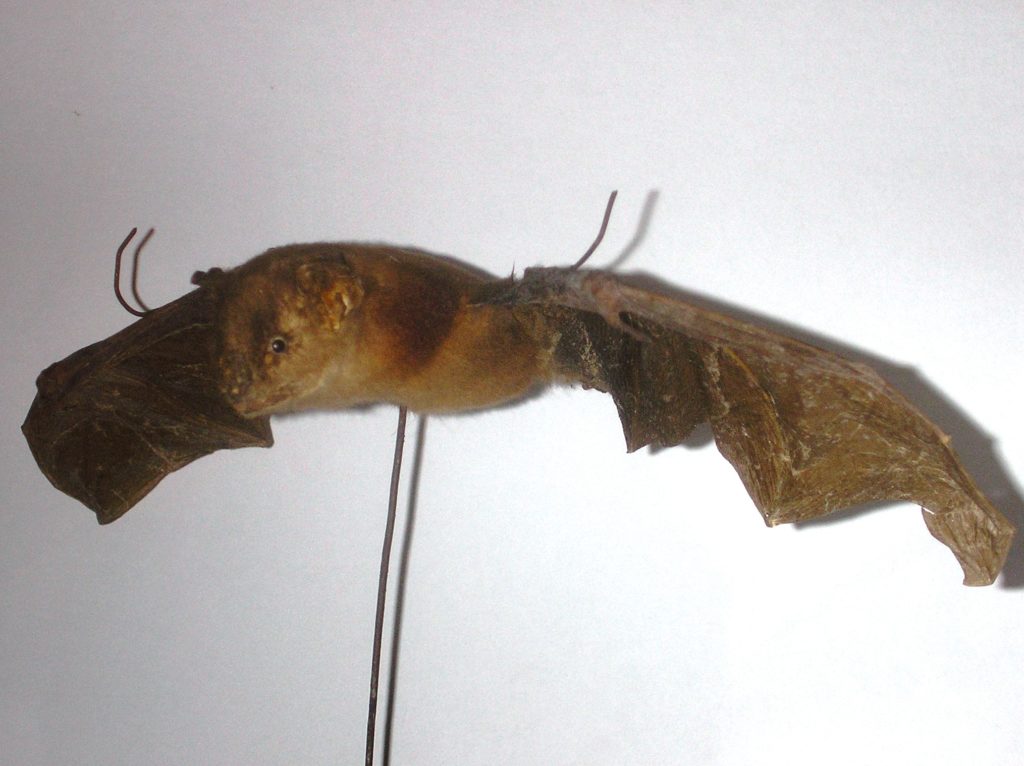

Bat
Sturnira lilium from Ecuador
Reference: 1999.252
Can be found: Colour and Camouflage Collection
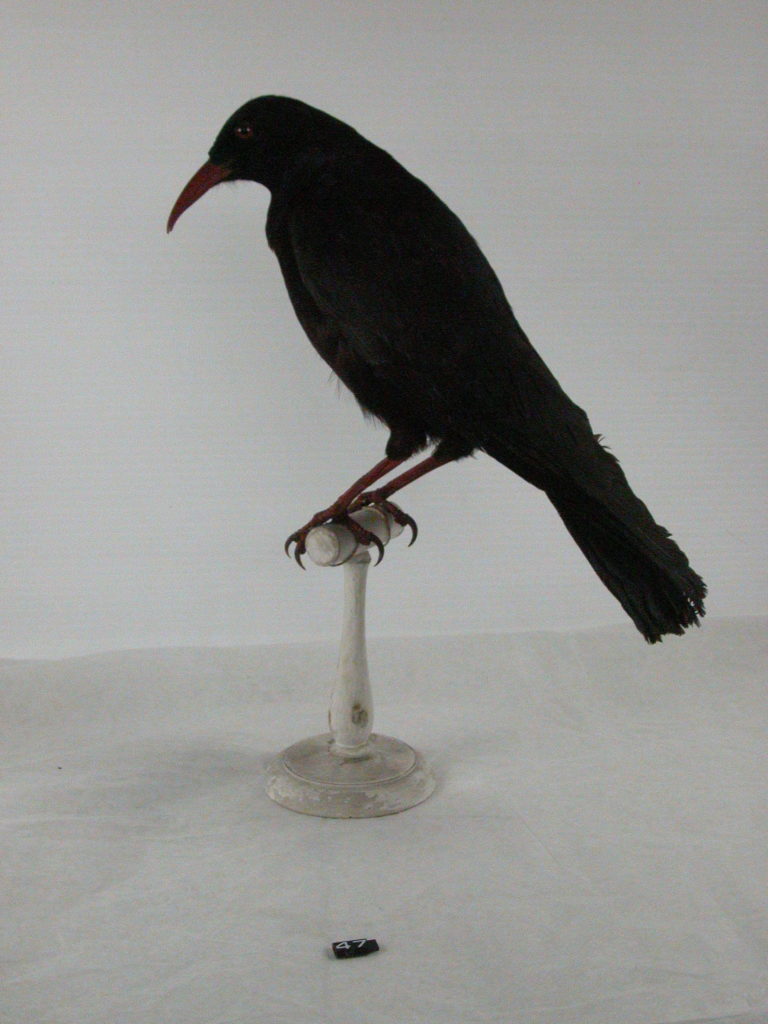

Black Chough
This member of the crow family has a mastery of flight, often performing wonderful aerial displays of diving and swooping.
Reference: 174H
Can be found: Third Case in Colour and Camouflage Collection
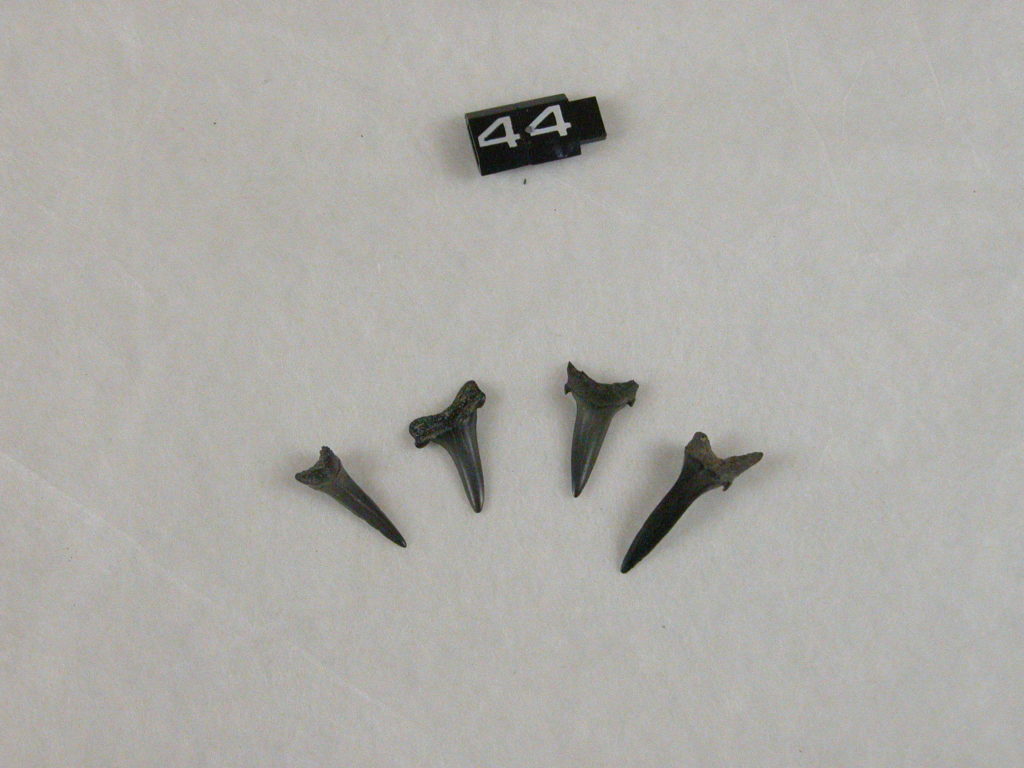

Black Fossil Sharks Teeth
From the Beltinge fish bed near Herne Bay, Palaeocene in age. Around 55 million years old.
Reference: CANCM:nn
Can be found: Right Display Case - Shelf 2 in Colour and Camouflage Collection
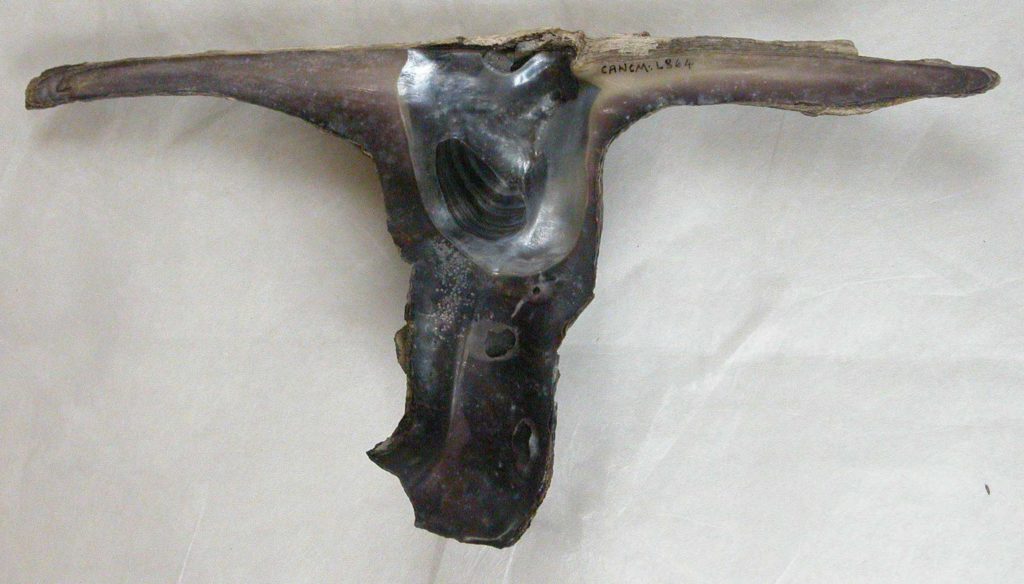

Black hammer shell
From the East Indies
Reference: L864
Can be found: Third Case in Colour and Camouflage Collection
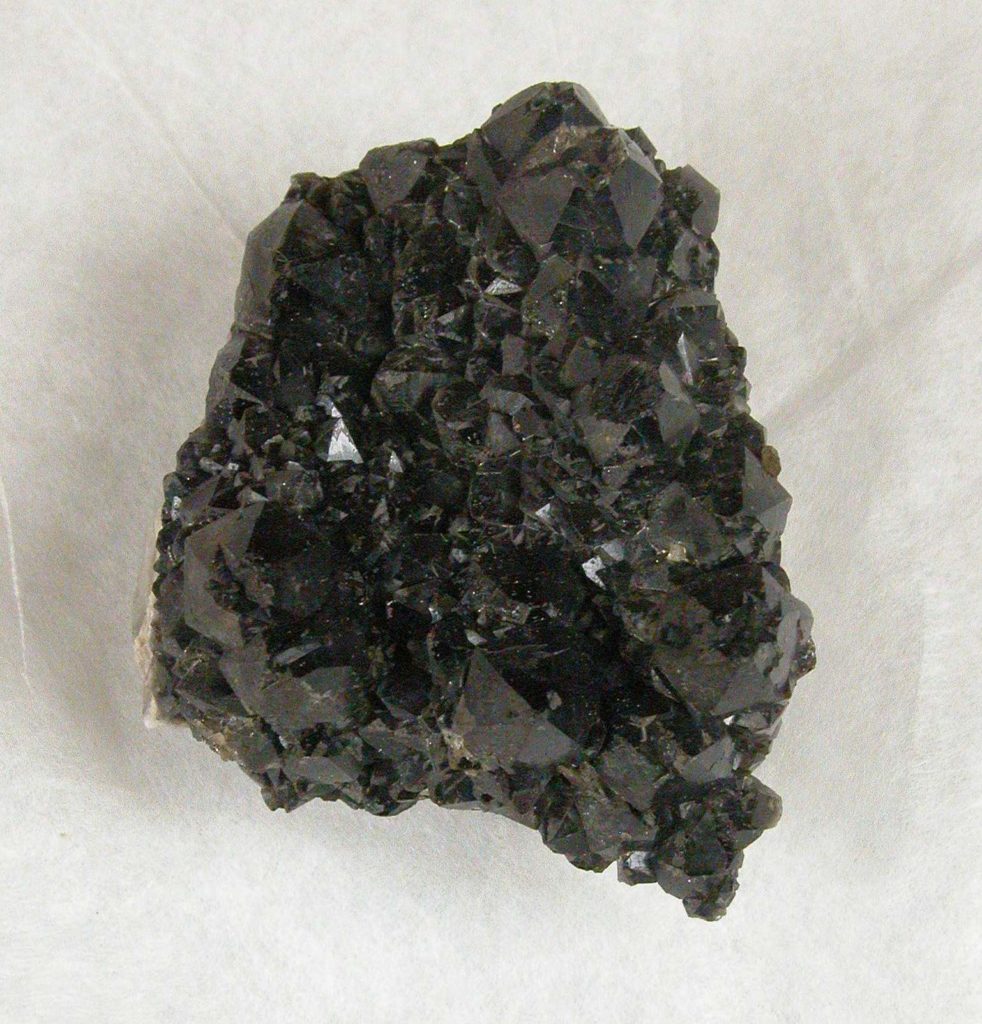

Black Quartz crystals
Quartz comes in virtually all the colours of the rainbow, depending on where it was formed and therefore the different trace elements it may contain. Black varieties are formed in volcanoes.
Reference: N6
Can be found: Right Display Case - Shelf 1 in Colour and Camouflage Collection
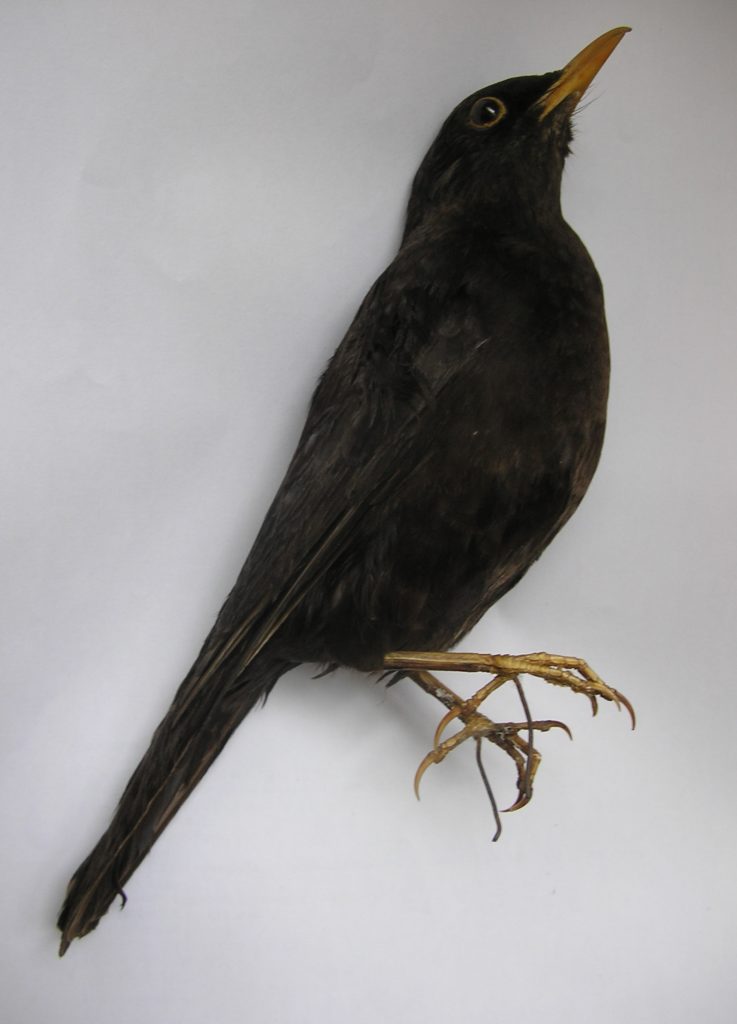

Blackbird
Reference: Ex KCC
Can be found: Third Case in Colour and Camouflage Collection
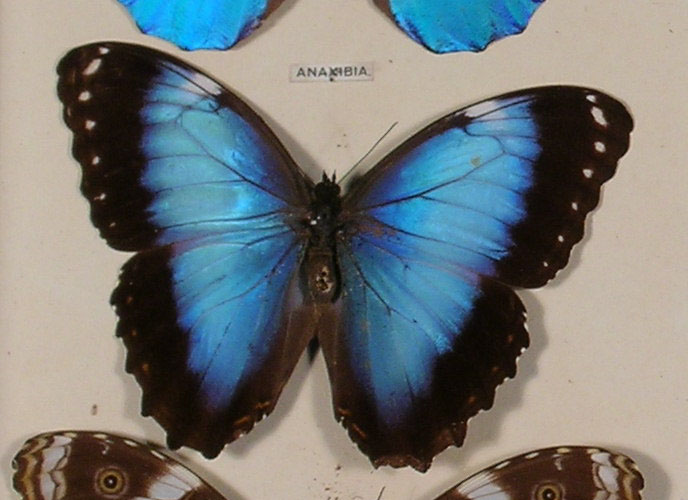

Blue butterflies
Reference: CANCM:nn
Can be found: Second Case - Top Shelf in Colour and Camouflage Collection


Blue Fluorite
Glows purple under ultraviolet light.
Reference: 2006.62
Can be found: Second Case - Top Shelf in Colour and Camouflage Collection
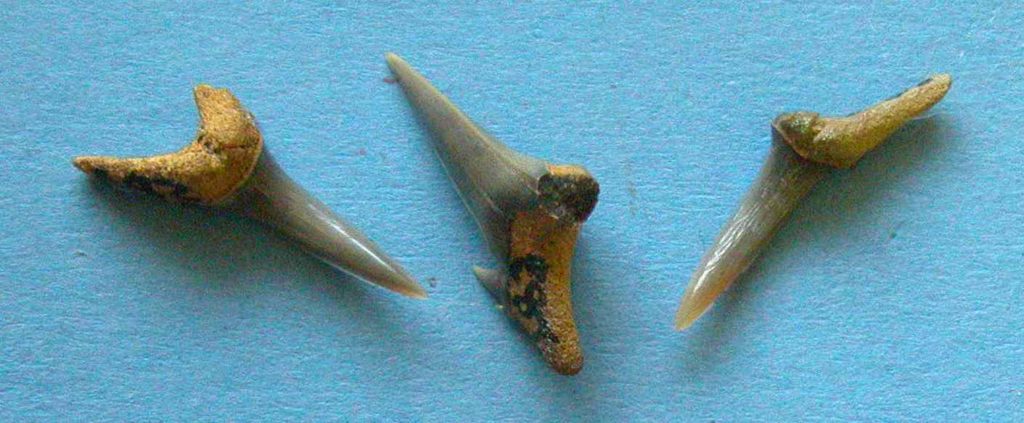

Blue Fossil Sharks Teeth from Beltinge, Herne Bay
Fossil shark’s teeth come in a variety of colours due to the different mineral compositions of the rocks they are found in. Look for the black and white and teeth in the rest of the display.
Reference: 2002.168
Can be found: Second Case - Second Shelf in Colour and Camouflage Collection
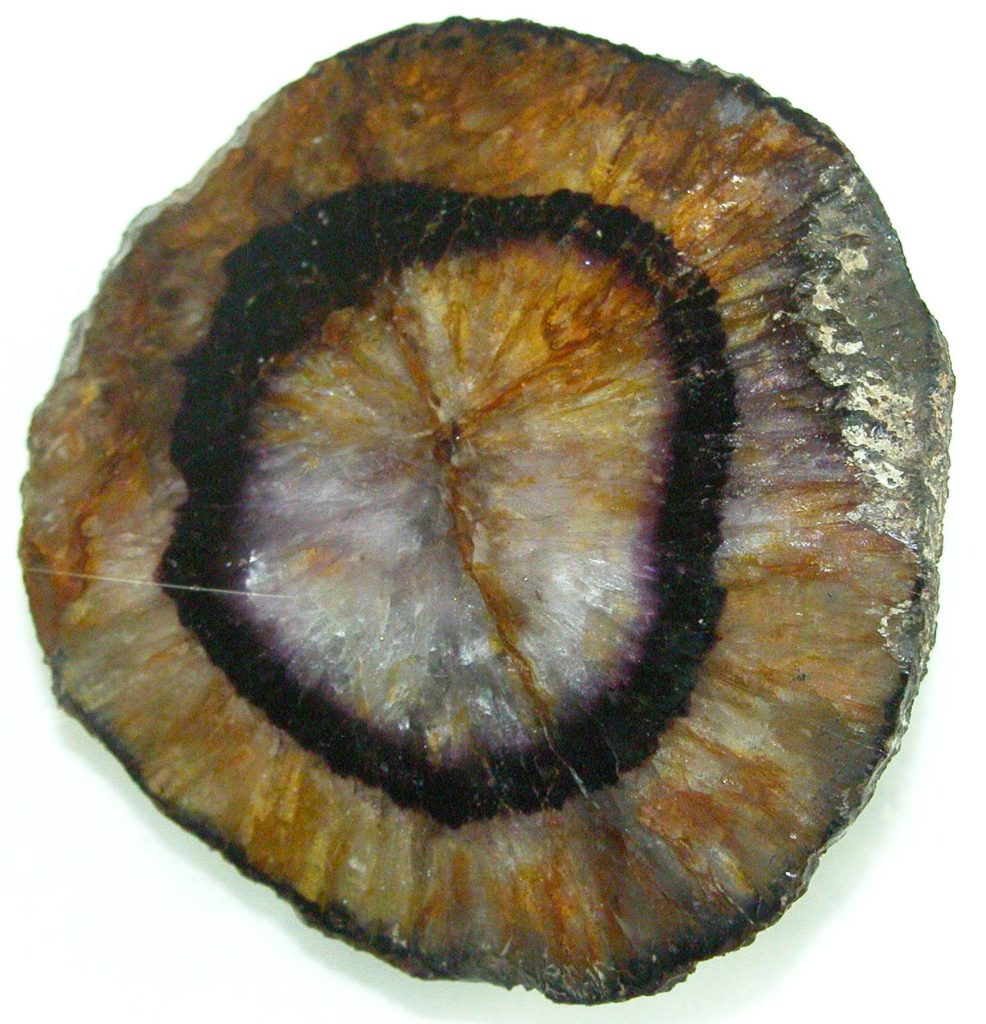

Blue John
Takes its name from the French for this rock, Bleu jaune (blue yellow).
Reference: D3.A.45
Can be found: Second Case - Second Shelf in Colour and Camouflage Collection
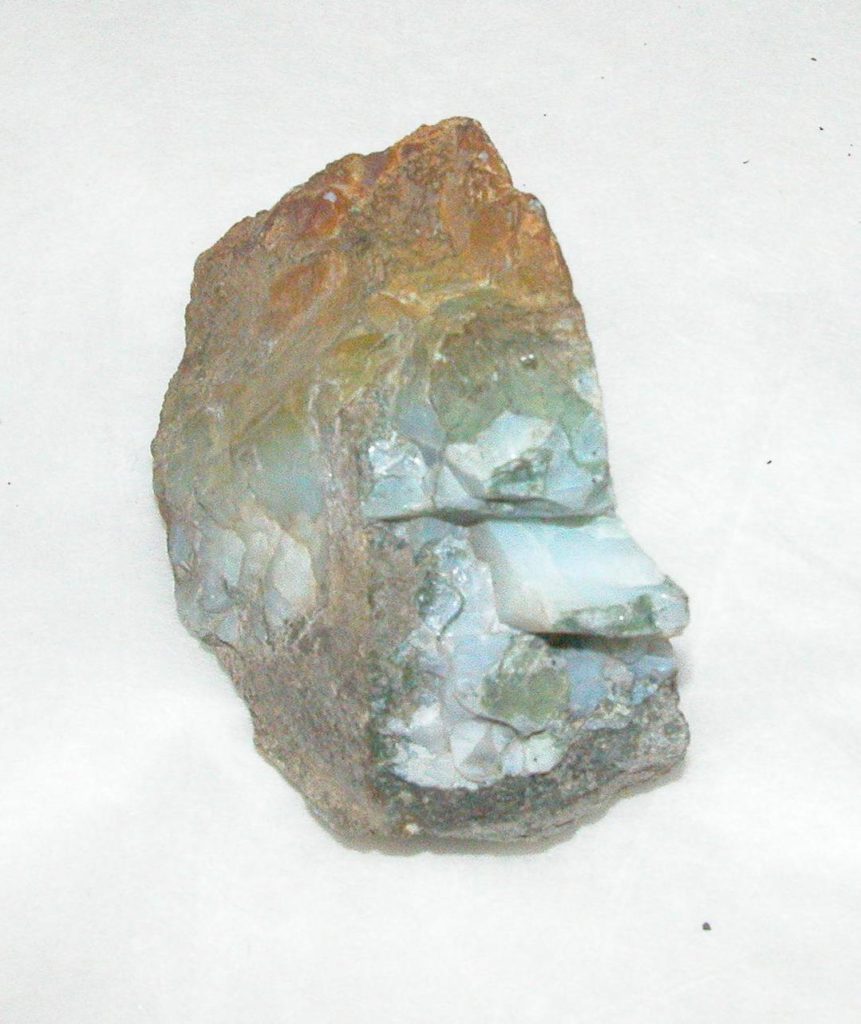

Blue opal
Reference: CANCM:nn
Can be found: Second Case - Top Shelf in Colour and Camouflage Collection
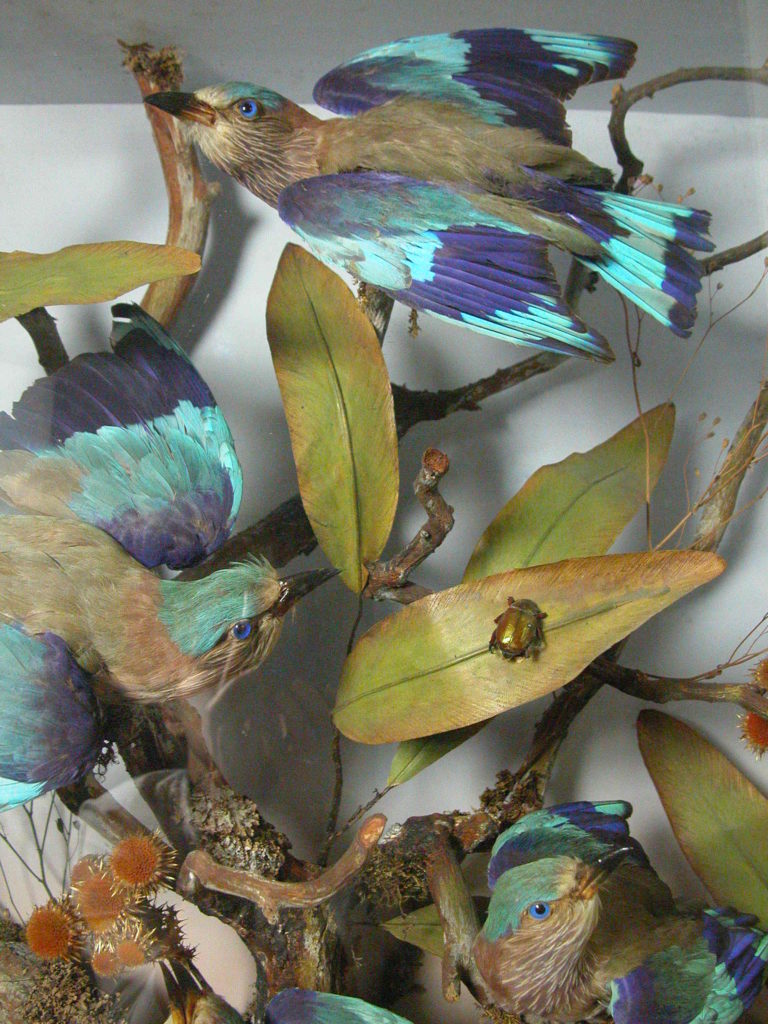

Blue rollers
Reference: 1984.9
Can be found: Second Case - Second Shelf in Colour and Camouflage Collection
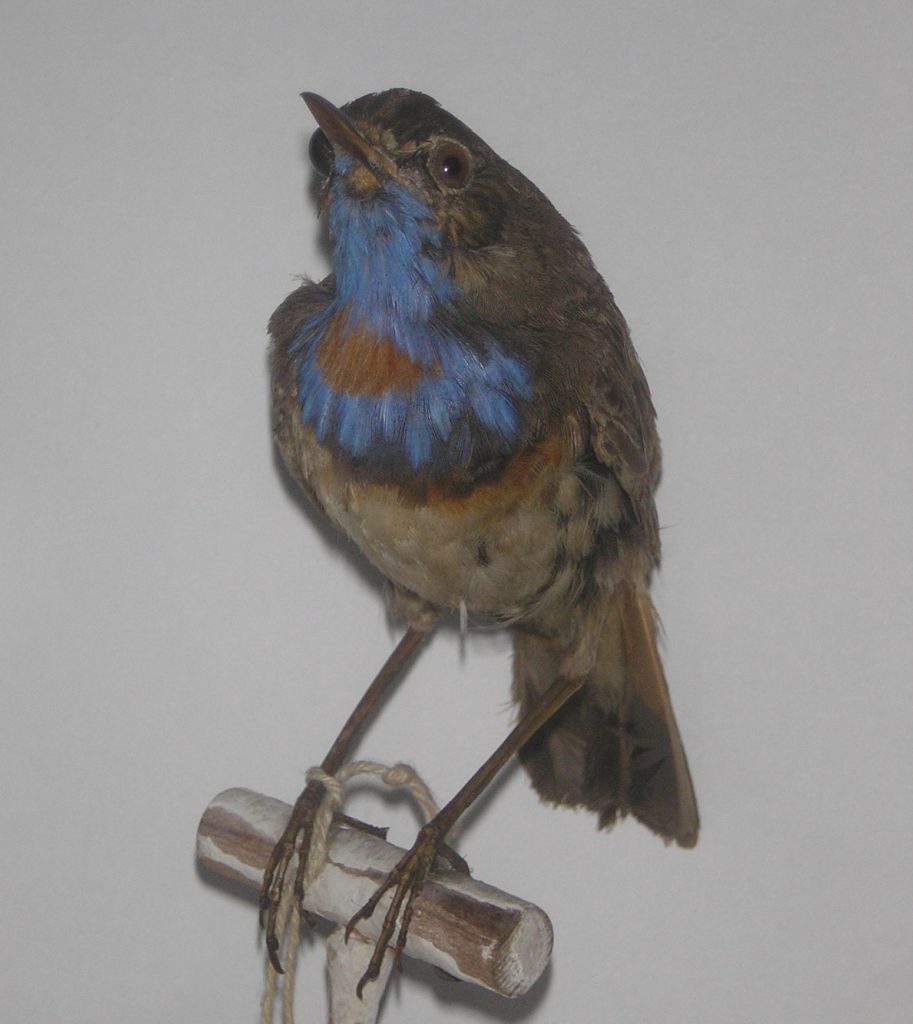

Bluethroat
Reference: 26 H
Can be found: Second Case - Top Shelf in Colour and Camouflage Collection
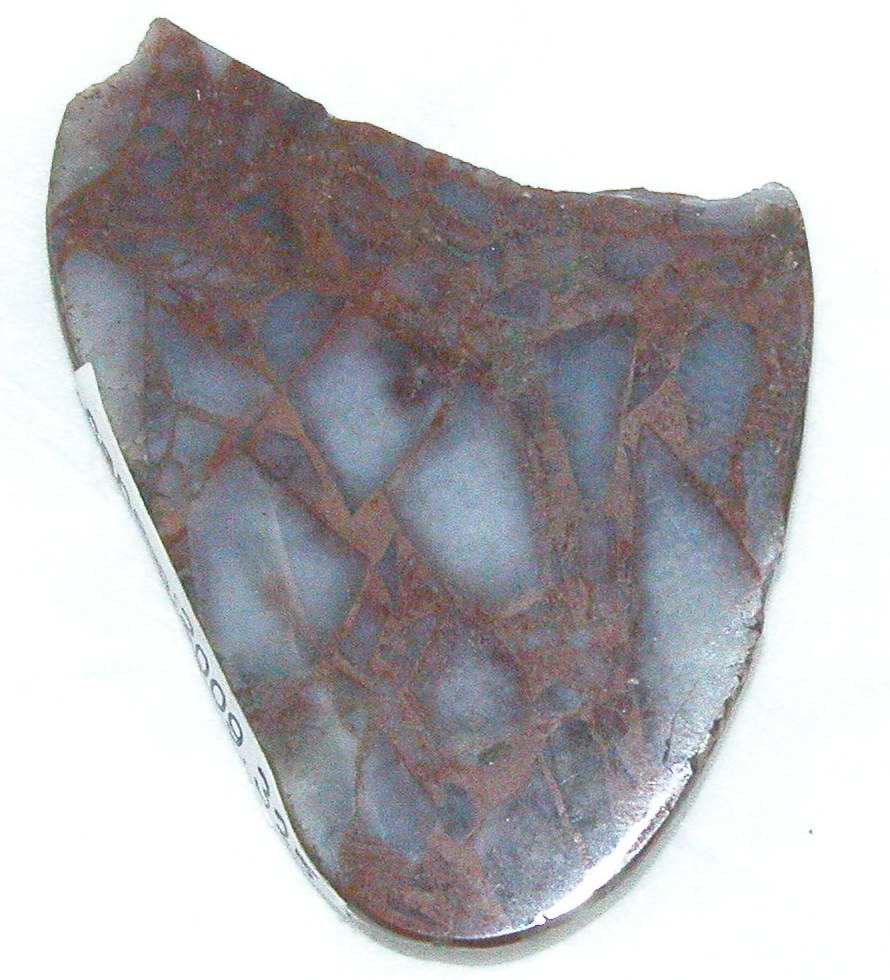

Breccia
Cut and polished breccia with translucent blue clasts.
Reference: 2009.325
Can be found: Second Case - Second Shelf in Colour and Camouflage Collection
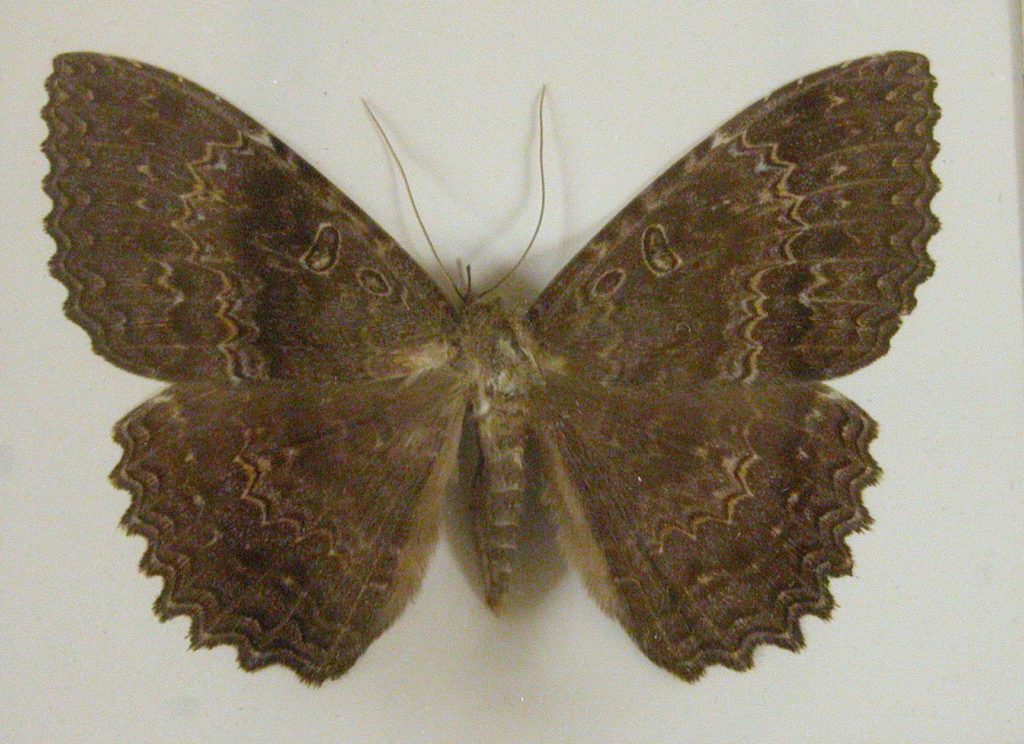

Butterfly with wood mimicry
Butterflies often use mimicry-a kind of camouflage to hide from predators.
Reference: 2000.19.33
Can be found: Left display case - Third Shelf in Colour and Camouflage Collection
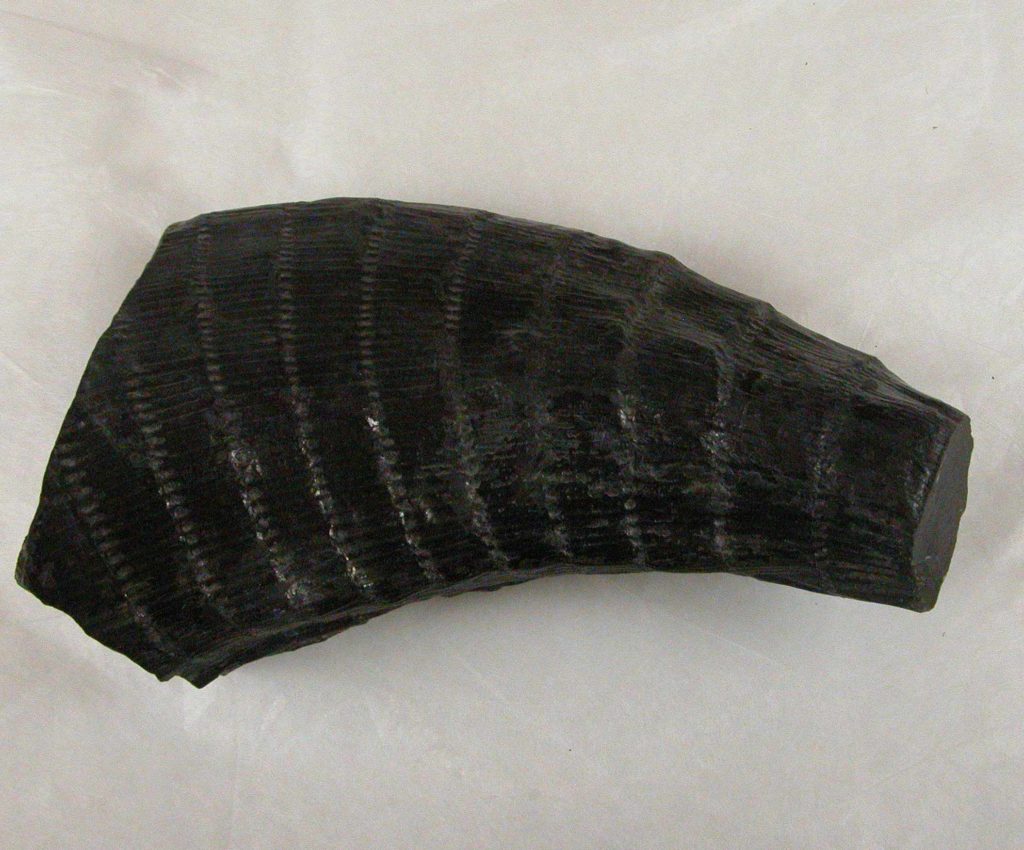

Calamites suckowi
A horsetail much like those found alive today but much bigger.
Reference: 2000.452
Can be found: Right Display Case - Shelf 1 in Colour and Camouflage Collection
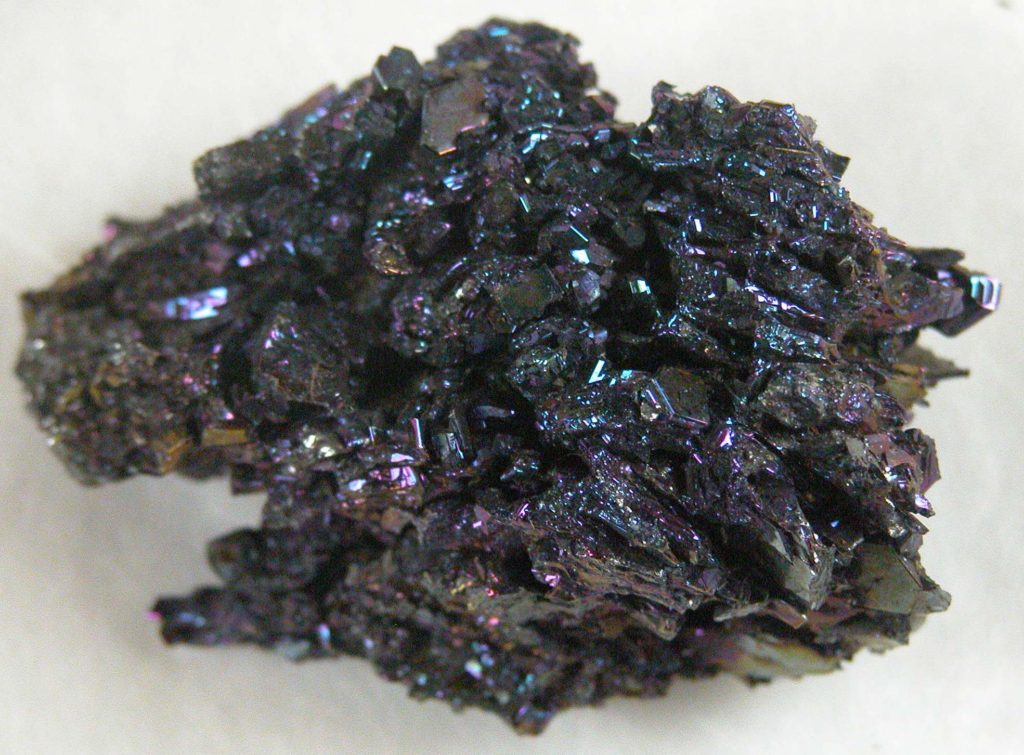

Carborundum
An artificially produced mineral with a brilliant shiny blue sheen.
Reference: D23
Can be found: Second Case - Top Shelf in Colour and Camouflage Collection
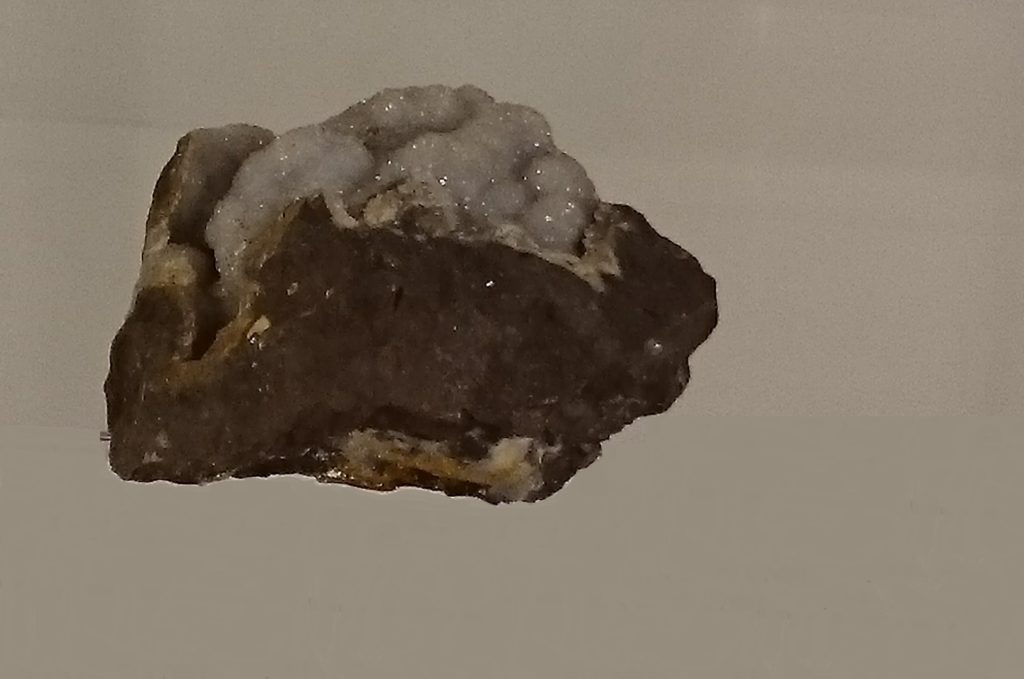

Chalcedony
Chalcedony is another mineral robustly used in making bracelets, necklaces, earrings and costume jewellery. Its common varieties, such as agate, carnelian, chrysoprase or moss agate, are part of this display and demonstrate the richness of colour and texture of the mineral.
Reference: CANCM:nn
Can be found: Second Case - Top Shelf in Colour and Camouflage Collection


Chalcopyrite
Chalcopyrite is the principal ore of copper. Like Pyrite it has often been mistaken for gold. It is a brassy yellow-coloured metal and occurs in similar contexts to gold.
Reference: QR 41
Can be found: Left display case - Third Shelf in Colour and Camouflage Collection
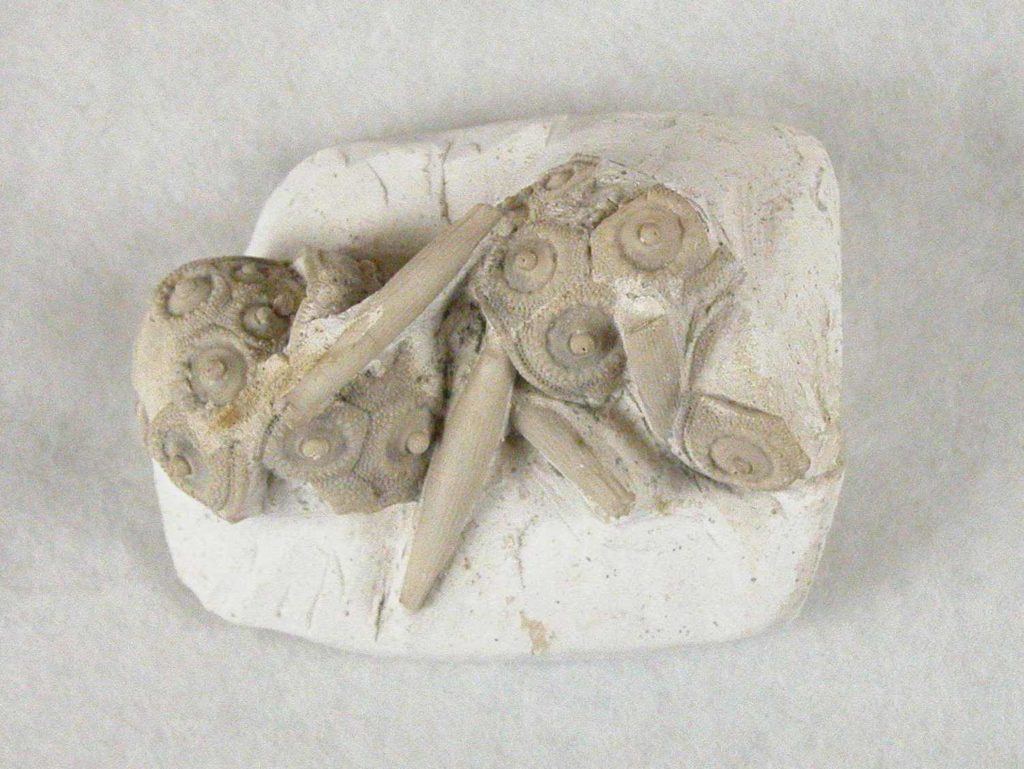

Chalk Sea Urchin Fossil
Reference: 1986.4.101
Can be found: Wooden Display Case (L-R) in Colour and Camouflage Collection
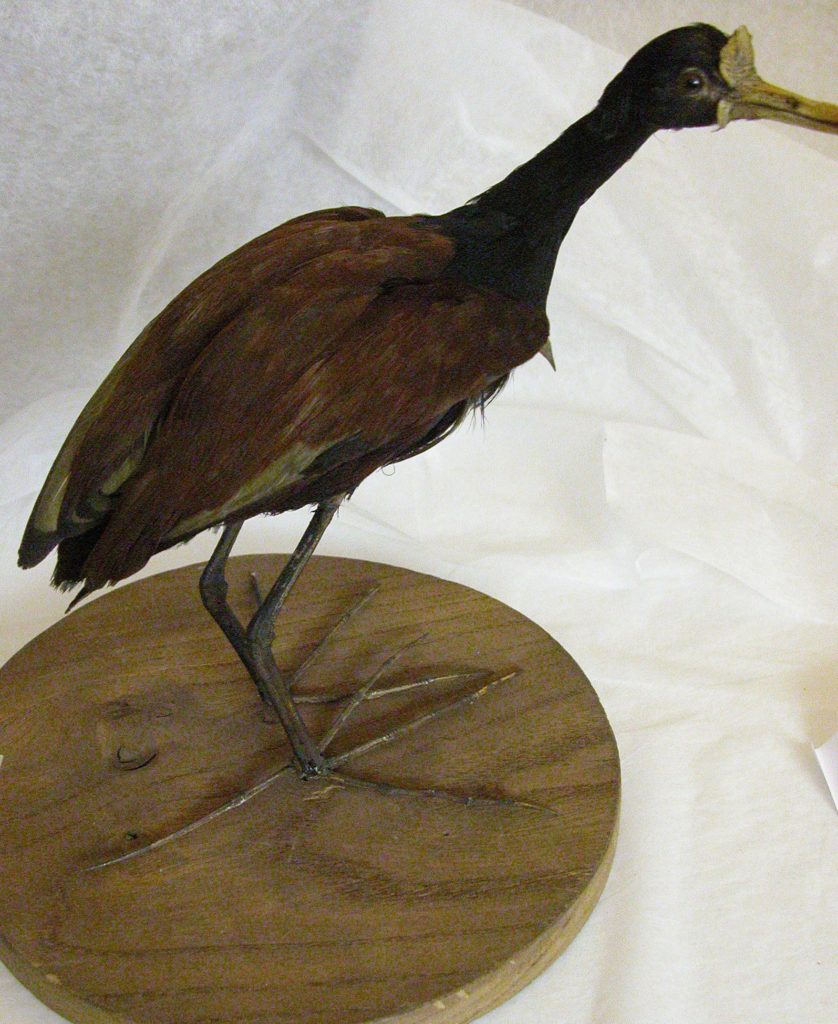

Chestnut jacana
Reference: E21
Can be found: Left display case - Second Shelf in Colour and Camouflage Collection
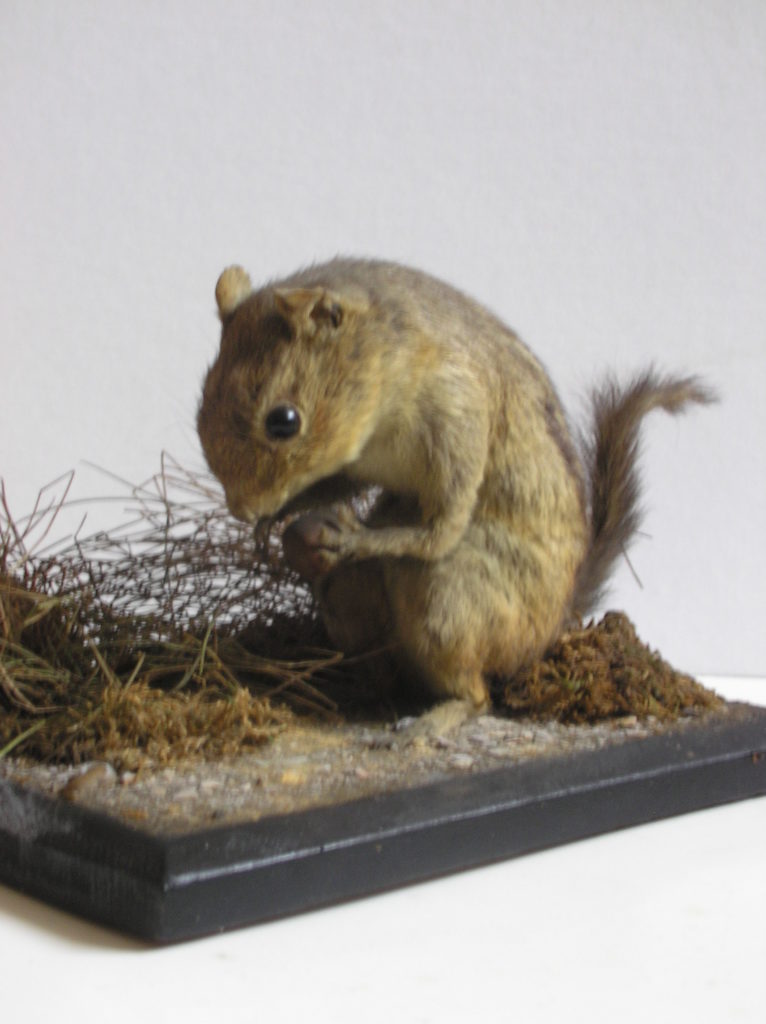

Chipmunk
Reference: 1999.229
Can be found: Left display case - Fourth Shelf in Colour and Camouflage Collection
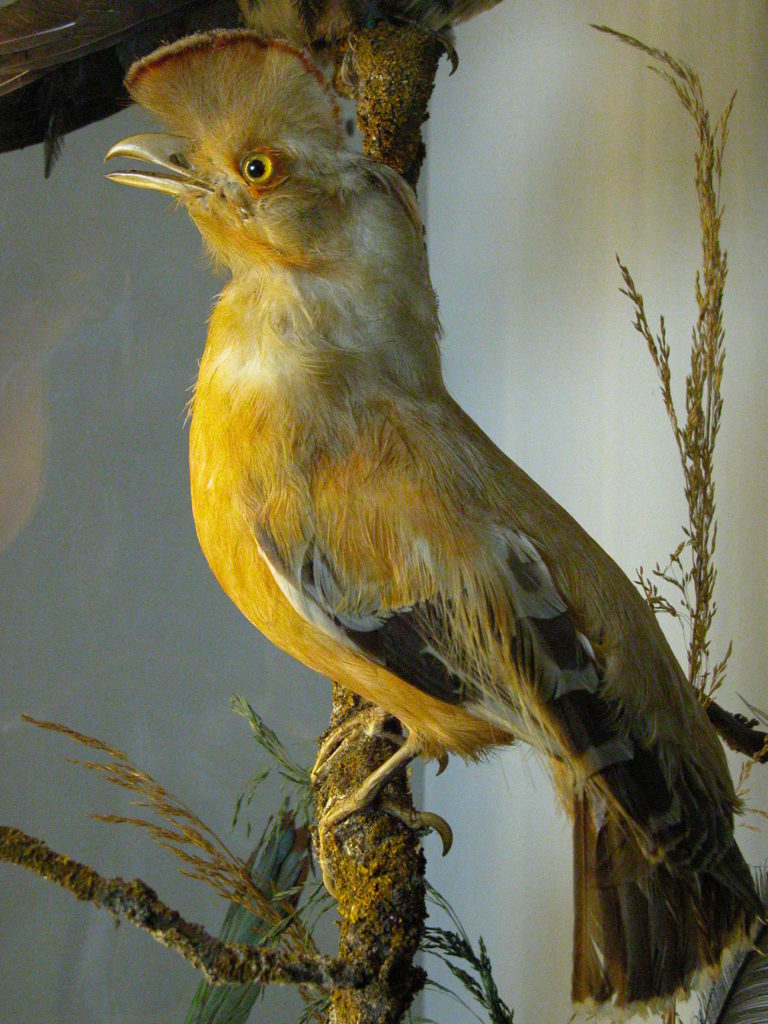

Cock of the rock
Reference: CANCM:nn
Can be found: Second Case - Second Shelf in Colour and Camouflage Collection
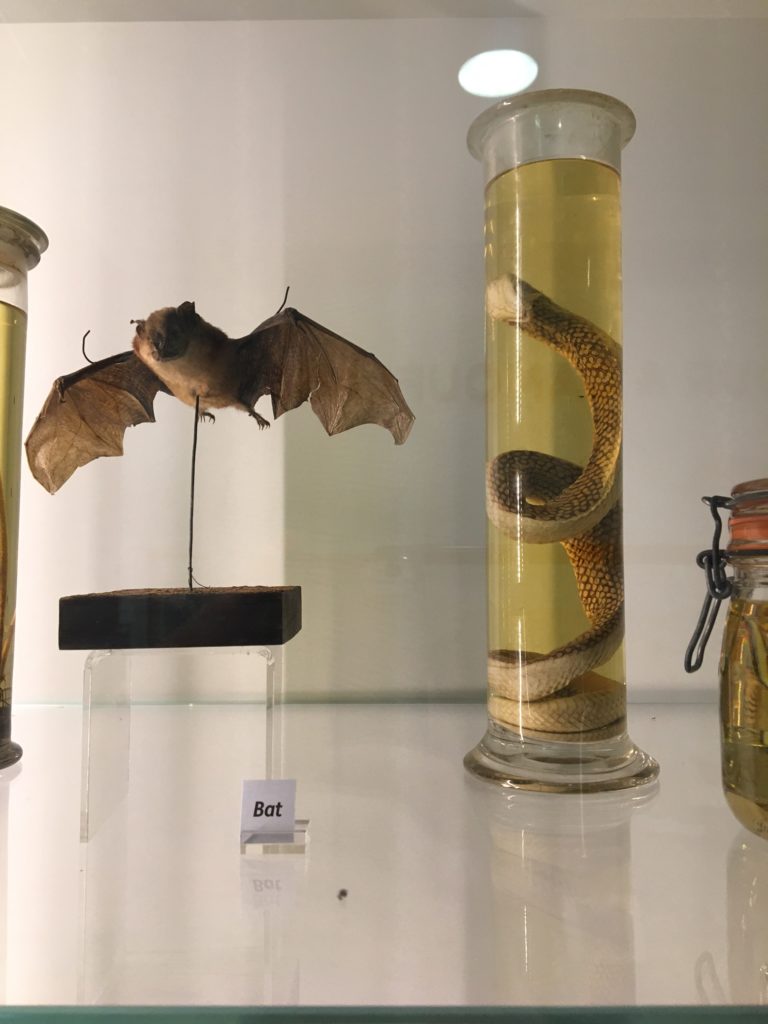


Colubrid snake
This is an adult colubrid snake preserved in alcohol. Colubrids are part of the largest family of snakes called Colubridae, and can be found on every continent except Antarctica. Their main characteristics include: few head scales, a smaller left lung, and no teeth at the tip of their mouth. Because of this they have a loose facial structure.
Reference: 2000.140.
Can be found: Left display case - Top Shelf in Colour and Camouflage Collection



Colubrid snake
(see previous entries of colubrid snake)
Reference: 2000.144
Can be found: Left display case - Third Shelf in Colour and Camouflage Collection
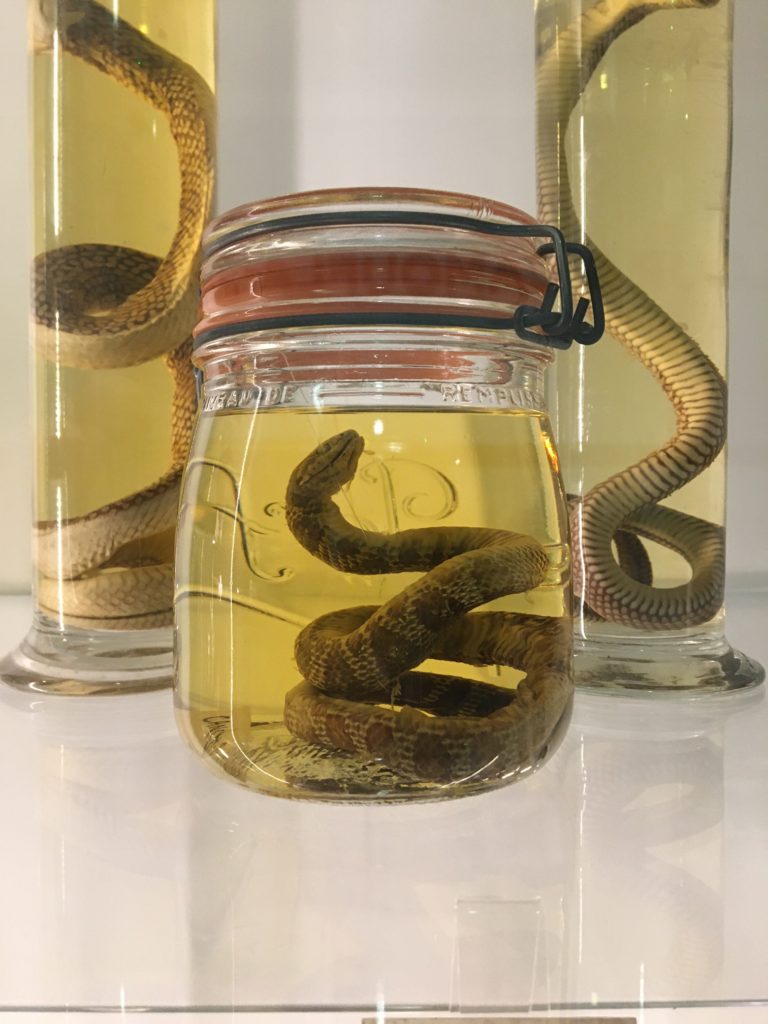

Colubrid snake – simotes arnesis or oligodon arnesis
Also known as the Banded kukri snake, this type of colubrid snake is nonvenomous and found in Sri Lanka, India, Bangladesh, Pakistan, Bhutan and Nepal.
Reference: 2000.130.
Can be found: Left display case - Top Shelf in Colour and Camouflage Collection
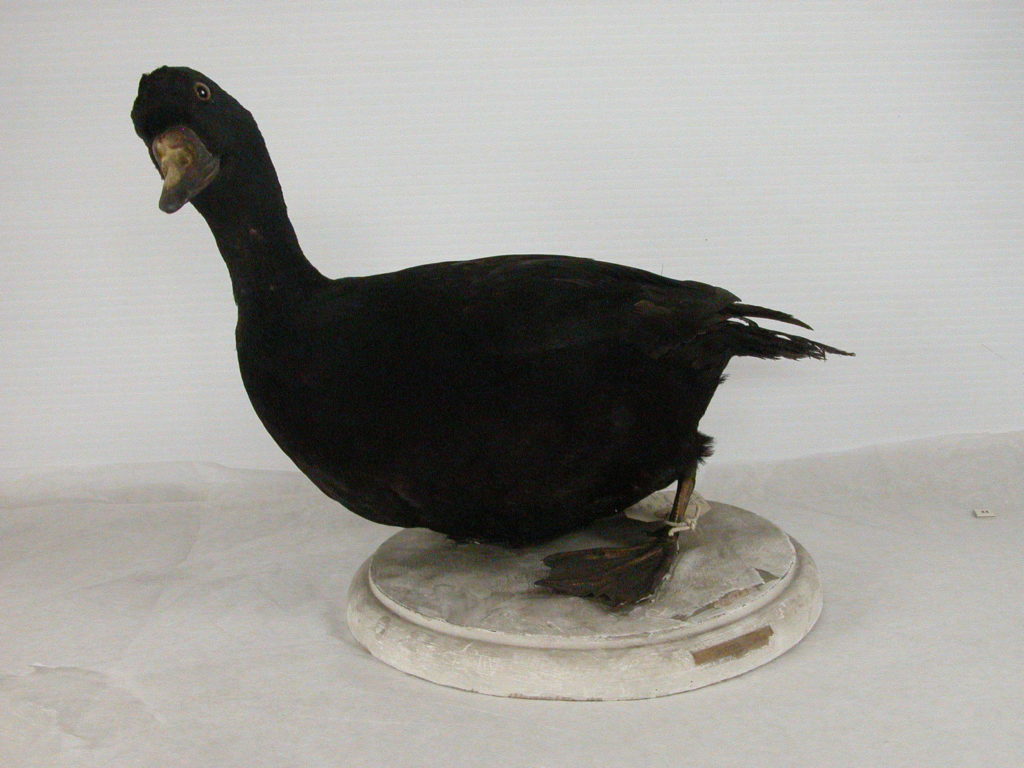

Common Scoter
From Rye in East Sussex
Reference: 295H
Can be found: Third Case in Colour and Camouflage Collection
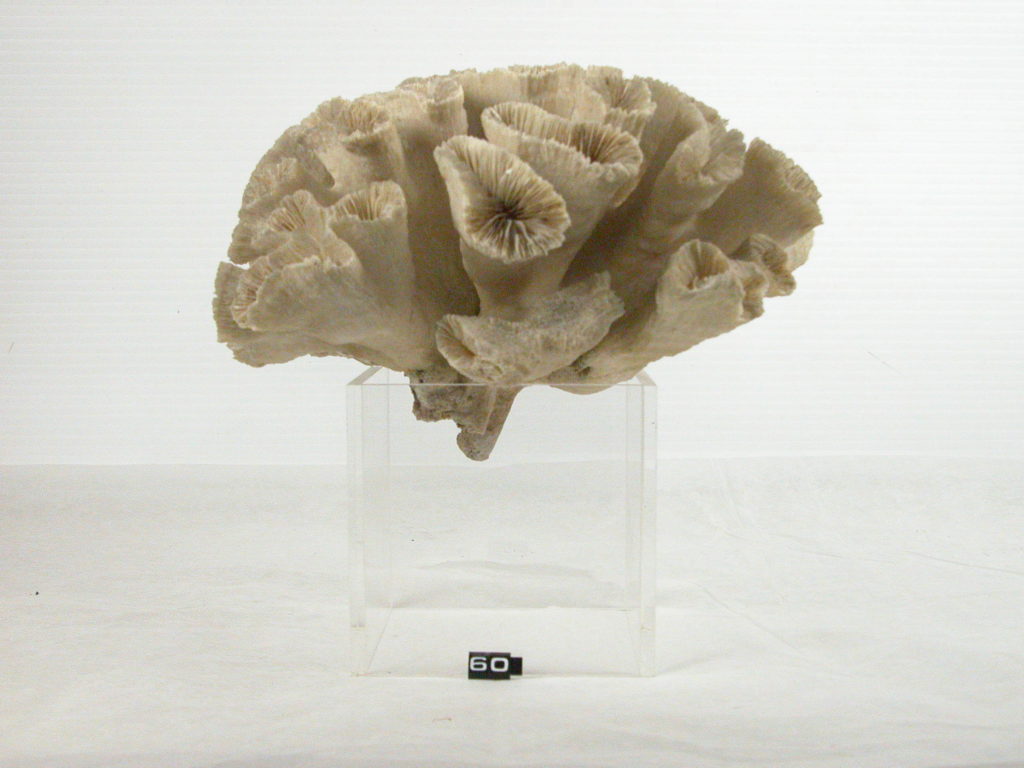

Coral
Reference: 10152
Can be found: Wooden Display Case (L-R) in Colour and Camouflage Collection



Crysophase
Reference: N.33
Can be found: Cabinet of CuriositiesSecond Case - Top Shelf in Colour and Camouflage Collection
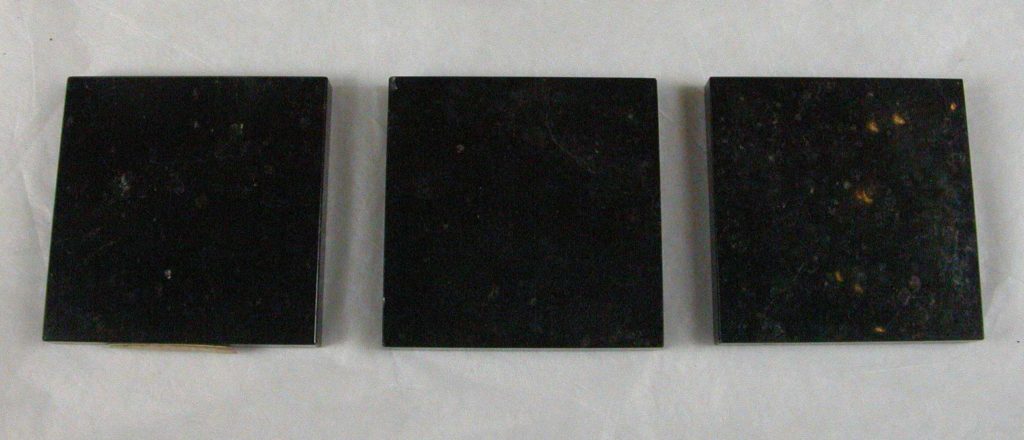

Cut and polished stone squares
Reference: 2009.532
Can be found: Right Display Case - Shelf 4 in Colour and Camouflage Collection
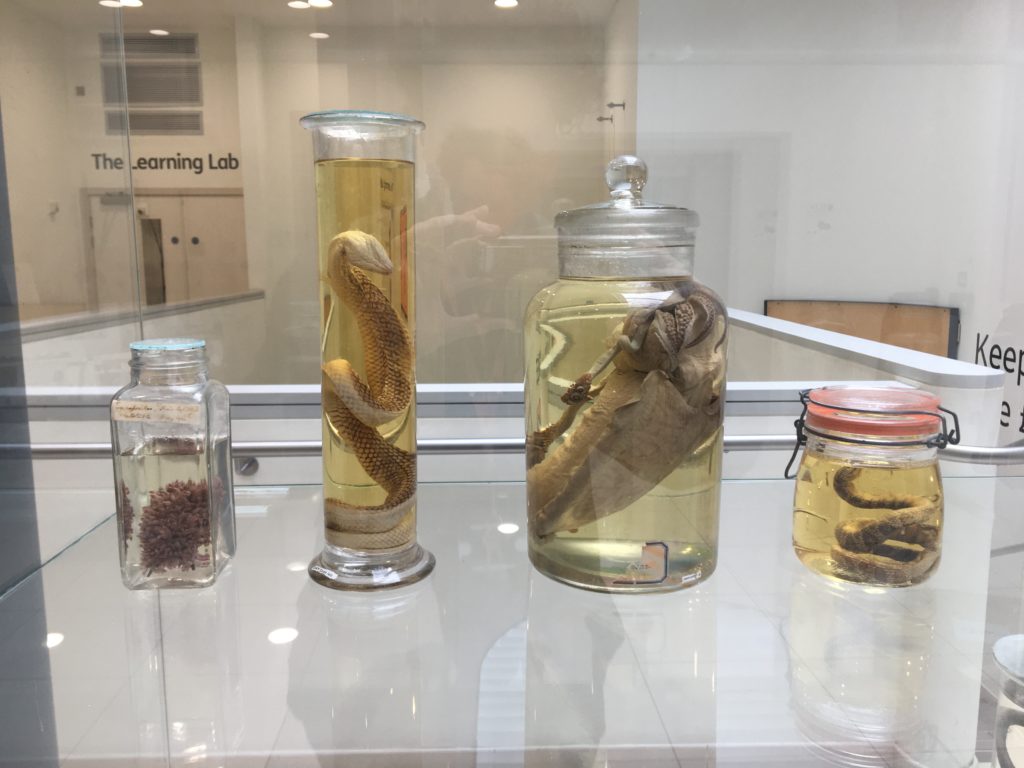

Cuttlefish
Cuttlefish are molluscs. They are similar to squids, octopuses, and nautiluses. Cuttlefish have a unique internal shell, the cuttlebone, which they use to control their buoyancy. They have W-shaped pupils, eight arms, and two tentacles. Of all invertebrates, they also have the largest brain in relation to their body size.
Reference: 2000.178
Can be found: Left display case - Fourth Shelf in Colour and Camouflage Collection
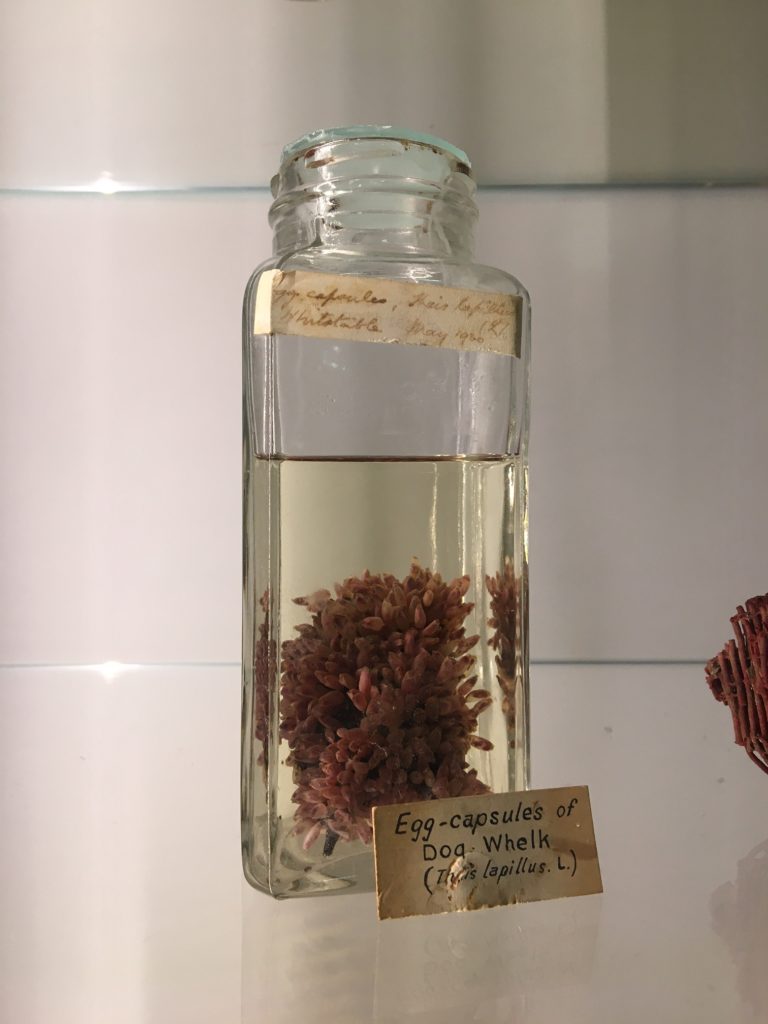

Egg capsules of Dog Whelk
Dog whelks are sea snails found commonly on the shores of the UK. They lay their eggs in small yellowish capsules which can be spotted under rocks and rocky overhangs in tidal waters. Each capsule contains up to a thousand eggs.
Reference: NN (but possibly KENTM:H279.4)
Can be found: Left display case - Second Shelf in Colour and Camouflage Collection


Eider Duck
Reference: 294H
Can be found: Wooden Display Case (L-R) in Colour and Camouflage Collection


Eocene shells
Reference: CANCM:nn
Can be found: Wooden Display Case (L-R) in Colour and Camouflage Collection
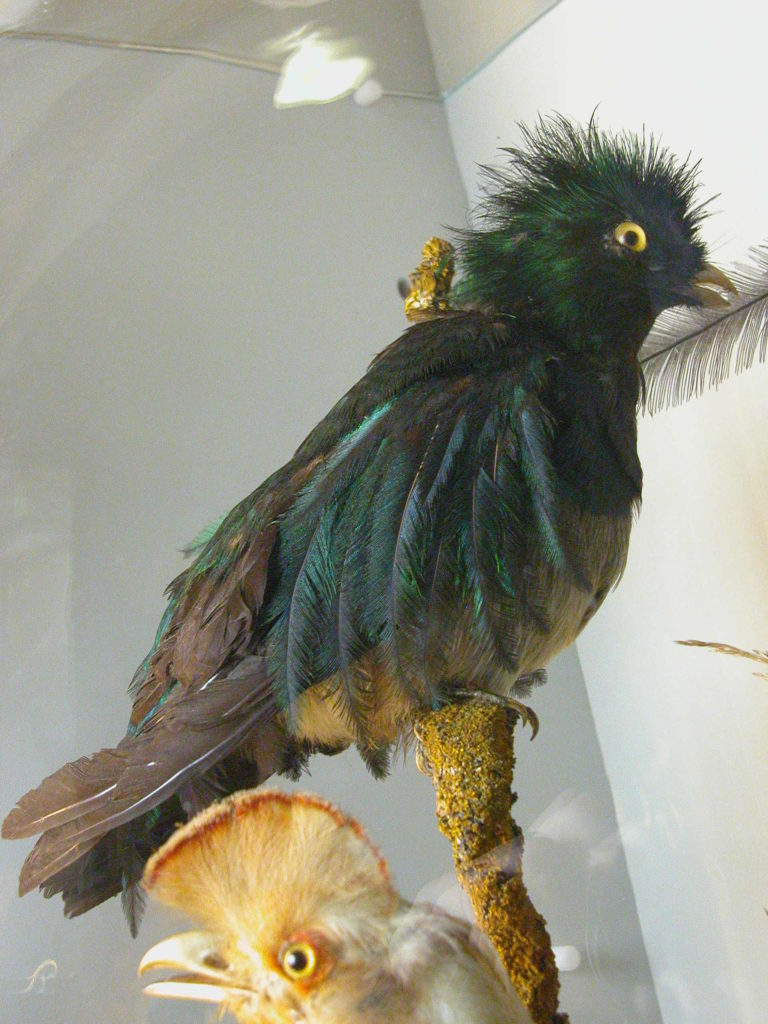

Female Quetzal
Vivid green and an orangey-yellow. The Male quetzal can be seen displaying to the female above.
Reference: 1999.181
Can be found: Second Case - Second Shelf in Colour and Camouflage Collection
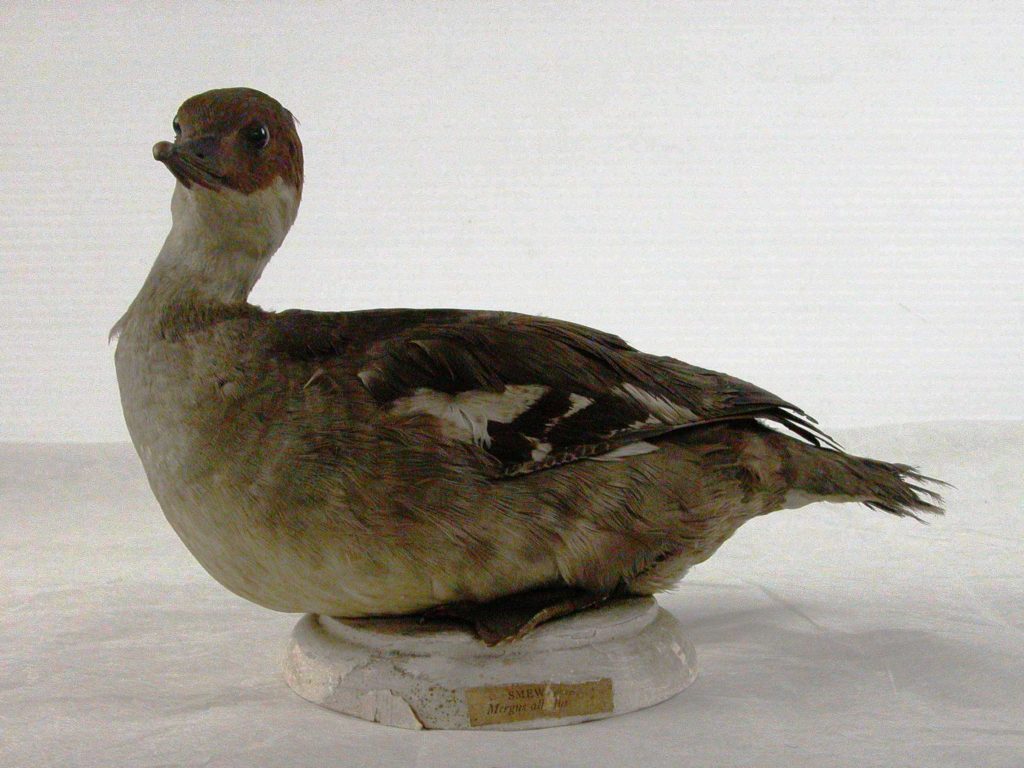

Female Smew
Reference: 305H
Can be found: Wooden Display Case (L-R) in Colour and Camouflage Collection


Ferruginous Duck
Purchased by Mr W.O. Hammond in 1835
Reference: 283H
Can be found: Left display case - Second Shelf in Colour and Camouflage Collection
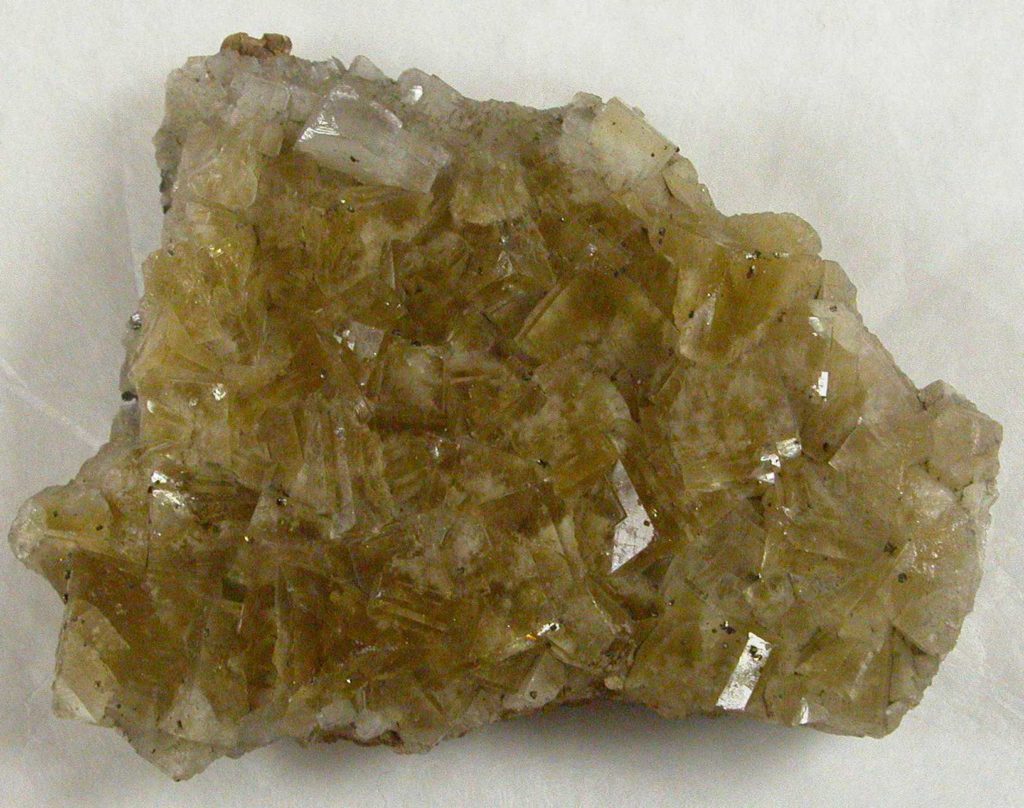


Fluorite
Fluorite occurs in a range of different colours. This example is pale yellow.
Reference: CANCM:nn
Can be found: Left display case - Third Shelf in Colour and Camouflage Collection



Fluorite
Fluorite occurs in a range of different colours. This example is pale yellow
Reference: CANCM:nn
Can be found: Left display case - Third Shelf in Colour and Camouflage Collection



Fluorite
Glows purple under ultraviolet light.
Reference: 2006.62
Can be found: Second Case - Second Shelf in Colour and Camouflage Collection



Fluorite
Glows purple under ultraviolet light.
Reference: 2006.62
Can be found: Third Case in Colour and Camouflage Collection
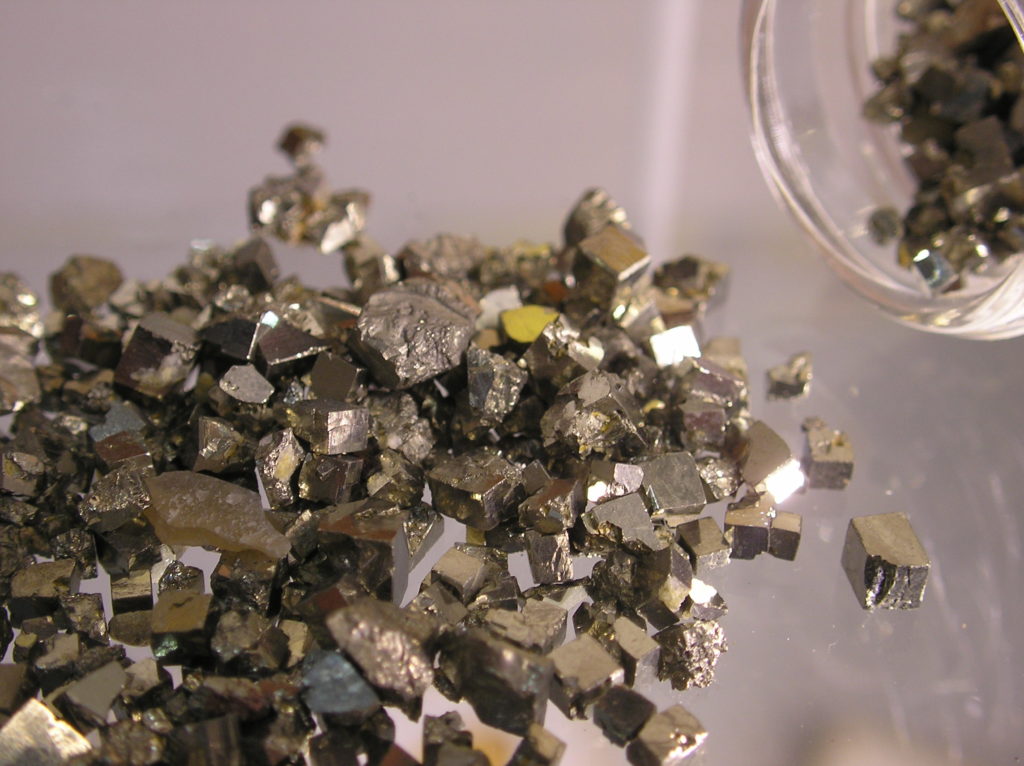

Fools’ gold
The iron sulphide Pyrite has often been mistaken for gold. It is a brassy yellow-coloured metal and occurs in similar contexts to gold. Because of its cubic molecular structure it forms near perfect cubes as a crystal.
Reference: CANCM:nn
Can be found: Left display case - Fourth Shelf in Colour and Camouflage Collection
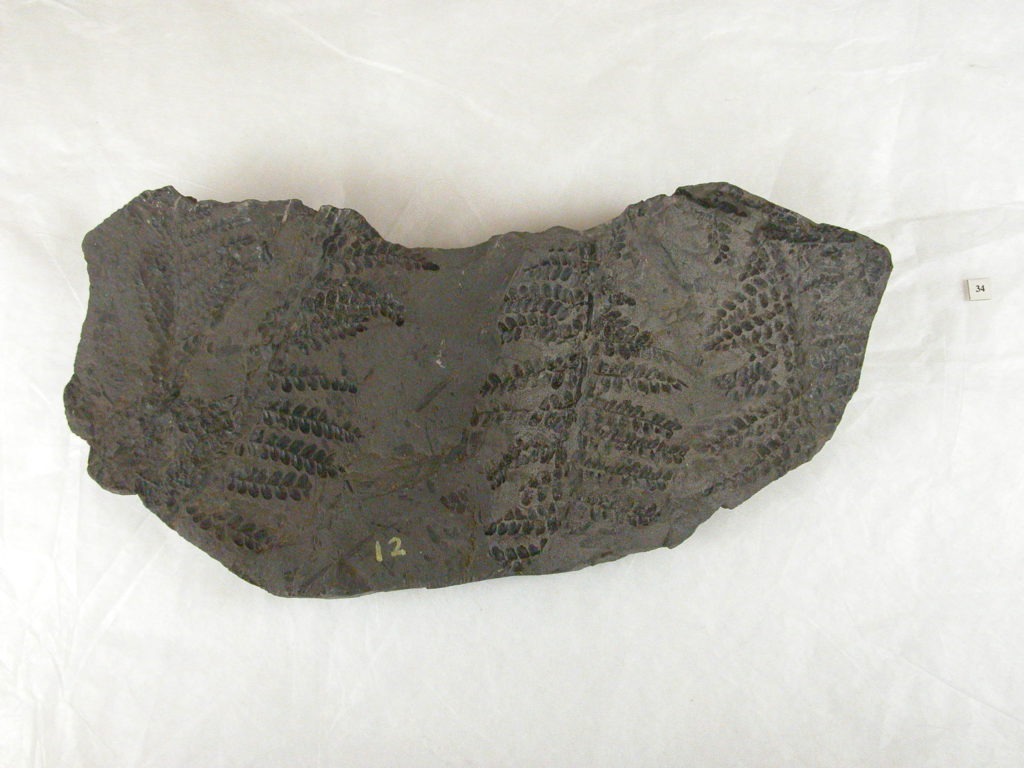

Fossil fern leaves from the old Chislet colliery near Canterbury
Reference: CANCM:nn
Can be found: Right Display Case - Shelf 1 in Colour and Camouflage Collection


Fossil Fish
Palaeoniscus frieslebeni from the Permian age copper shales of Eisleben, Germany.
Reference: A180
Can be found: Right Display Case - Shelf 2 in Colour and Camouflage Collection
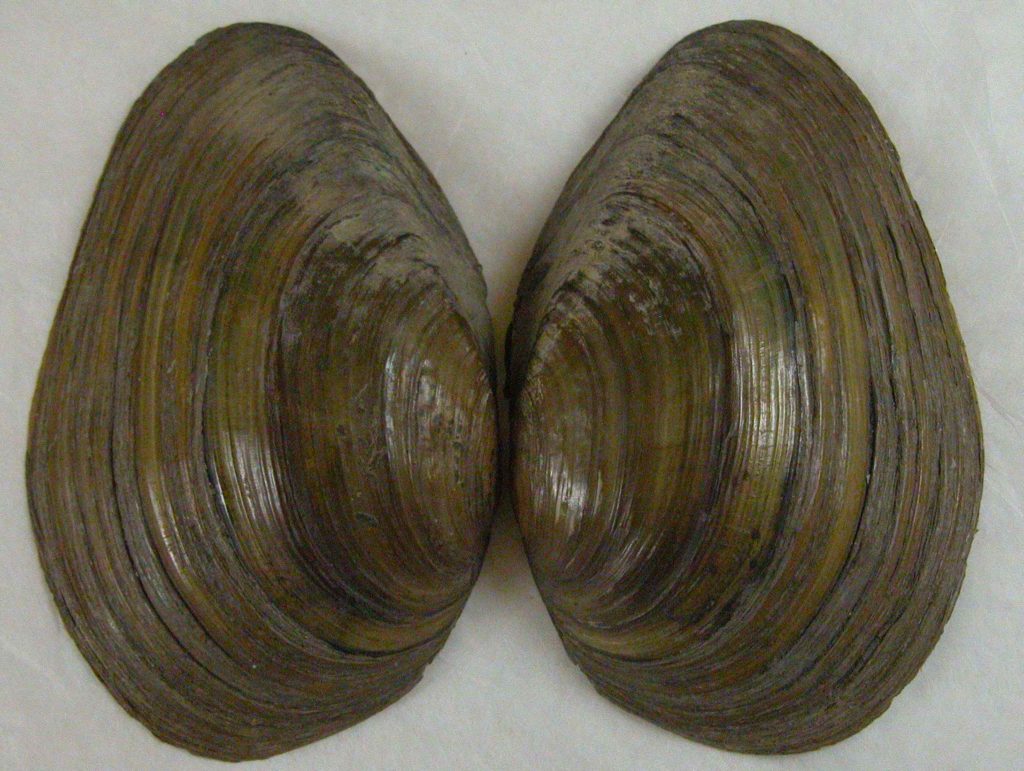

Freshwater mussels
These have been exploited for pearls in the past.
Reference: 1982 6
Can be found: Second Case - Top Shelf in Colour and Camouflage Collection
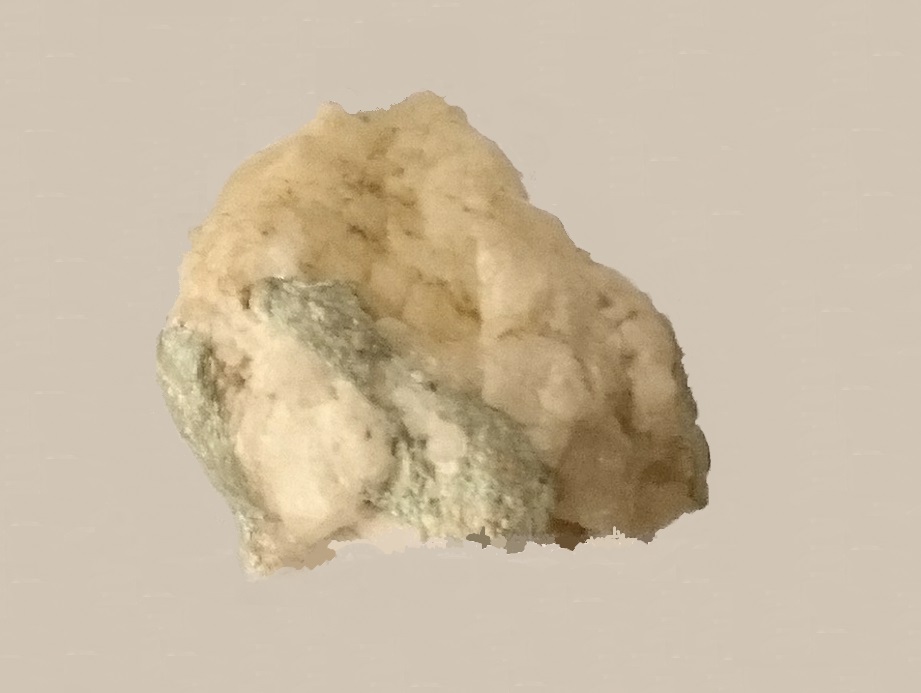

Fuschite
Reference: CANCM:2005.174
Can be found: Second Case - Second Shelf in Colour and Camouflage Collection
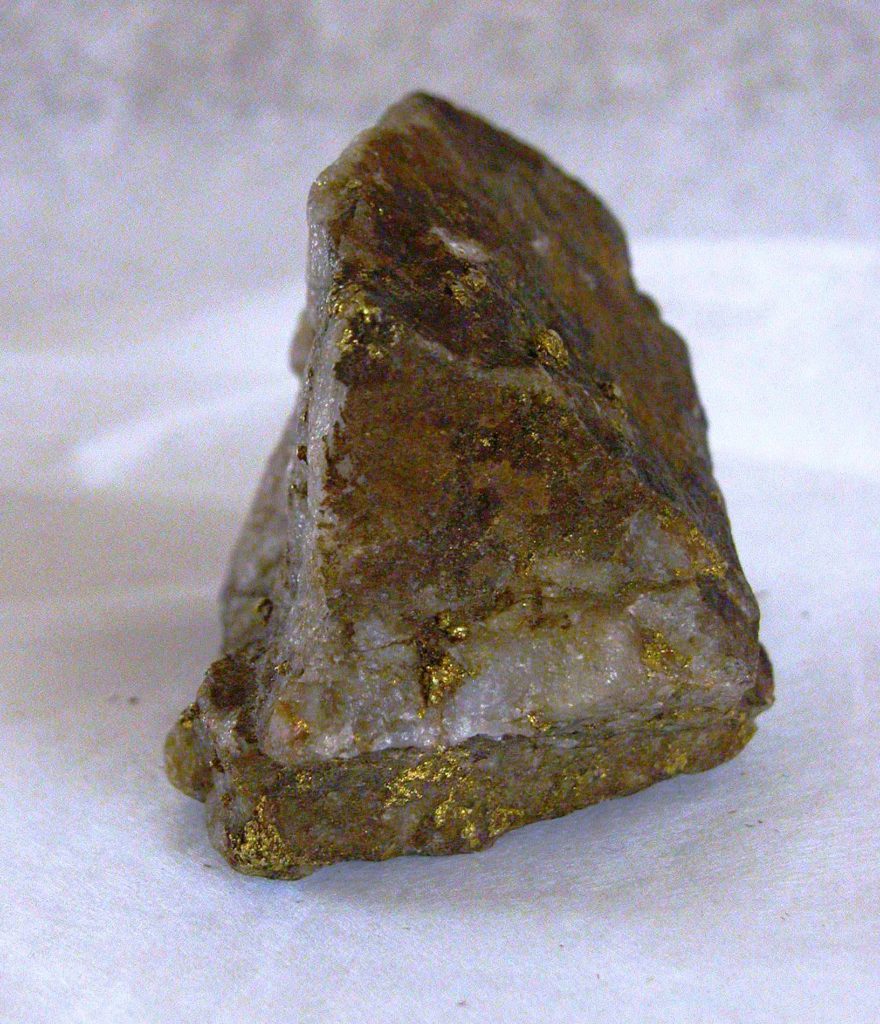

Gold from the Klondyke
Gold is one of the most sought-after metals, not only for its beauty but also for its usefulness in the production of many things, including computers. In fact there is a very small amount of gold in your mobile phone! Gold is chemically very inert, so does not corrode like other metals and remains in the same state for countless millennia. There are examples of gold jewellery nearby in the Explorers and Collectors room.
Reference: 1979.34.2
Can be found: Left display case - Third Shelf in Colour and Camouflage Collection
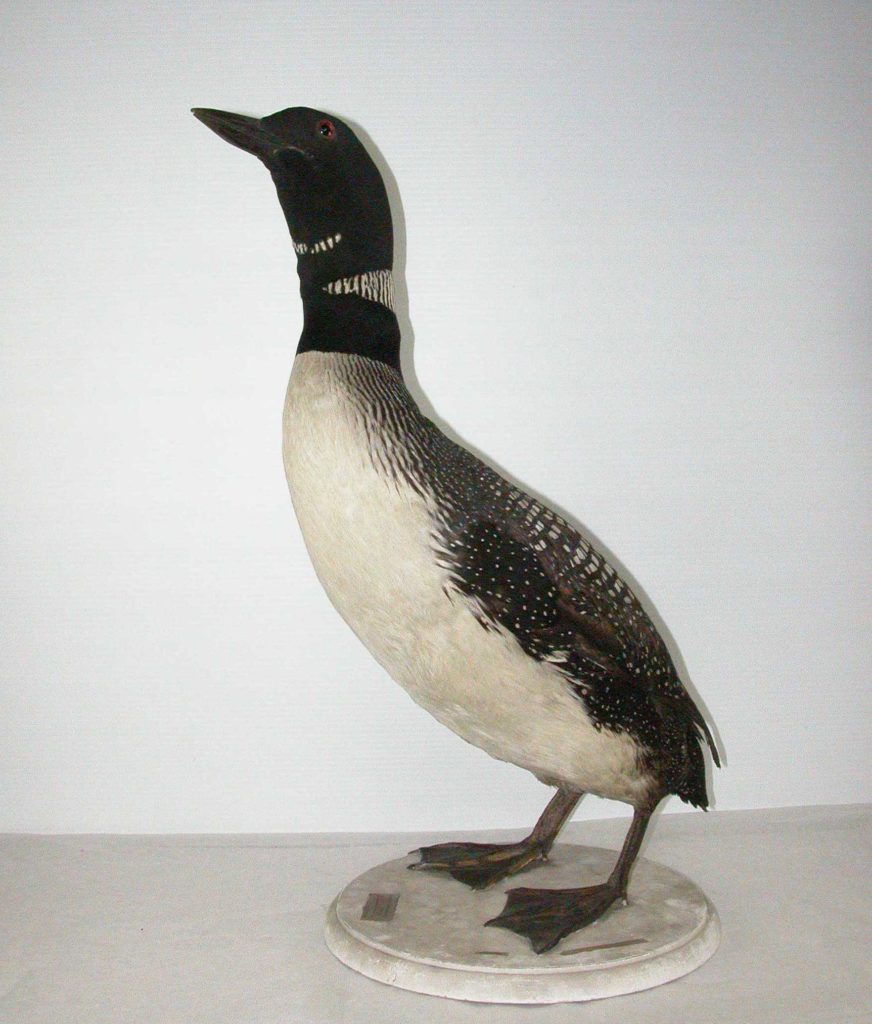

Great northern diver
This large bird is normally a winter visitor to our shores and breeds in Iceland.
Reference: 482H
Can be found: Third Case in Colour and Camouflage Collection
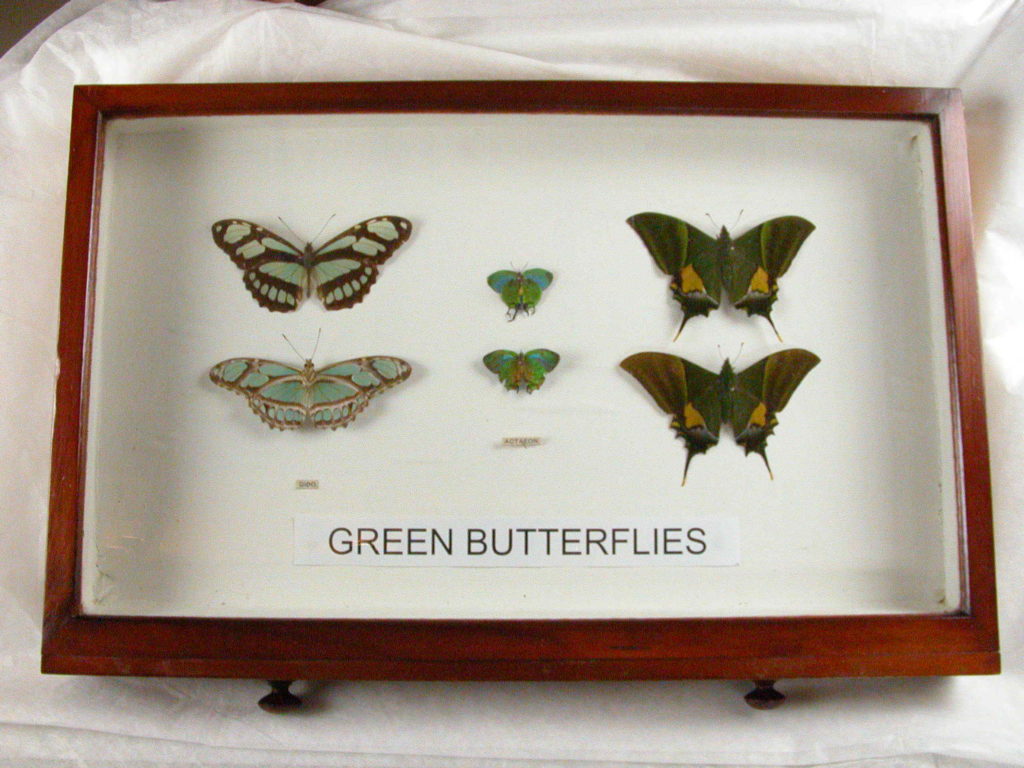

Green butterflies
Reference: CANCM:nn
Can be found: Second Case - Top Shelf in Colour and Camouflage Collection
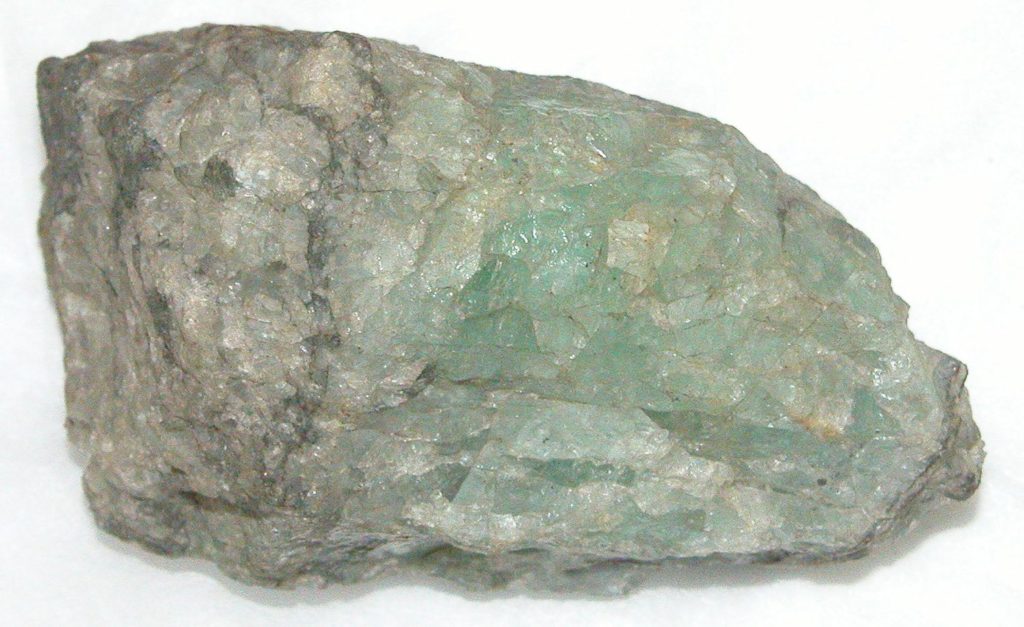

Green Fluorite
Reference: 2002.150
Can be found: Second Case - Top Shelf in Colour and Camouflage Collection
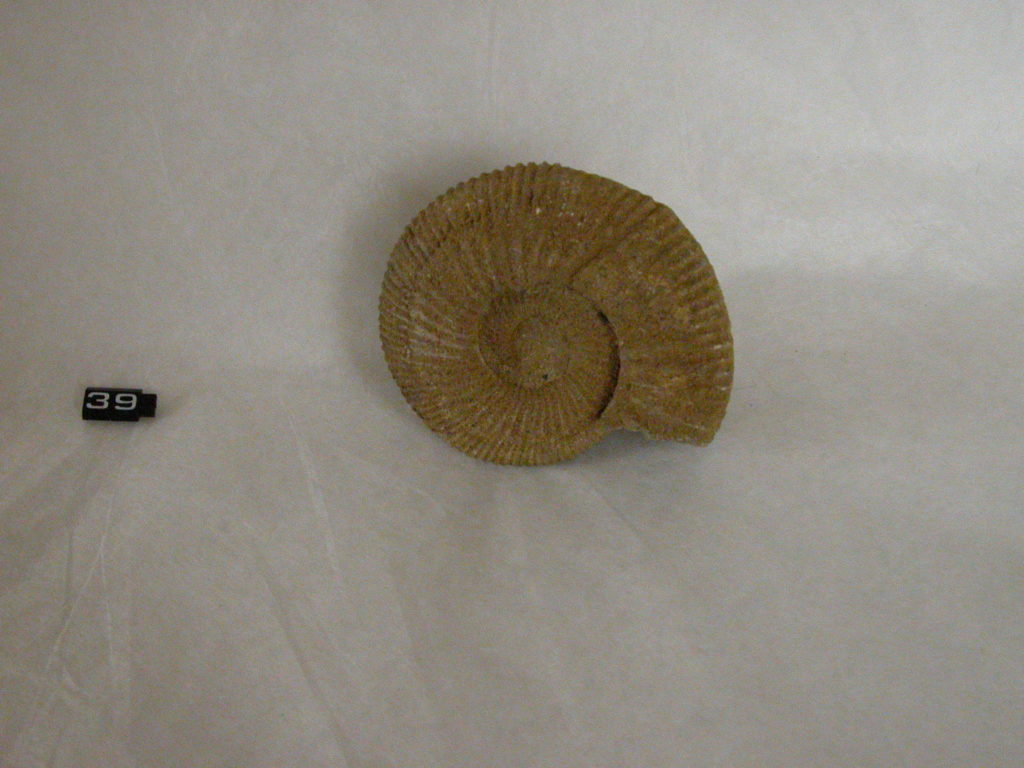

Greensand ammonite
This ammonite comes from the Lower Greensand, a Cretaceous age rock. The green in greensand comes from the mineral glauconite.
Reference: 2001.204
Can be found: Cabinet of CuriositiesSecond Case - Top Shelf in Colour and Camouflage Collection
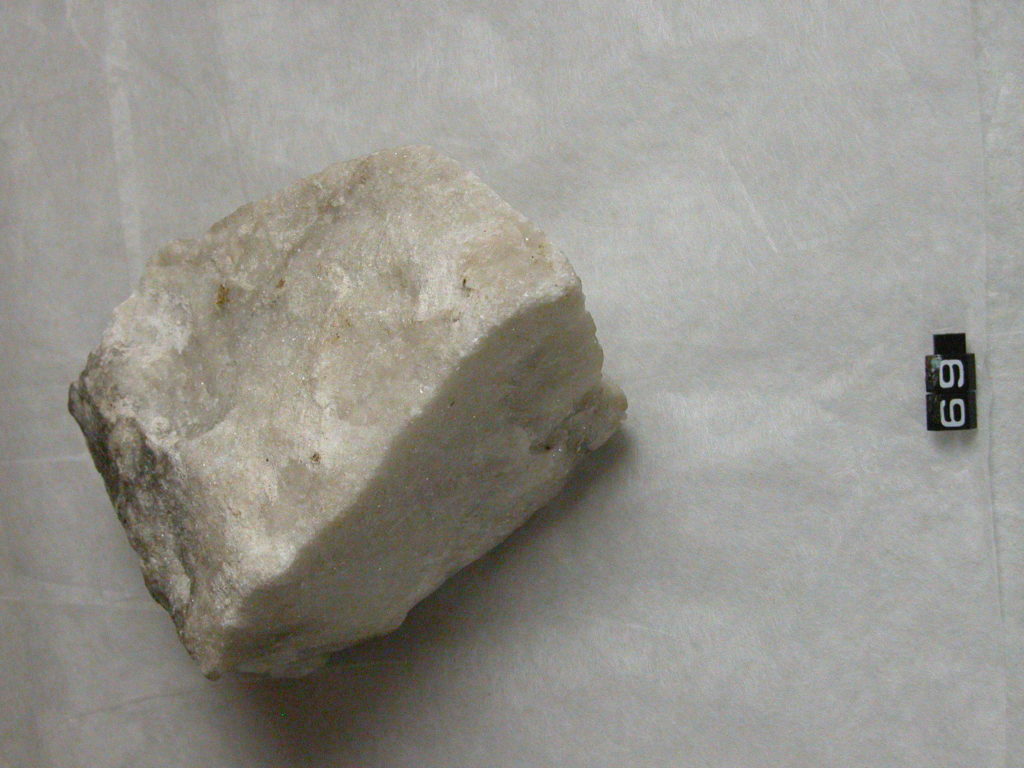

Gypsum
Reference: K1286
Can be found: Wooden Display Case (L-R) in Colour and Camouflage Collection
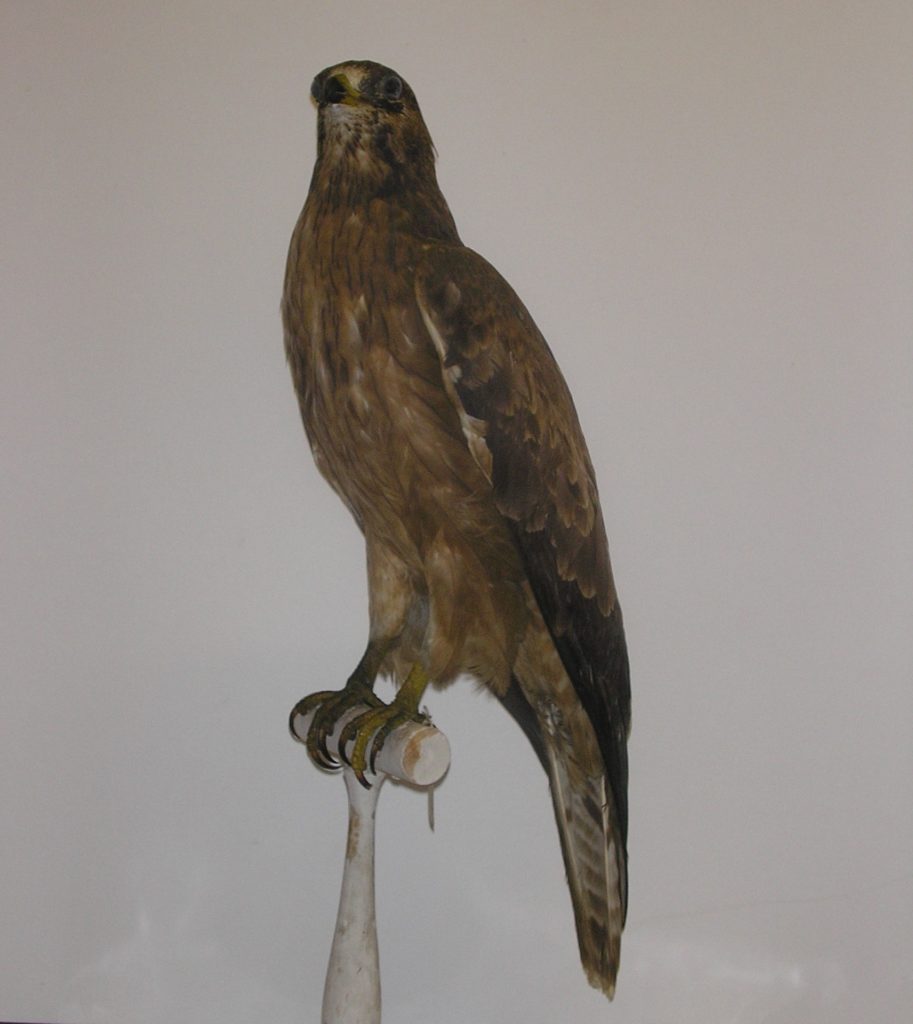

Honey Buzzard from Deal
Reference: 236H
Can be found: Wooden Display Case (L-R) in Colour and Camouflage Collection
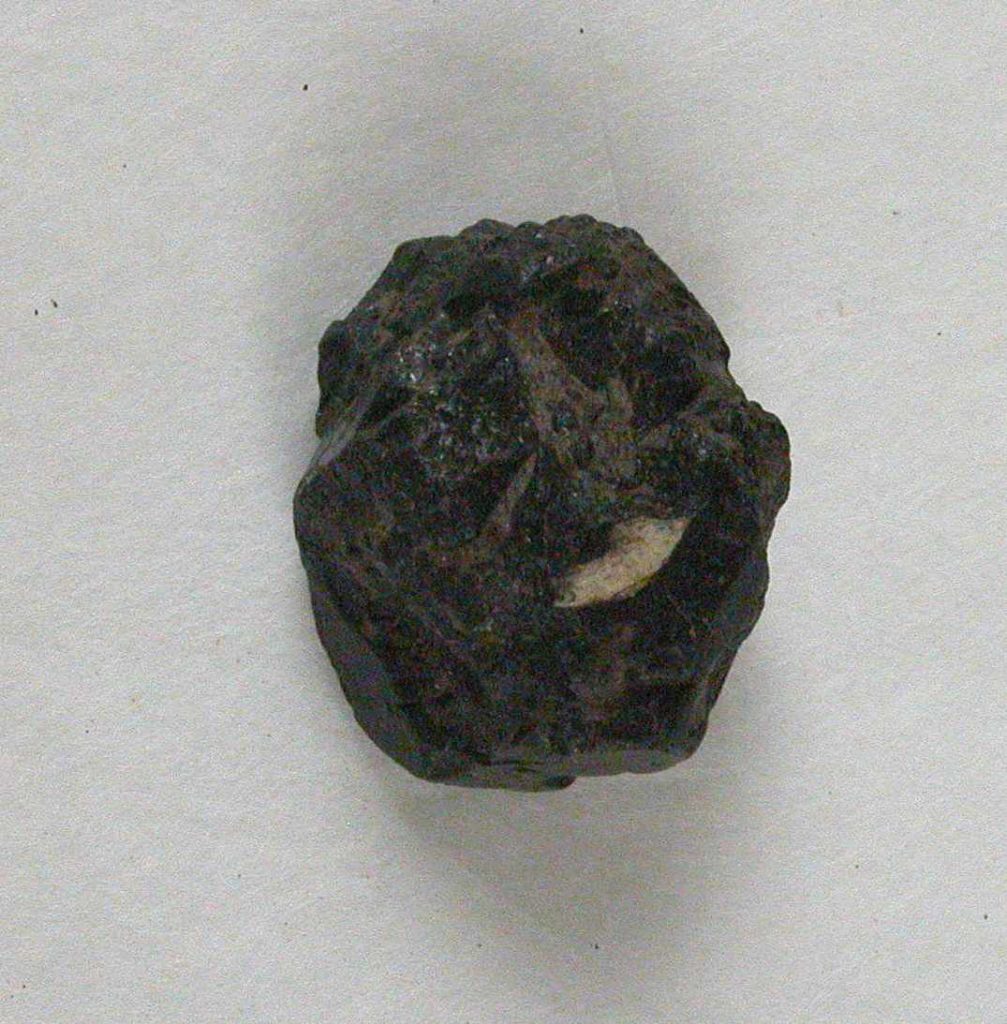

Hornblende
Reference: D4.B.423
Can be found: Right Display Case - Shelf 1 in Colour and Camouflage Collection
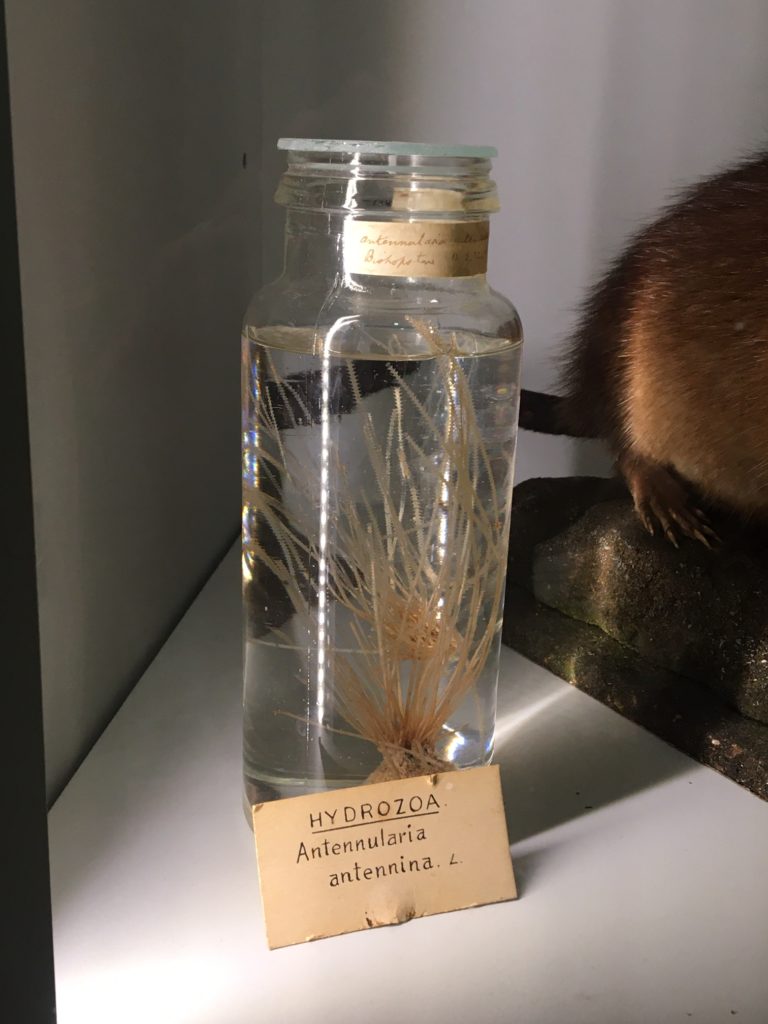

Hydrozoa – antennularia antennina
Hydrozoa, or hydroids, are an invertebrate, with about 3,700 known species. Most hydroids live in salt water environments, but some have moved into freshwater habitats. They can either live separately or live in colonies.
Reference: KENTM:H279.1
Can be found: Left display case - Bottom Shelf in Colour and Camouflage Collection
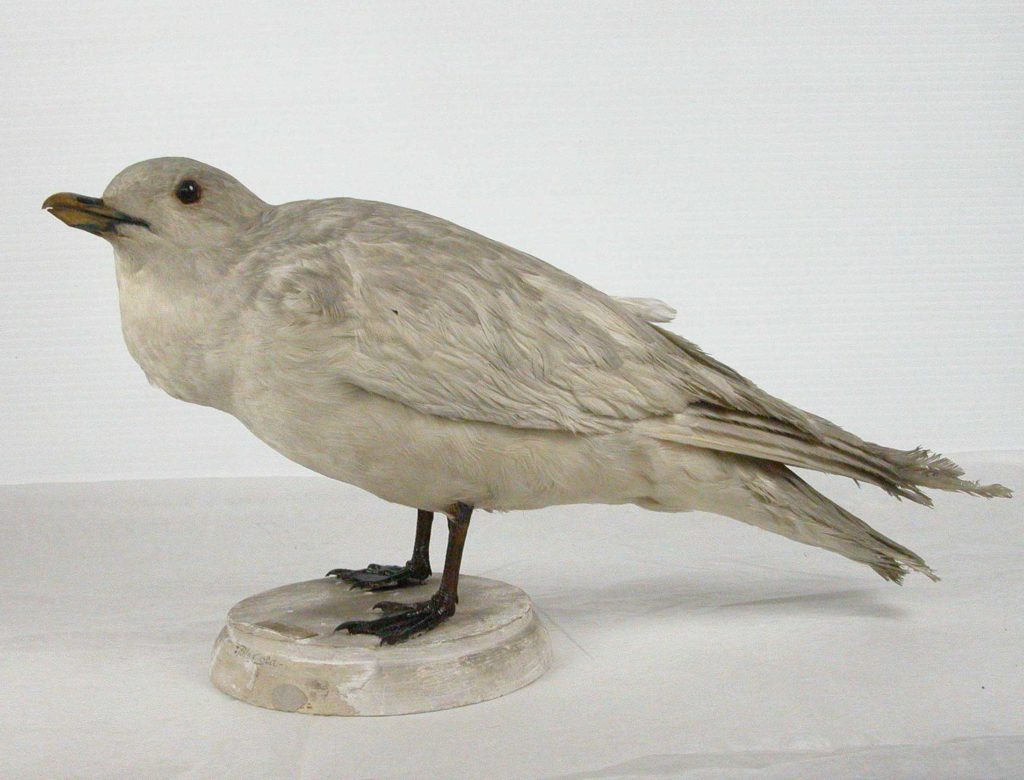

Ivory Gull
Reference: 442H
Can be found: Wooden Display Case (L-R) in Colour and Camouflage Collection
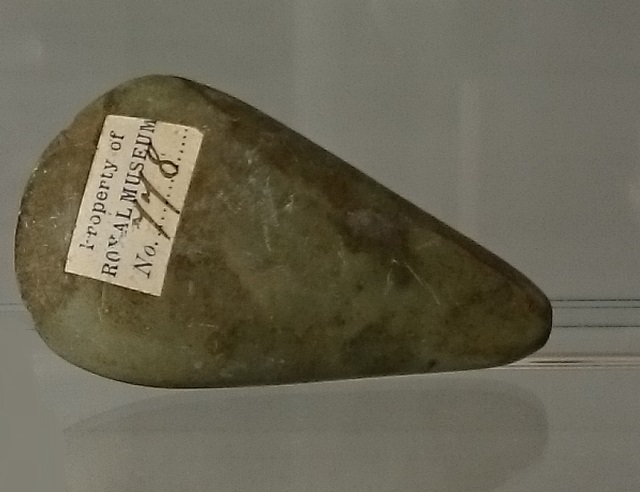

Jade hand axe (Maori jade axe)
Jade is a very durable mineral that was originally used for the manufacture of axe heads and weapons. Because of the beautiful colour of some of its specimen, it later became incorporated into jewellery and ornamental objects.
Reference: CANCM:776
Can be found: Second Case - Top Shelf in Colour and Camouflage Collection
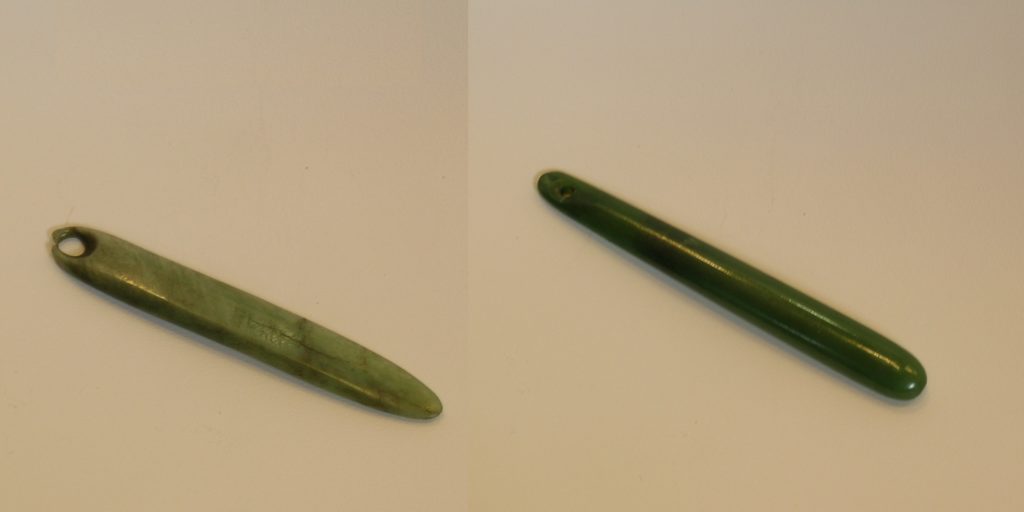

Jade pendants
Reference: CANCM:2044/2046/2047
Can be found: Second Case - Second Shelf in Colour and Camouflage Collection
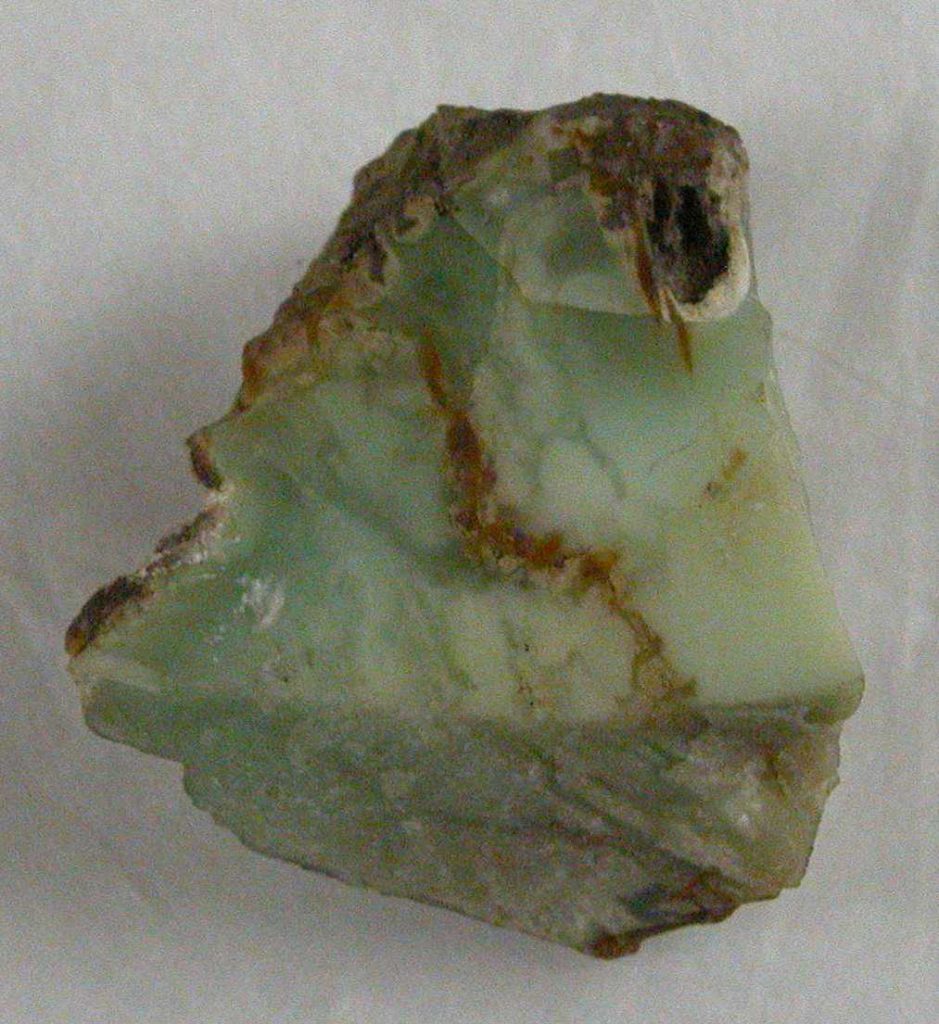


Jadeite
An attractive mineral often used for carving decorative objects. Look out for the jade adze in the Explorers and Collectors room.
Reference: 2011.9
Can be found: Second Case - Second Shelf in Colour and Camouflage Collection



Jadeite
An attractive mineral often used for carving decorative objects. Look out for the jade adze in the Explorers and Collectors room.
Reference: 2011.9
Can be found: Second Case - Second Shelf in Colour and Camouflage Collection
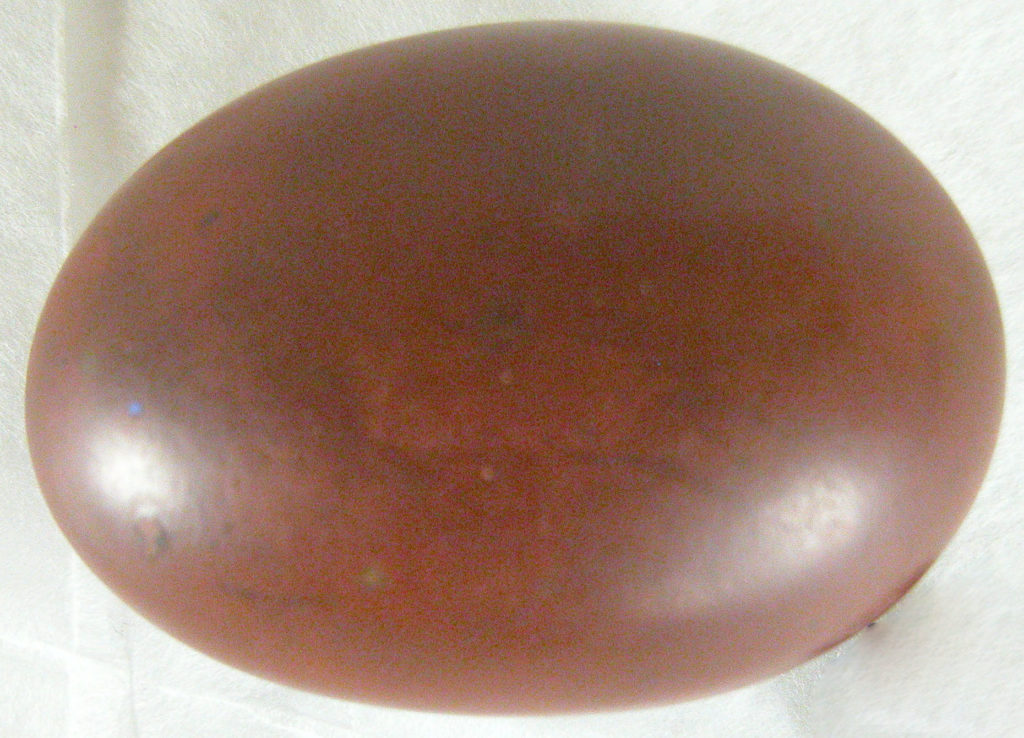

Jasper
This smooth red pebble is a variety of quartz.
Reference: 2009.399
Can be found: Left display case - Bottom Shelf in Colour and Camouflage Collection
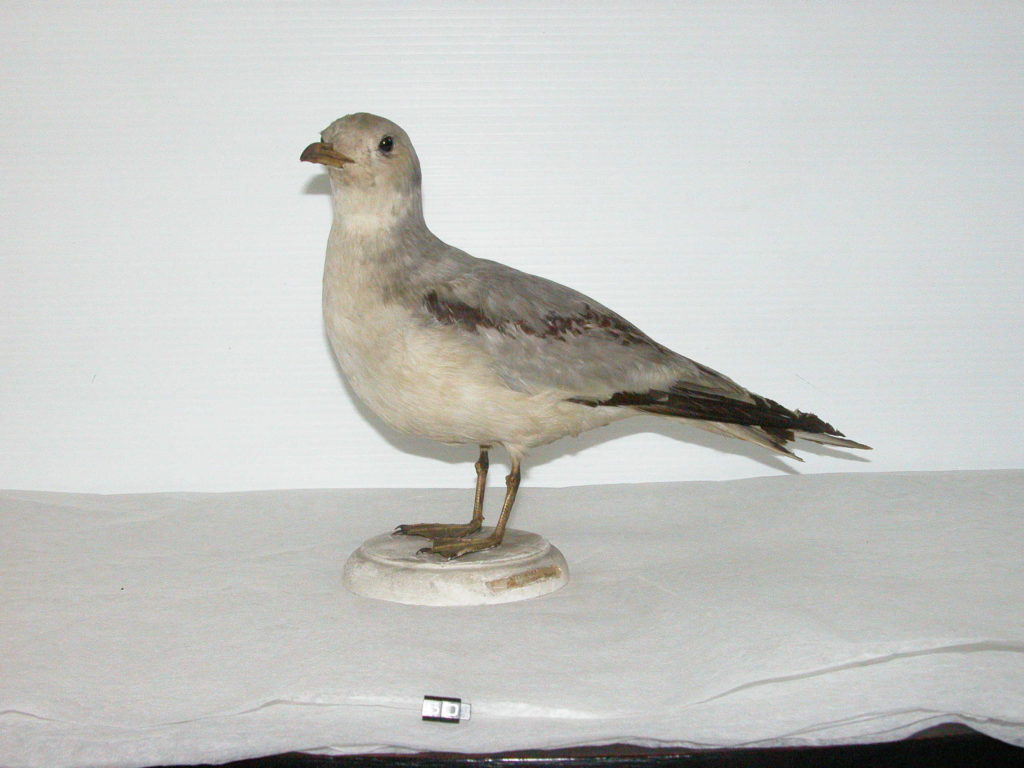

Kittiwake and chick
Animals, particularly birds often change colour during their development into adults. The Kittiwake chick finds its mottled early plumage particularly useful as camouflage.
Reference: 443H and 445H
Can be found: Wooden Display Case (L-R) in Colour and Camouflage Collection
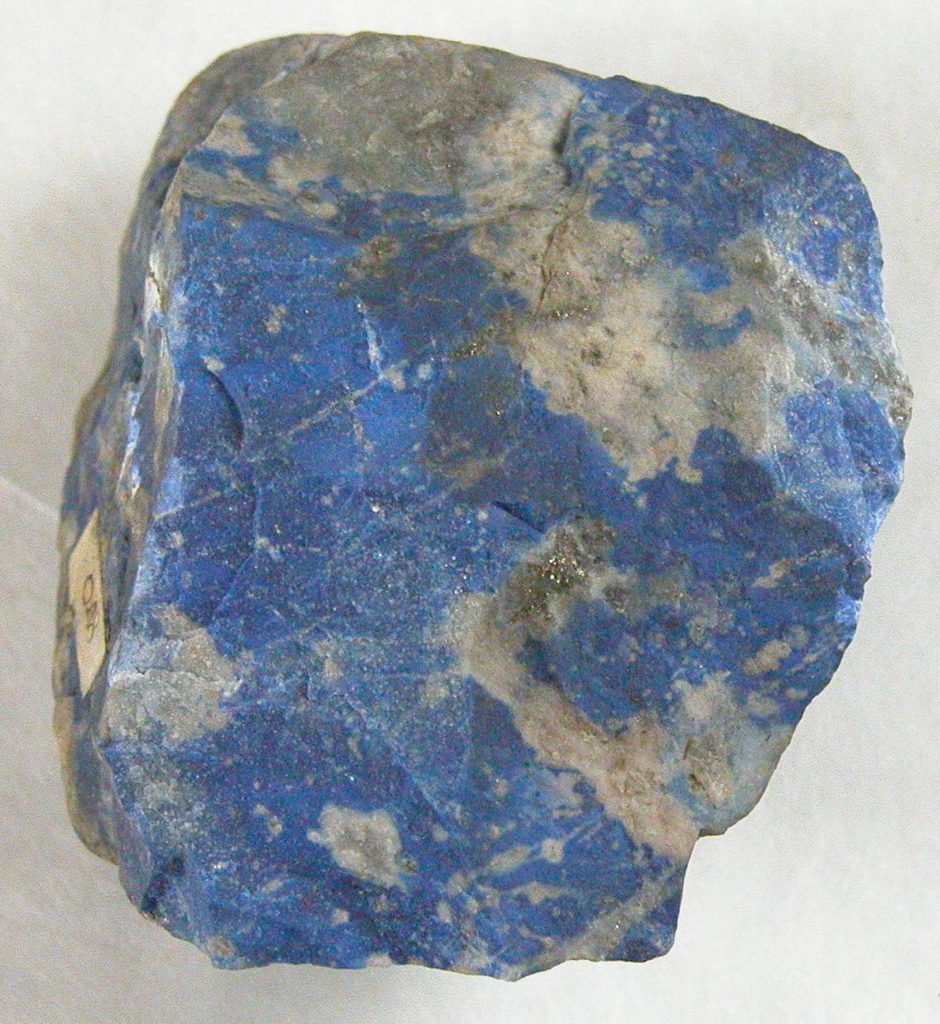

Lapis Lazuli
This rare dark blue mineral is ground up to form the artist’s pigment ultramarine.
Reference: Q.A.8
Can be found: Second Case - Top Shelf in Colour and Camouflage Collection
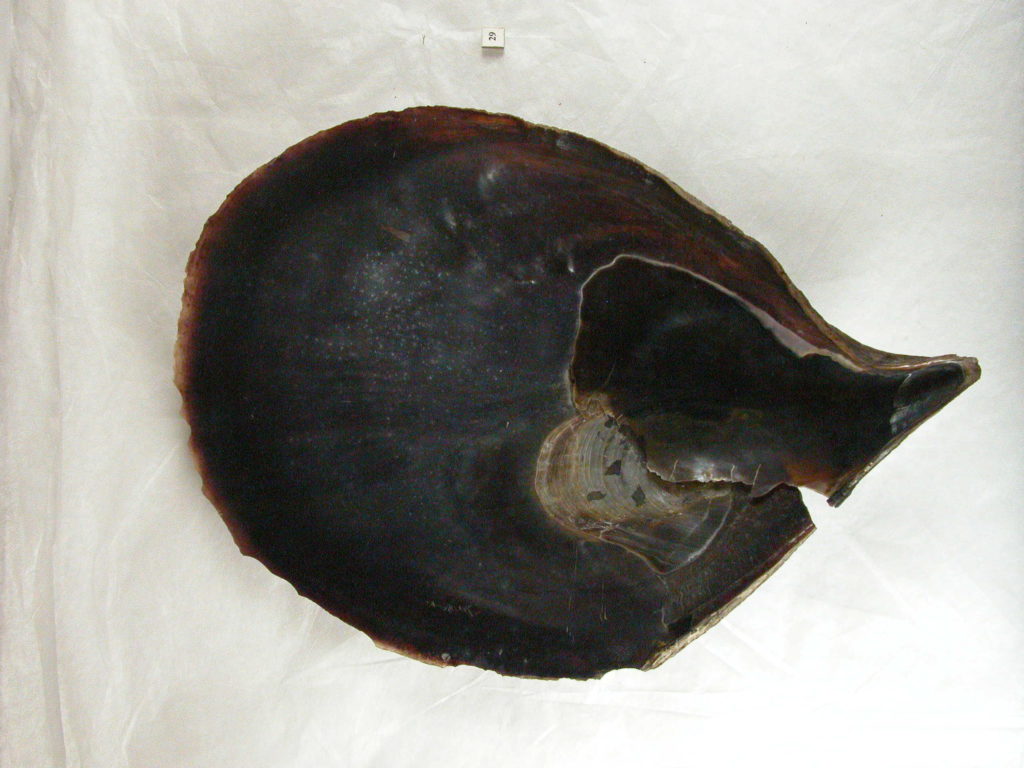

Large Blue Pinna
The Pinna family includes some of the largest shells known. They live attached to rocks with their silky strong byssus threads.
Reference: L884
Can be found: Third Case in Colour and Camouflage Collection
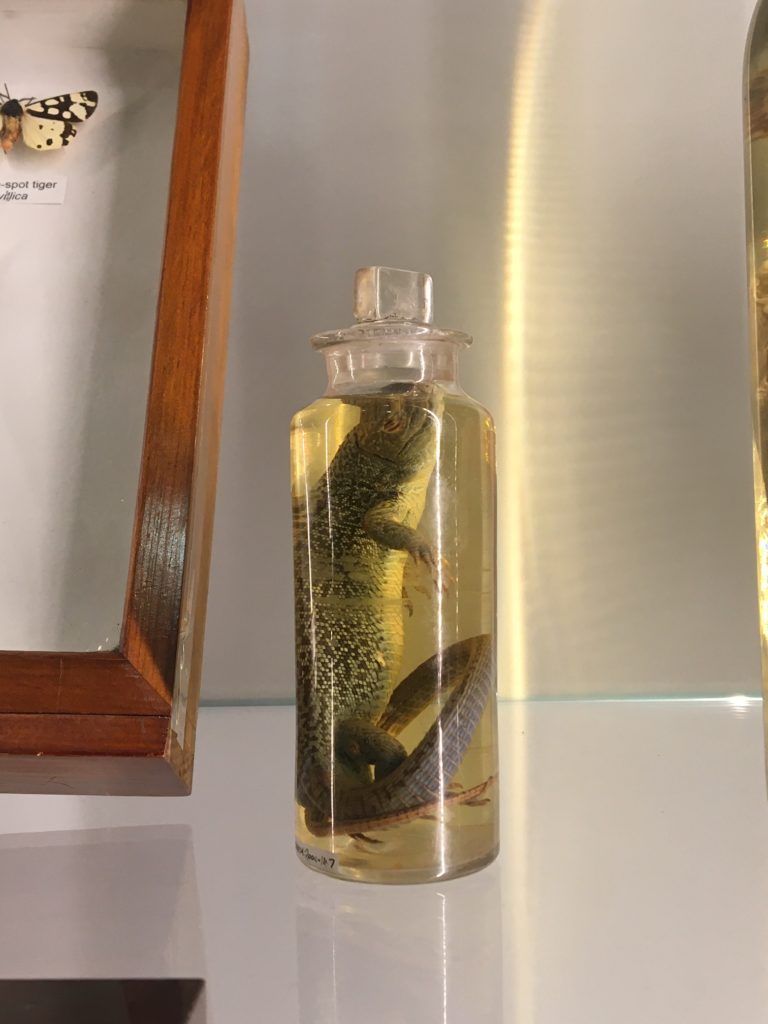

Lizard
Lizards are a large group of reptiles with over 6,000 species, found in all continents except Antarctica. Most lizards are quadrupedal (using all four feet) and run with a strong side-to-side motion. Some are legless, and have long snake-like bodies (slow worms). Lizards are mostly carnivores and use many different adaptations to protect themselves, including: venom, camouflage, and the ability to lose and regrow their tail.
Reference: 2000.147
Can be found: Left display case - Fourth Shelf in Colour and Camouflage Collection
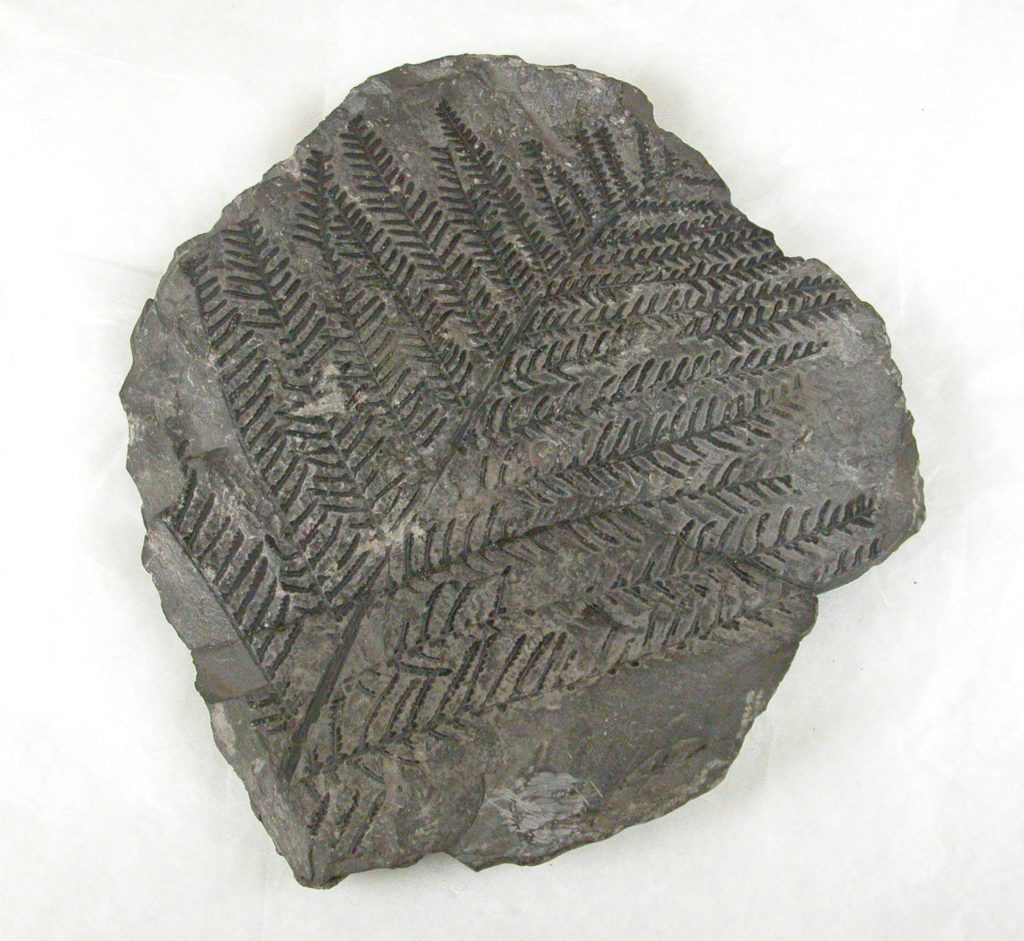

Lobatopteris
Reference: 2003.401
Can be found: Right Display Case - Shelf 1 in Colour and Camouflage Collection
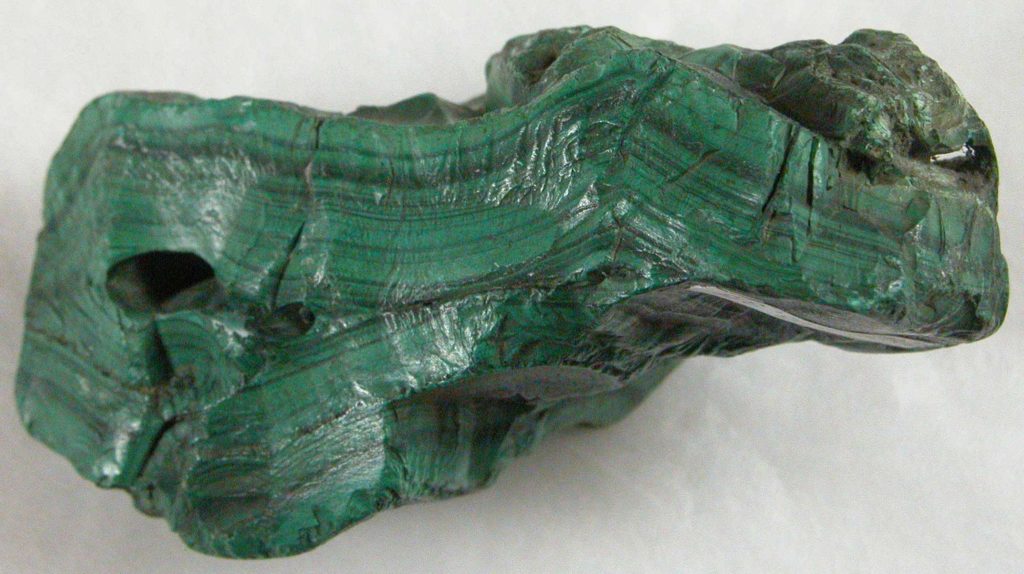


Malachite
A secondary mineral of copper, malachite was used as a green pigment by artists.
Reference: 2003.373
Can be found: Second Case - Second Shelf in Colour and Camouflage Collection



Malachite
A secondary mineral of copper, malachite was used as a green pigment by artists.
Reference: 2003.373
Can be found: Second Case - Second Shelf in Colour and Camouflage Collection
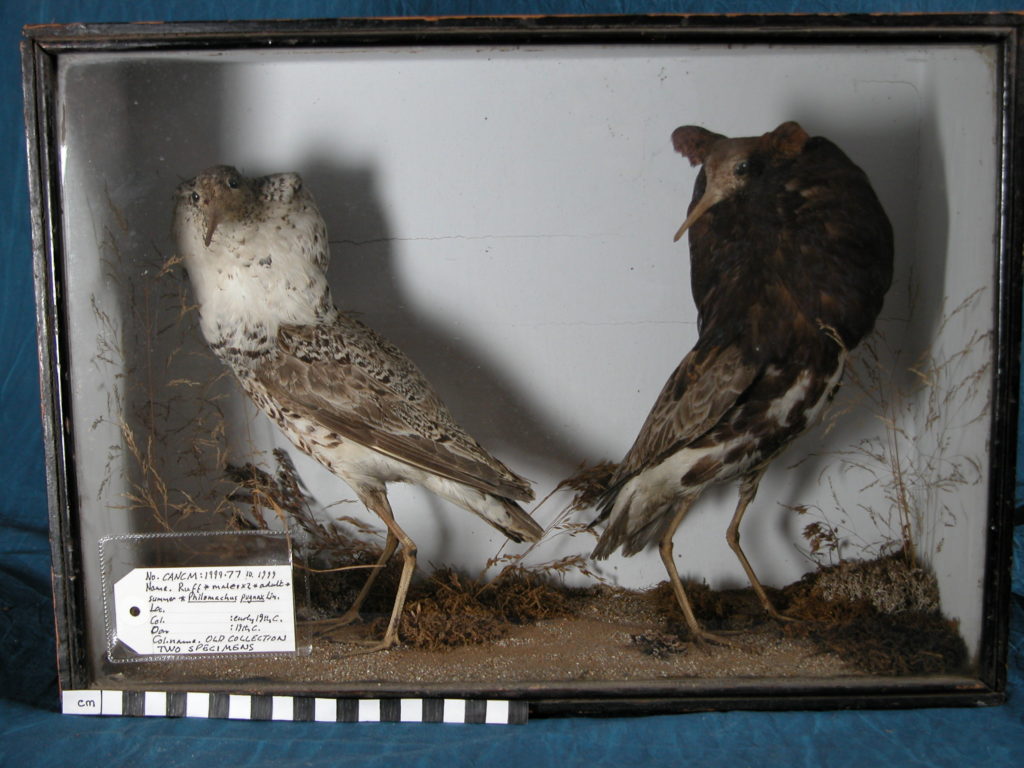

Male and female Ruff
Reference: 1999.77
Can be found: Wooden Display Case (L-R) in Colour and Camouflage Collection
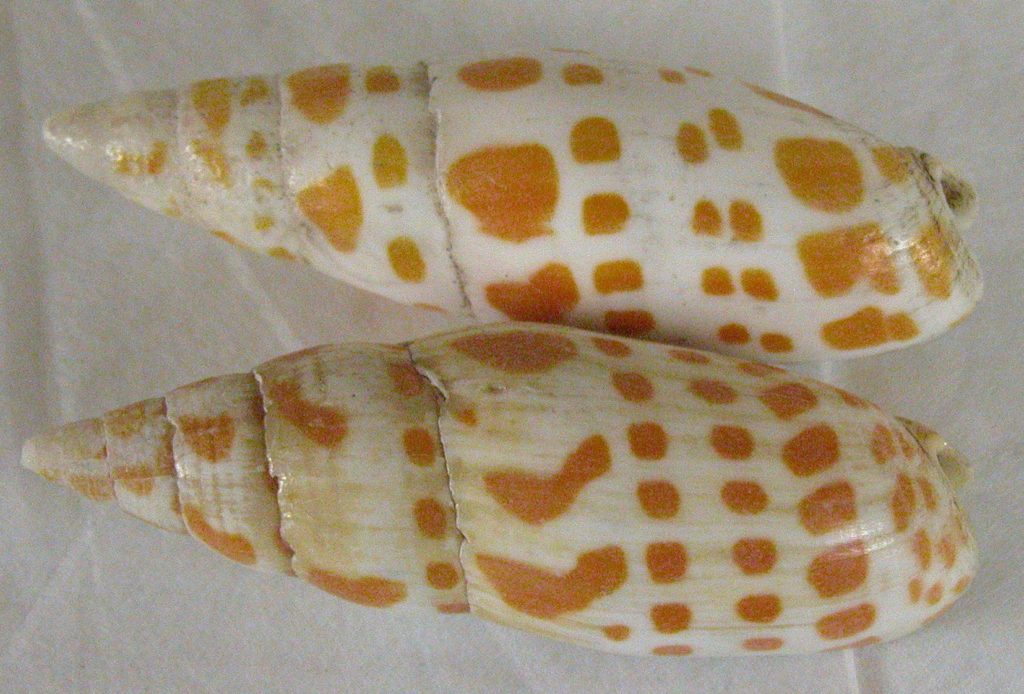

Mitra episcopalis
Mitra mitra, common name the Episcopal miter, is a species of large predatory sea snail, a marine gastropod mollusk in the family Mitridae, the miters.
Reference: CANCM:L 361 and L360
Can be found: Left display case - Bottom Shelf in Colour and Camouflage Collection
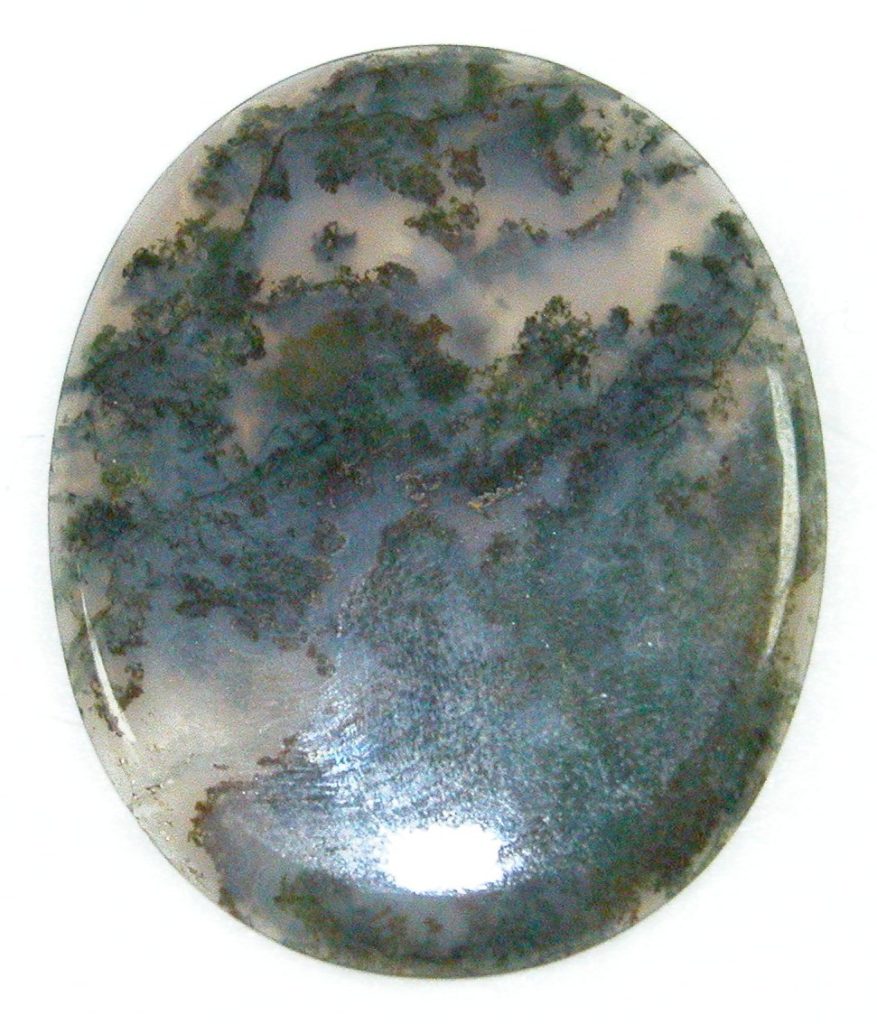

Moss agate
Reference: 2009.502
Can be found: Second Case - Top Shelf in Colour and Camouflage Collection
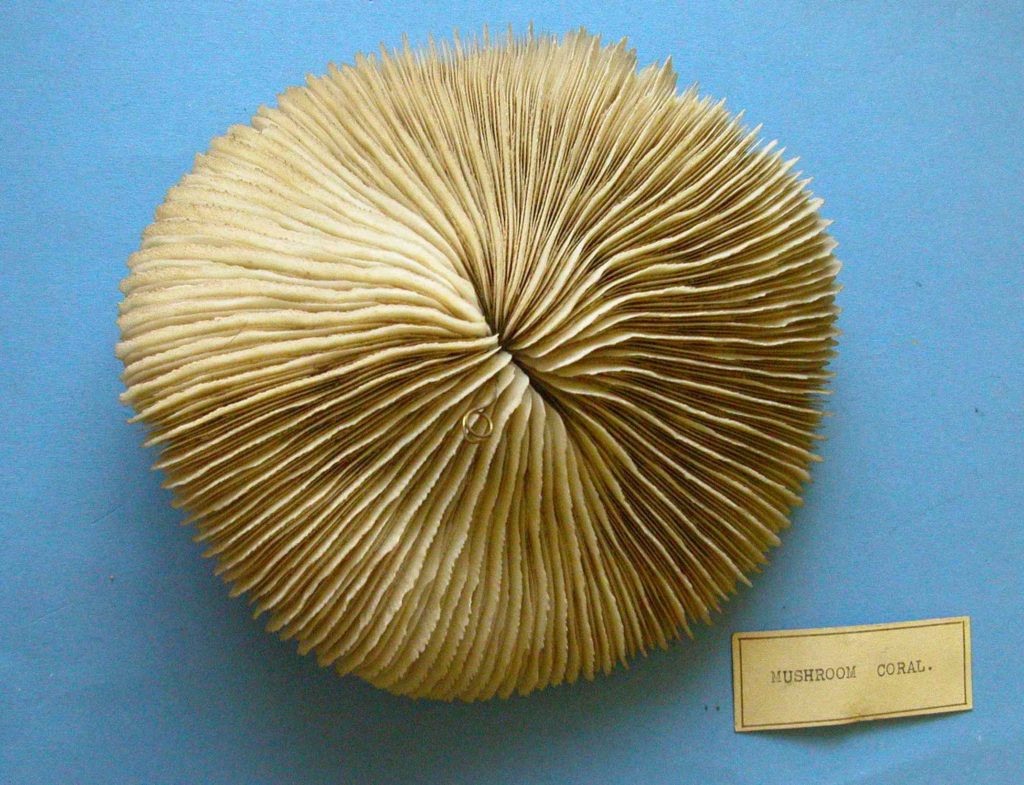

Mushroom Coral
Reference: CANCM:nn
Can be found: Wooden Display Case (L-R) in Colour and Camouflage Collection
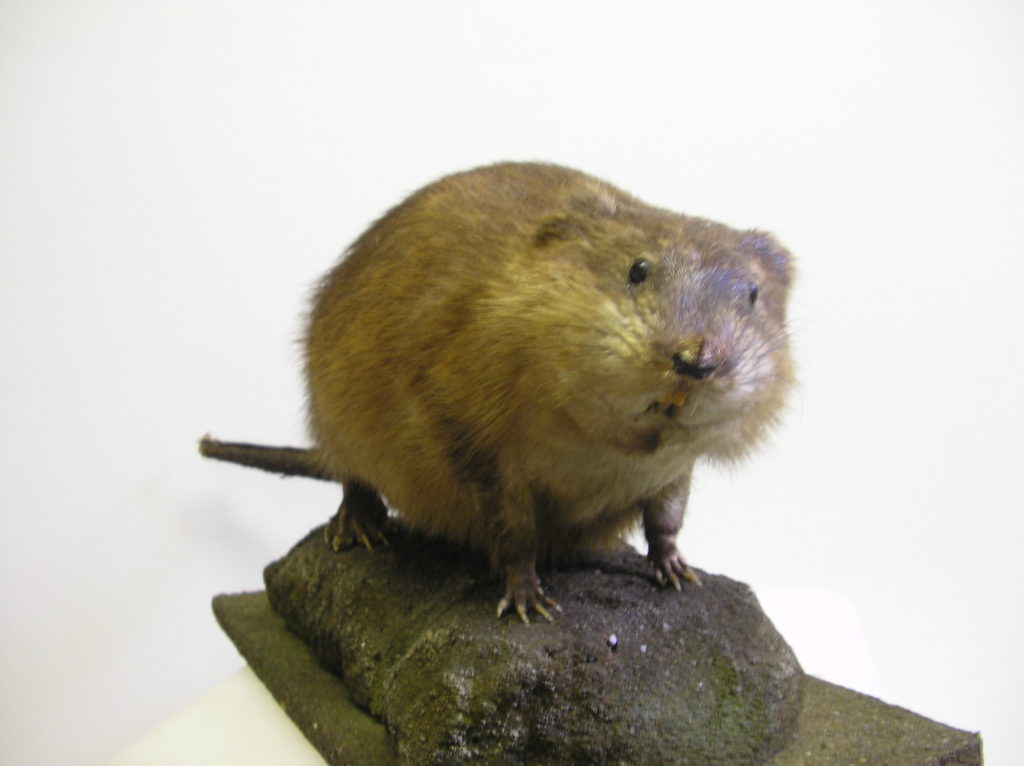

Muskrat
This smaller cousin of the beaver comes from wetlands in North America
Reference: 1999.227
Can be found: Left display case - Bottom Shelf in Colour and Camouflage Collection
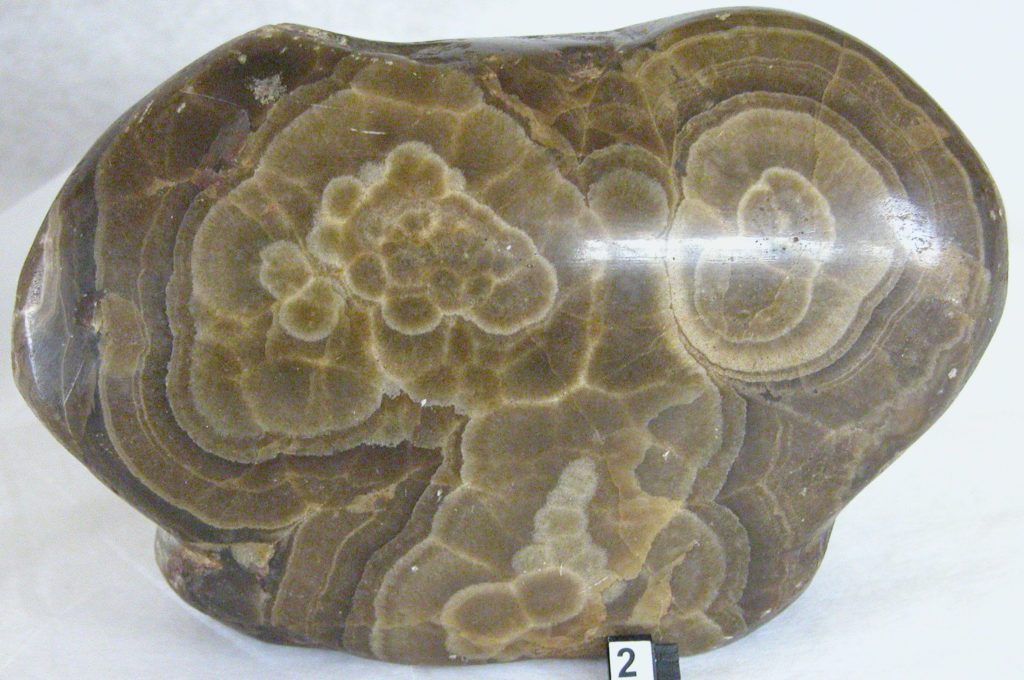

Oakstone
Large polished, brown mass showing pseudo-stalactitic concentric growth patterns
Reference: 2006.216
Can be found: Left display case - Top Shelf in Colour and Camouflage Collection
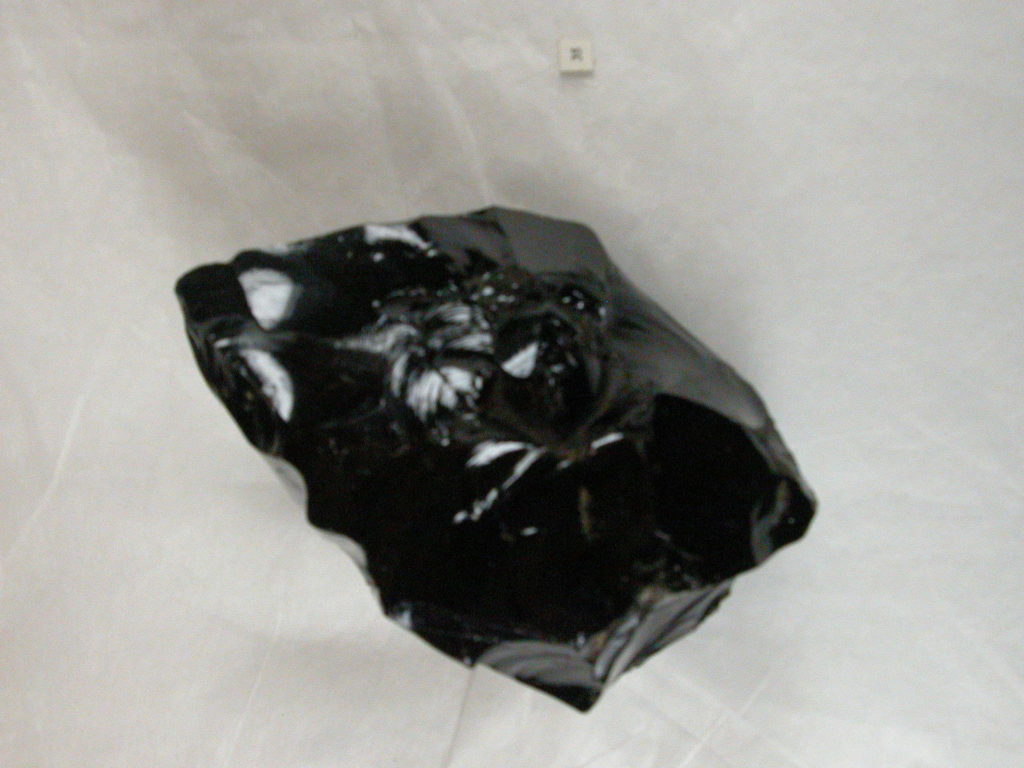

Obsidian
Obsidian is formed from rapidly cooled volcanic lavas with high silica, thrust to the earth’s surface in the latter stages of a volcanic eruption. Because it has no crystal structure it can be break into very sharp pieces so is used to make surgical blades.
Reference: 5676
Can be found: Third Case in Colour and Camouflage Collection
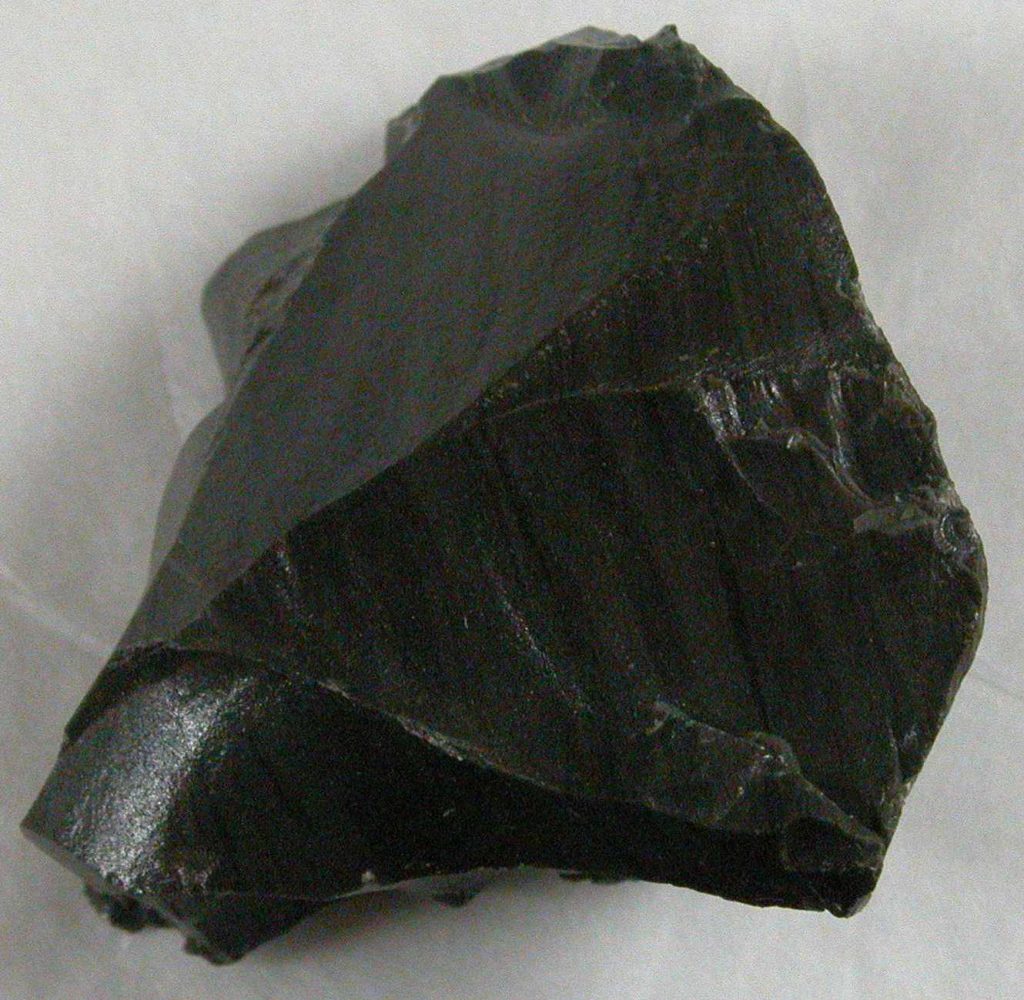

Olive green obsidian
Obsidian is formed from rapidly cooled volcanic lavas with high silica, thrust to the earth’s surface in the latter stages of a volcanic eruption.
Reference: 2004.285
Can be found: Second Case - Second Shelf in Colour and Camouflage Collection
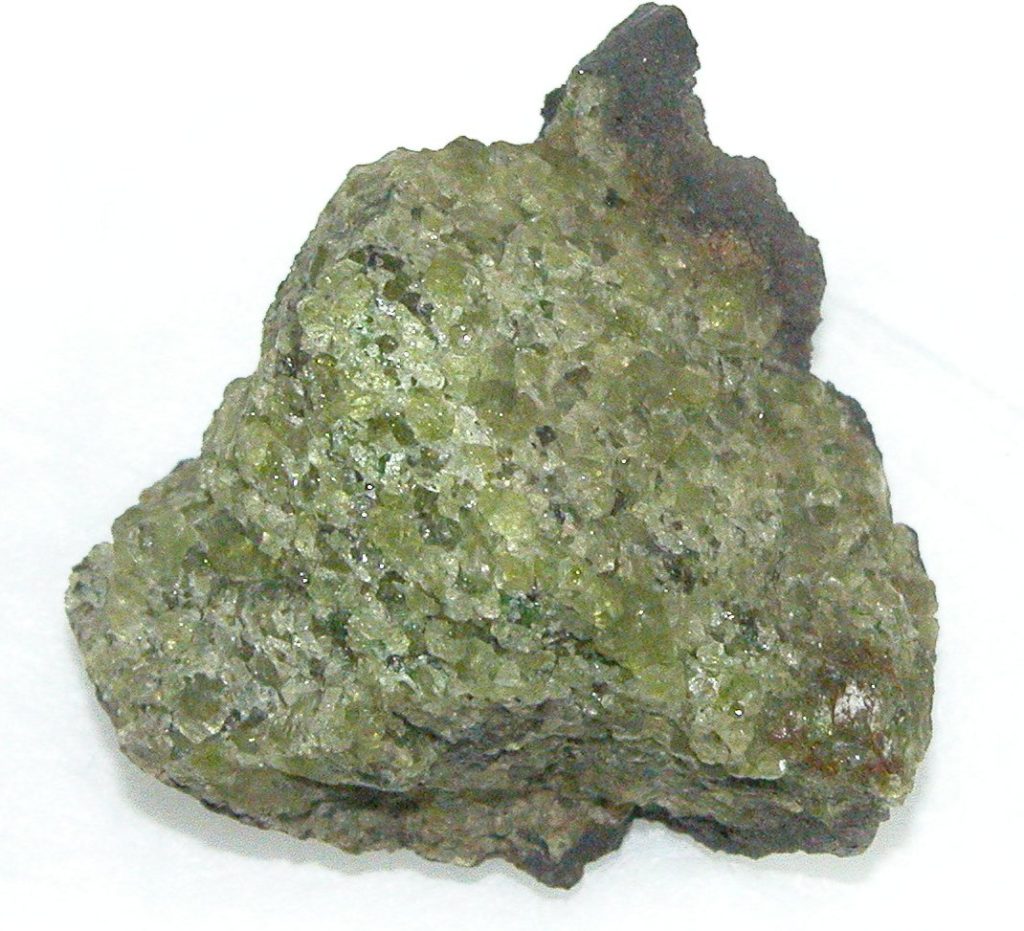

Olivine
Green like an olive, olivine comes from deep within the earth’s crust and is normally brought to the surface by volcanoes.
Reference: D4.B403-4
Can be found: Second Case - Second Shelf in Colour and Camouflage Collection


Olivinite
Reference: CANCM:D4.B.582
Can be found: Second Case - Second Shelf in Colour and Camouflage Collection
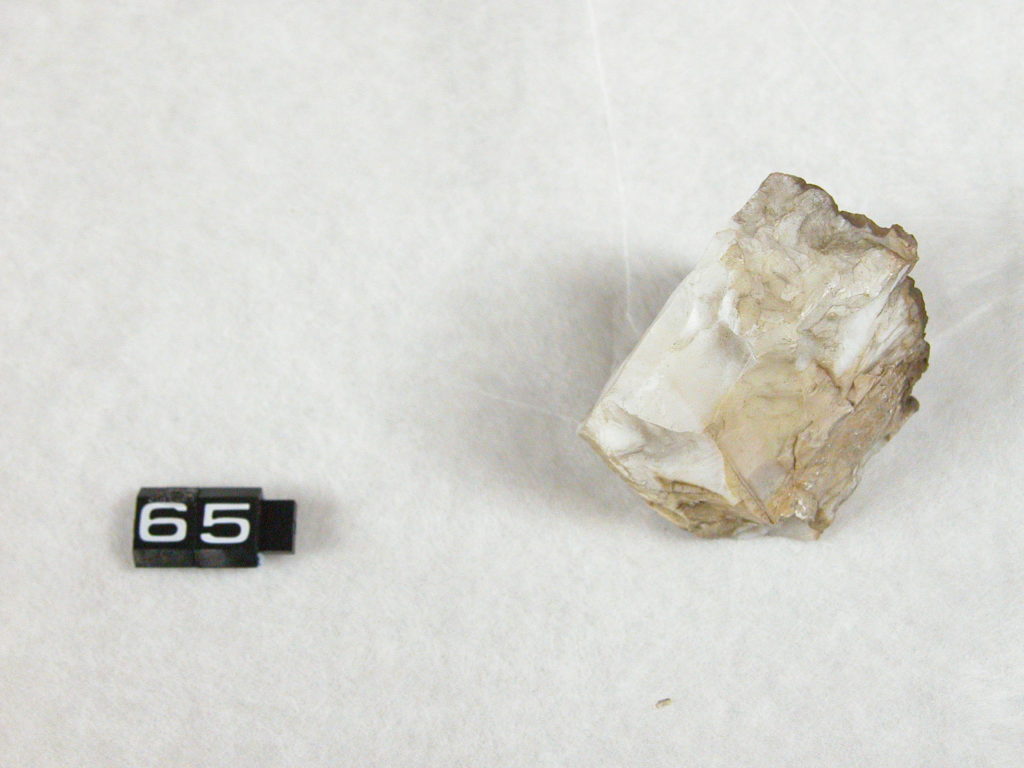

Opal
Reference: 2009.298
Can be found: Wooden Display Case (L-R) in Colour and Camouflage Collection


Owl butterfly
Commonly known as the Brazilian Little Owl, this South American butterfly is found from Guatemala to northern Argentina. Its eye-like markings mimic larger animals and deceive predators, or draw attention away from vulnerable body parts.
Reference: 2000.19.13
Can be found: Wooden Display Case (L-R) in Colour and Camouflage Collection
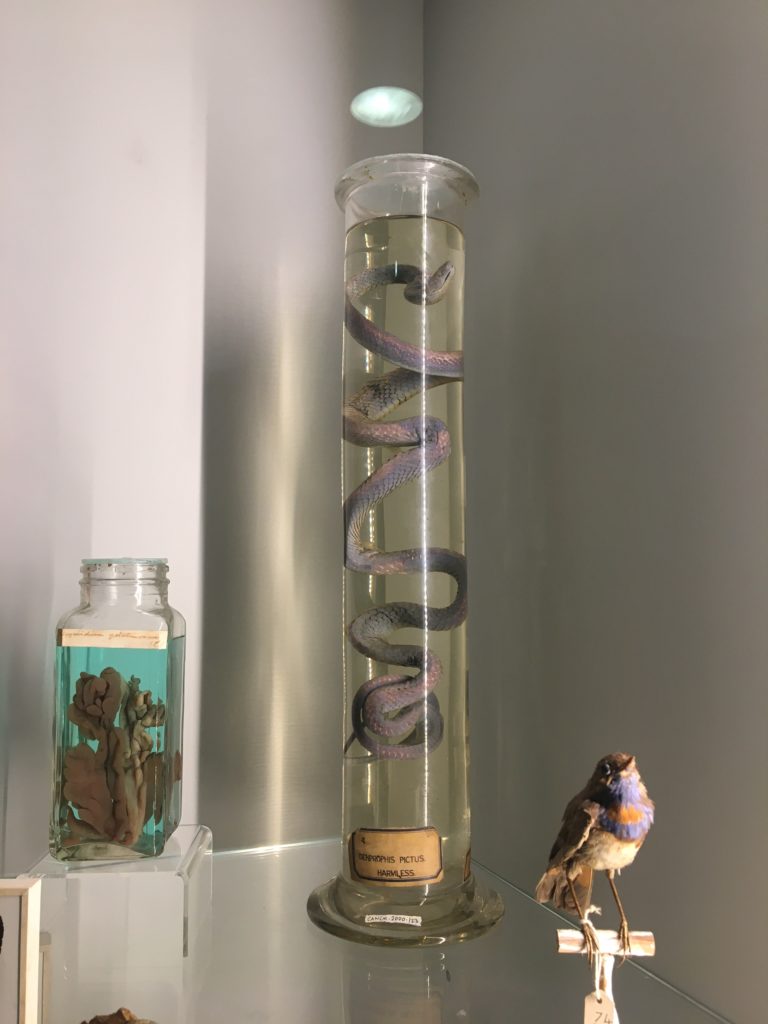

Painted bronzeback snake – Dendrophis pictus
It is a species of snake found in southeast Asia and Asia. It has slender, large eyes, and a head larger than its neck. Their backs have a bronze colour, and their bellies have white scales with bright blue scales along the side of the body. They are often found in trees or low bushes.
Reference: 2000.123
Can be found: Second Case - Top Shelf in Colour and Camouflage Collection
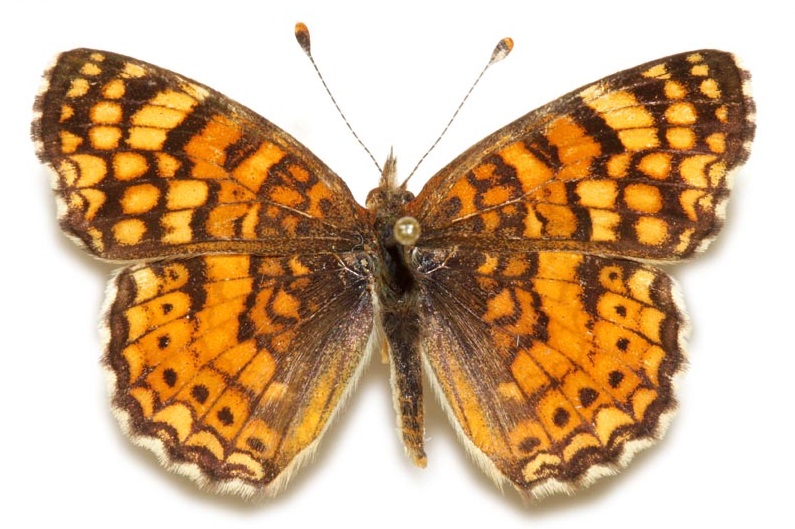

Phyciodes mylitta
Reference: CANCM:nn
Can be found: Right Display Case - Shelf 3 in Colour and Camouflage Collection



Plumed hydroid – obelia flabellata
Also known as obelia longissima, it is found in temperate (mild temperatures) and cold seas, but not in the tropics. It’s feathery stems resemble seaweed.
Reference: KENTM:H278.1
Can be found: Third Case in Colour and Camouflage Collection
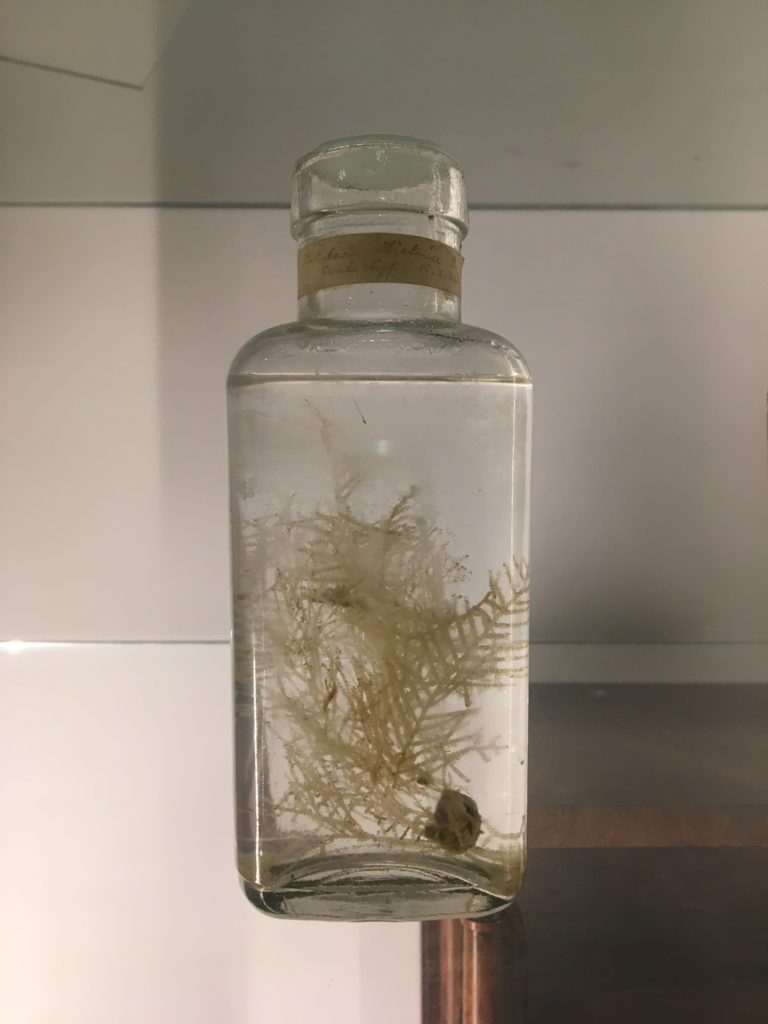

Plumed hydroid – plumularia setacea
Found worldwide, it is also known as a sea bristle. Plumed hydroids are creamy yellow, or brown, and have feathery stems.
Reference: KENTM:H278.1
Can be found: Third Case in Colour and Camouflage Collection
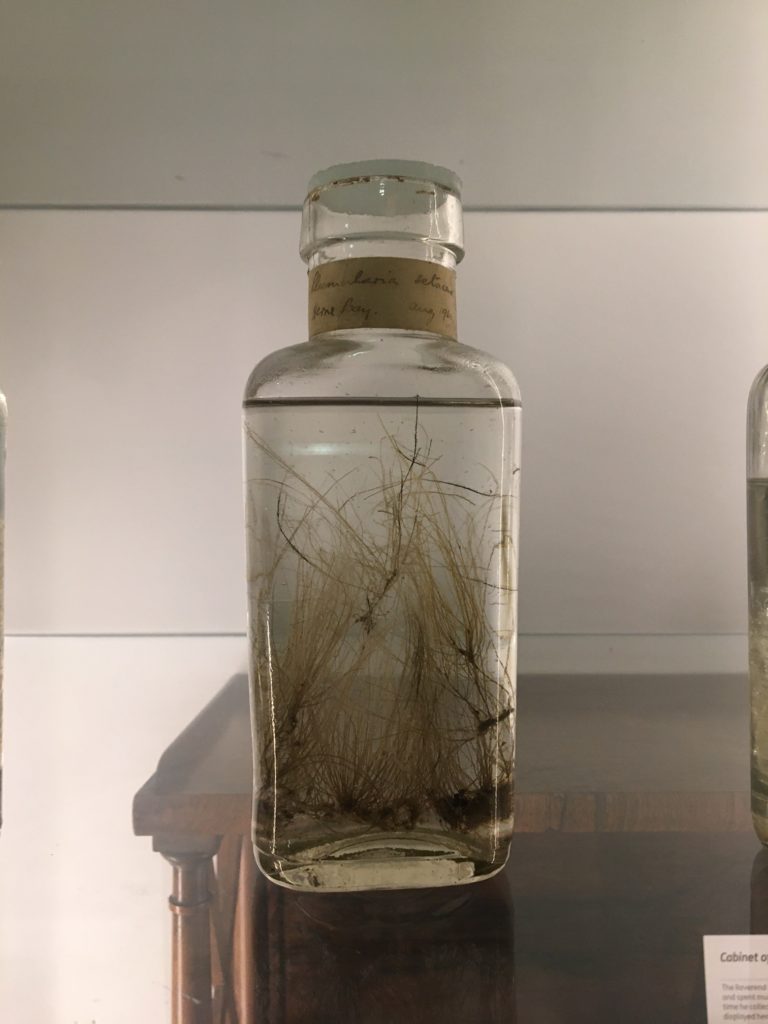

Plumed hydroid – sertularia abietina
Also known as a sea-fir, it lives in a colony. It can be identified by its 3-D-like branches forming a spiral colony resembling a fir tree. They are often found in rocky habitats with strong tides or waves.
Reference: KENTM:H278.1
Can be found: Third Case in Colour and Camouflage Collection
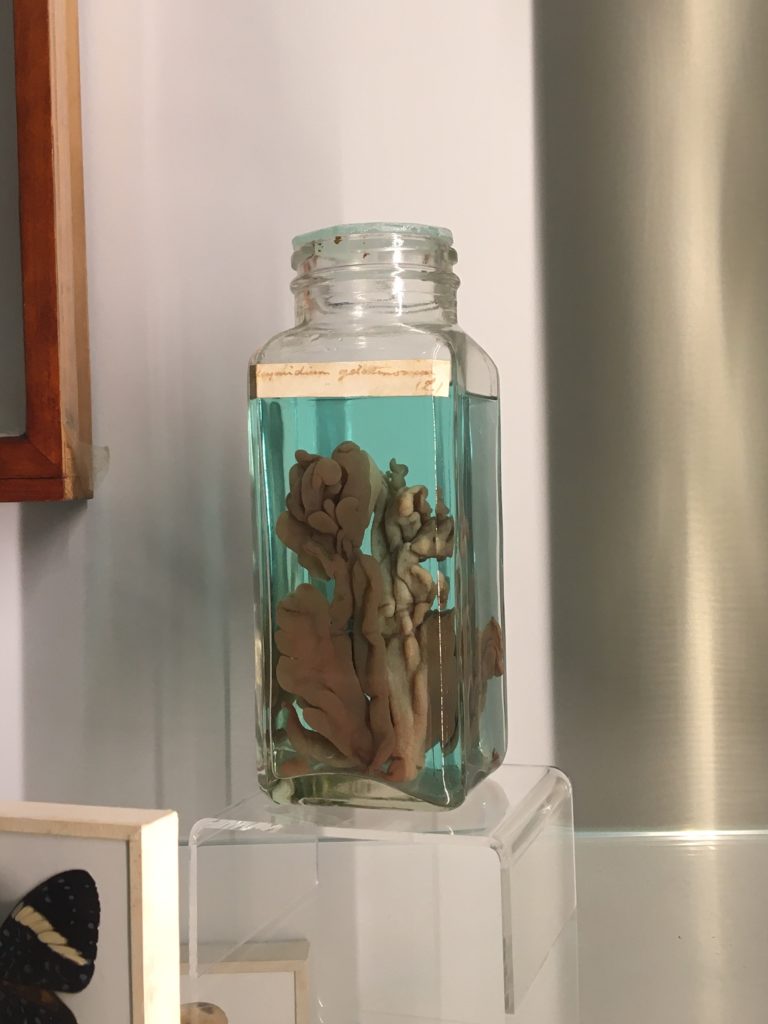

Polyzoa
Also known as Bryozoa, they are aquatic invertebrates that live in sedentary (fixed to one spot) colonies. They have a special ‘crown’ of tentacles, used for filter feeding. Most live in tropical waters, but some are found in oceanic trenches and polar waters
Reference: CANCM:nn
Can be found: Second Case - Top Shelf in Colour and Camouflage Collection
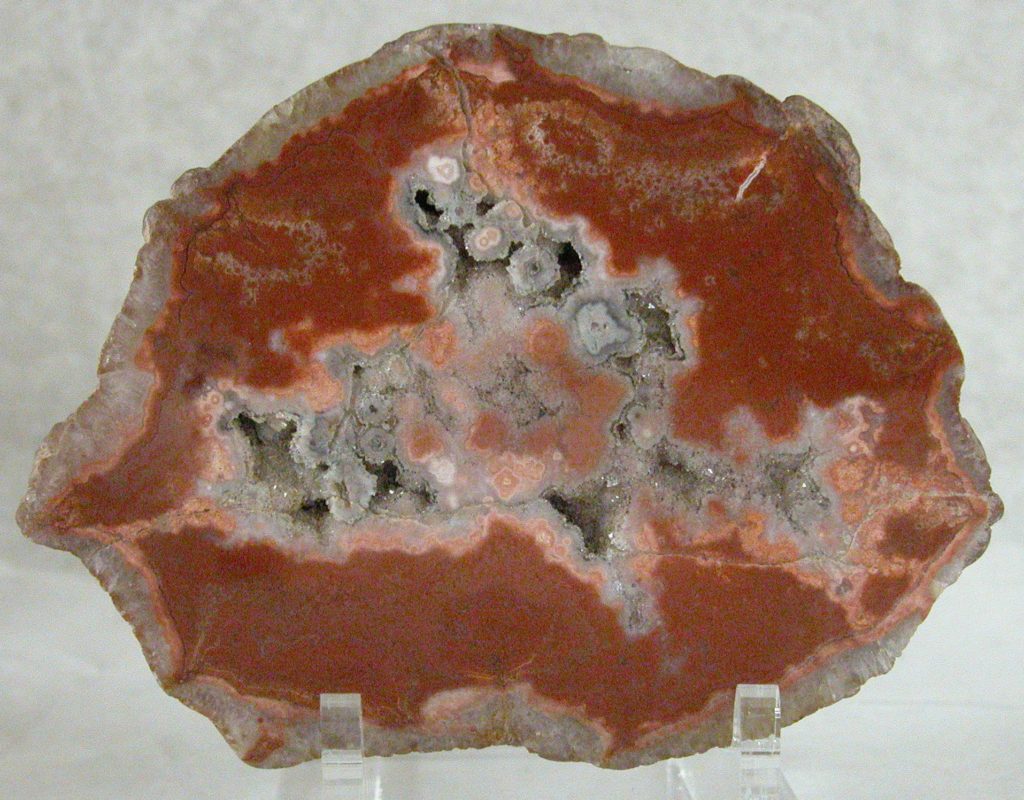

Potato Stone with red agate
Red crystals on a geode-type nodule.
Reference: 2004.549
Can be found: Left display case - Second Shelf in Colour and Camouflage Collection
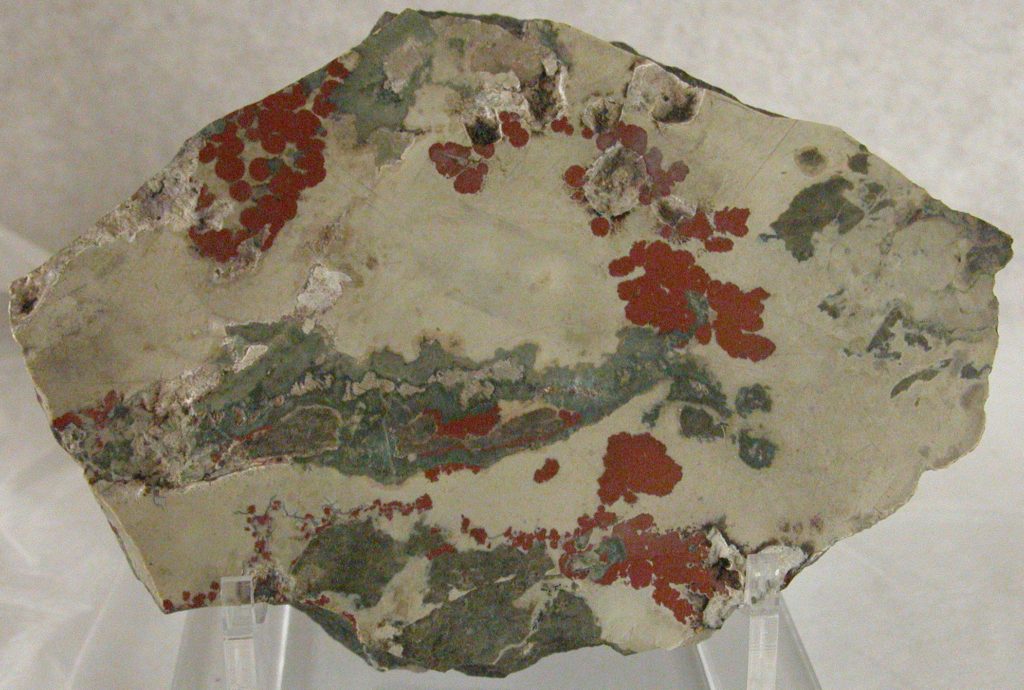

Potstone
This stone got its name because its red inclusions look like fragments of broken terracotta pots.
Reference: K347
Can be found: Left display case - Bottom Shelf in Colour and Camouflage Collection


Pygmy Cormorant
Reference: G77
Can be found: Third Case in Colour and Camouflage Collection
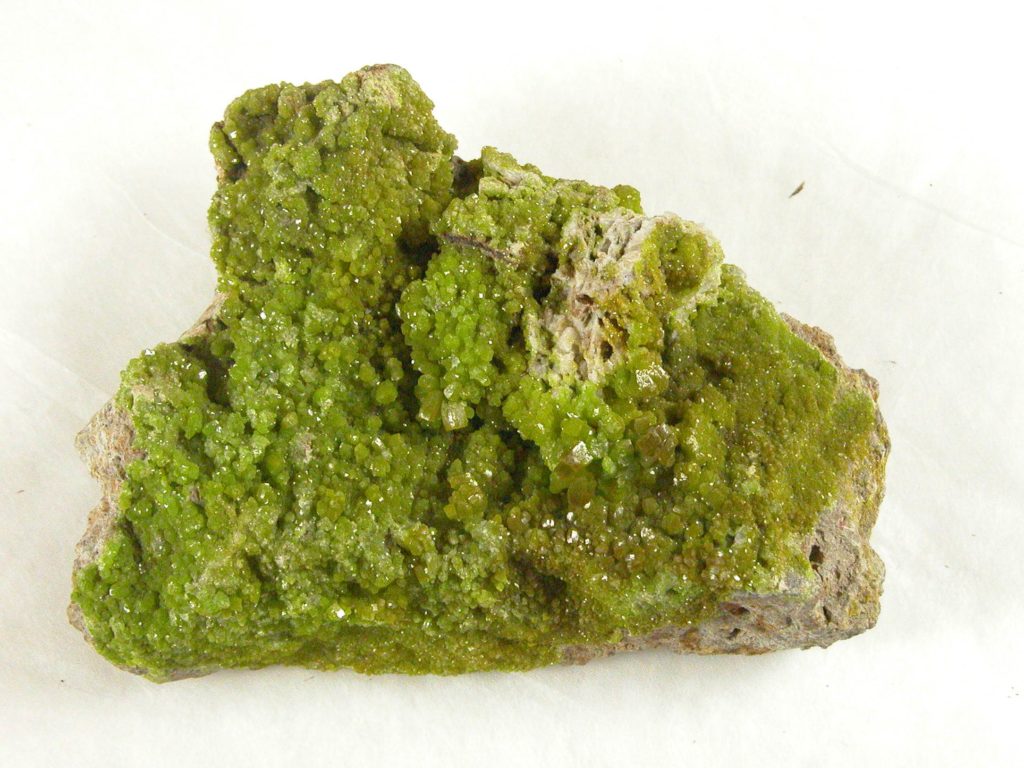

Pyromorphite
Bright green crystals of a lead ore mineral that sometimes occurs in sufficient quantity to be mined
Reference: CANCM:nn
Can be found: Second Case - Second Shelf in Colour and Camouflage Collection
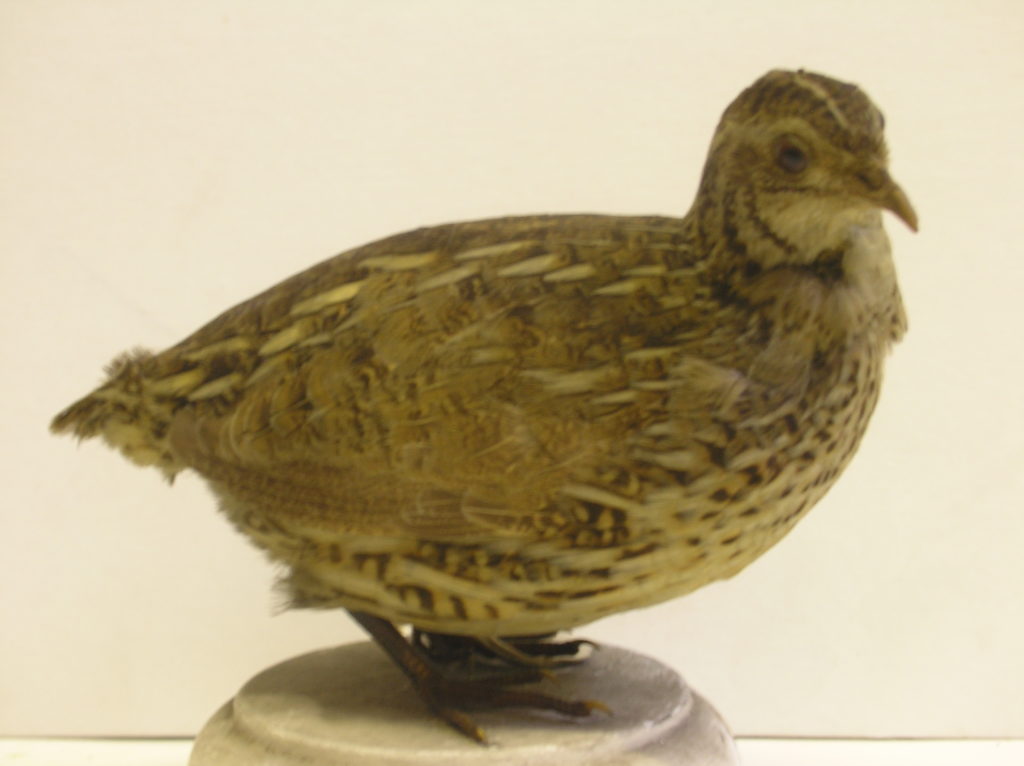

Quail
Reference: 318H
Can be found: Wooden Display Case (L-R) in Colour and Camouflage Collection


Red Agate
Agates are mainly the same composition as quartz. Like the different coloured varieties of quartz, such as amethyst and citrine, agates inherit their colours from the variations in composition of trace elements in the fluids that deposited the mineral layers. They are commonly cut and polished for souvenirs or ornaments.
Reference: 2009.277
Can be found: Left display case - Fourth Shelf in Colour and Camouflage Collection
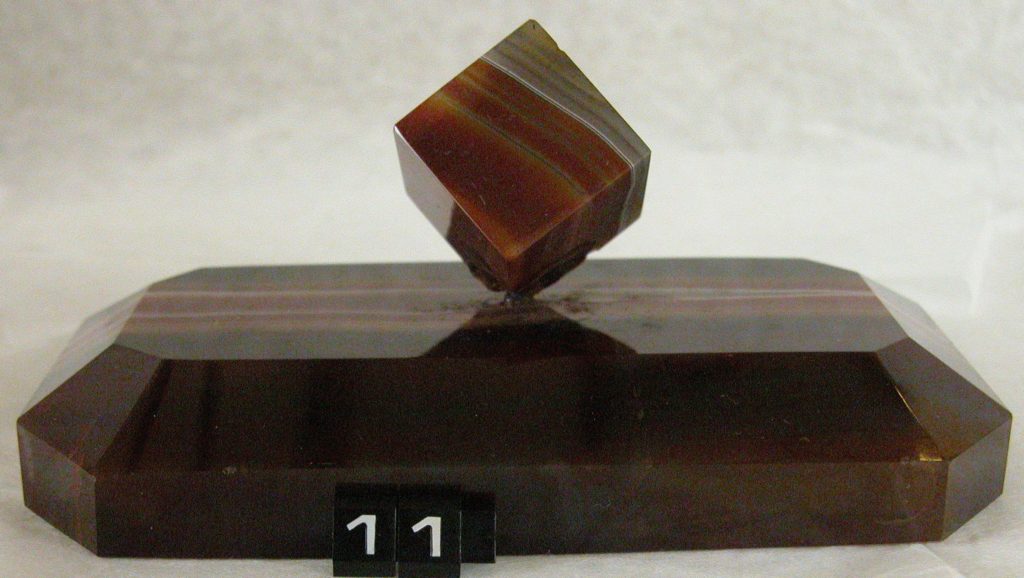

Red Agate ornament
Like the different coloured varieties of quartz, such as amethyst and citrine, agates inherit their colours from the variations in composition of trace elements in the fluids that deposited the mineral layers. They are often cut and polished for souvenirs or ornaments..
Reference: 2009.373
Can be found: Left display case - Bottom Shelf in Colour and Camouflage Collection
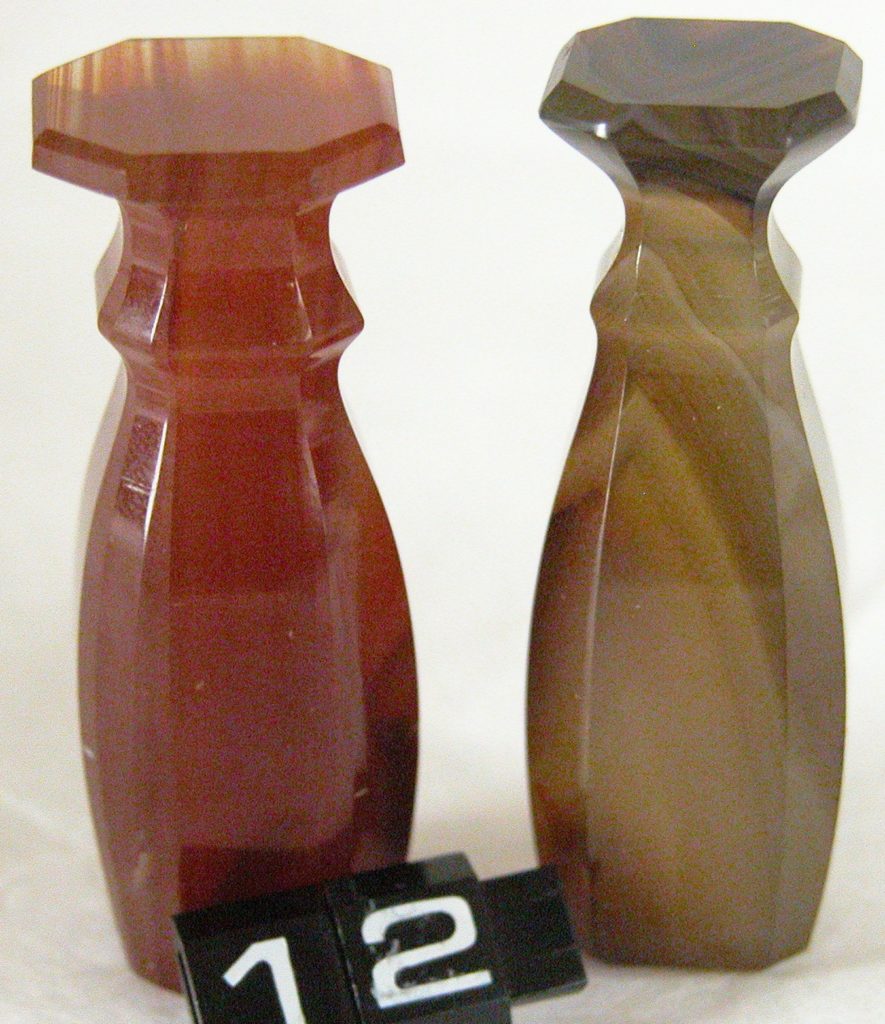

Red Agate seals
Reference: 2010.2.148
Can be found: Left display case - Fourth Shelf in Colour and Camouflage Collection
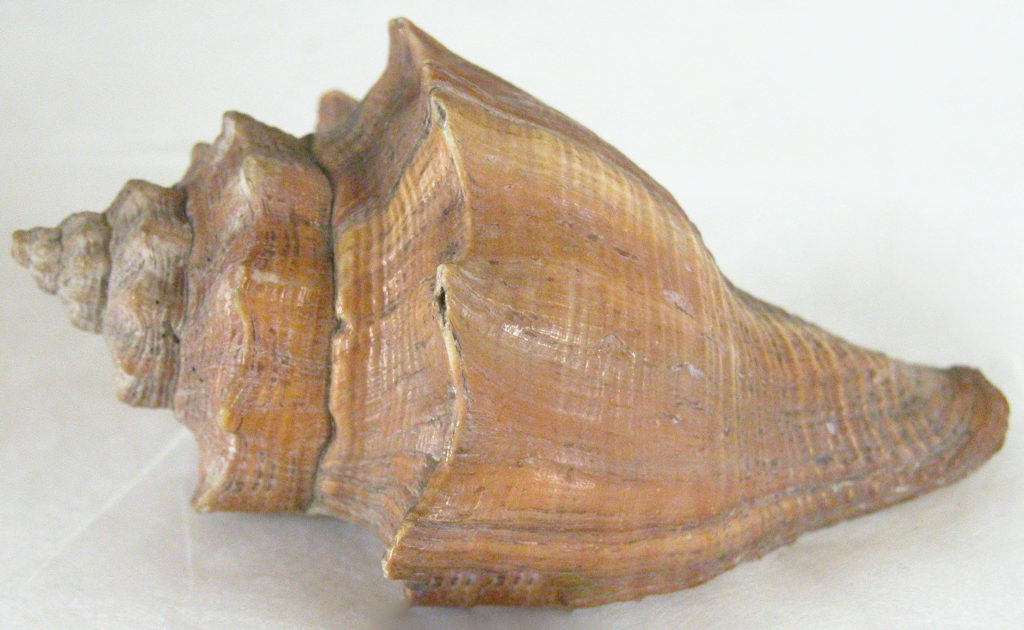

Red conch type shell
Reference: CANCM:2010.11.9
Can be found: Left display case - Bottom Shelf in Colour and Camouflage Collection
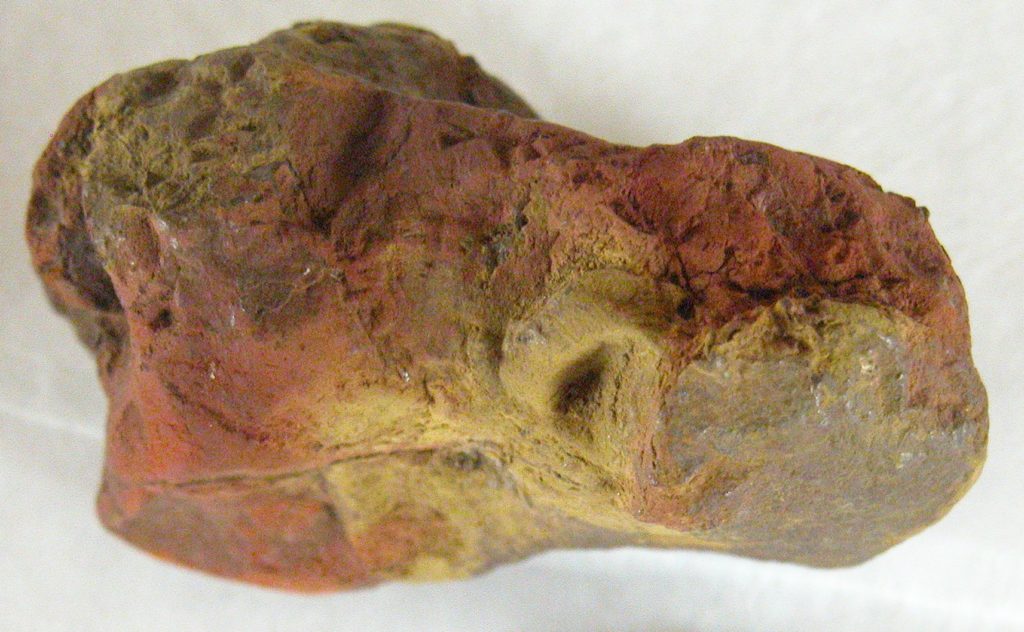

Red Ochre
A rock formed by erosion of iron-rich deposits. It has been used since ancient times to the present day, ground up, to make red paint and is sometimes burnt to enhance the red colour.
Reference: K819
Can be found: Left display case - Third Shelf in Colour and Camouflage Collection
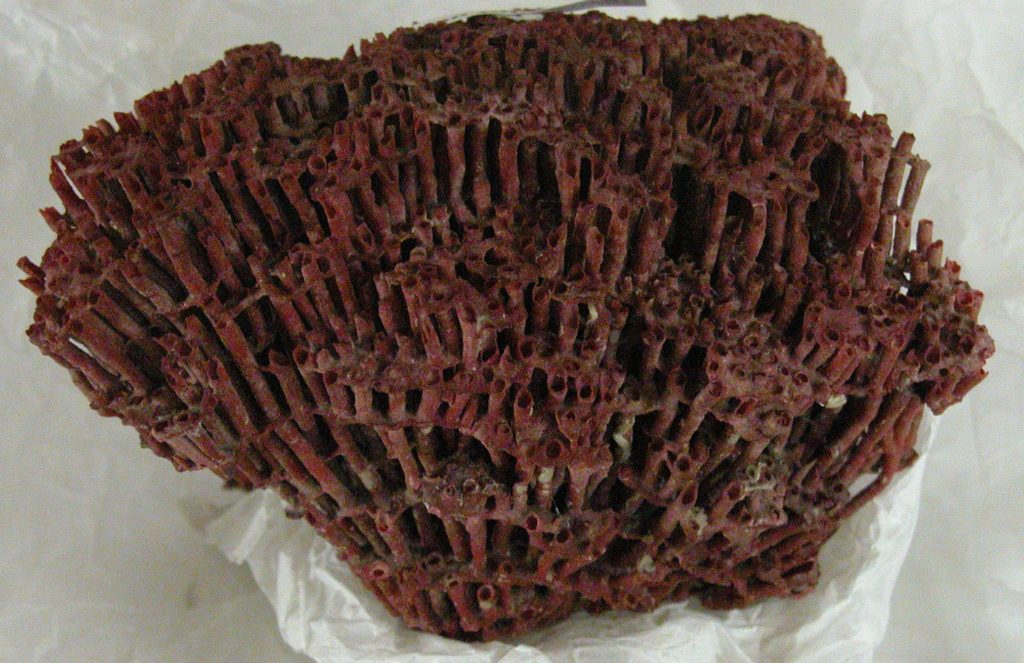

Red organ pipe coral
Reference: 2011.10
Can be found: Left display case - Second Shelf in Colour and Camouflage Collection
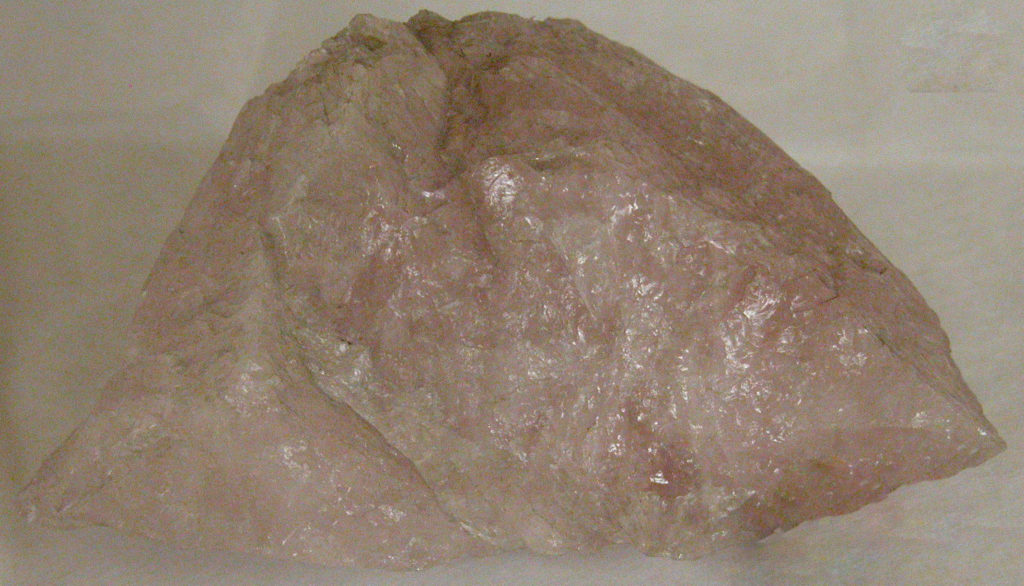

Rose Quartz
Reference: D4.A.246
Can be found: Left display case - Fourth Shelf in Colour and Camouflage Collection
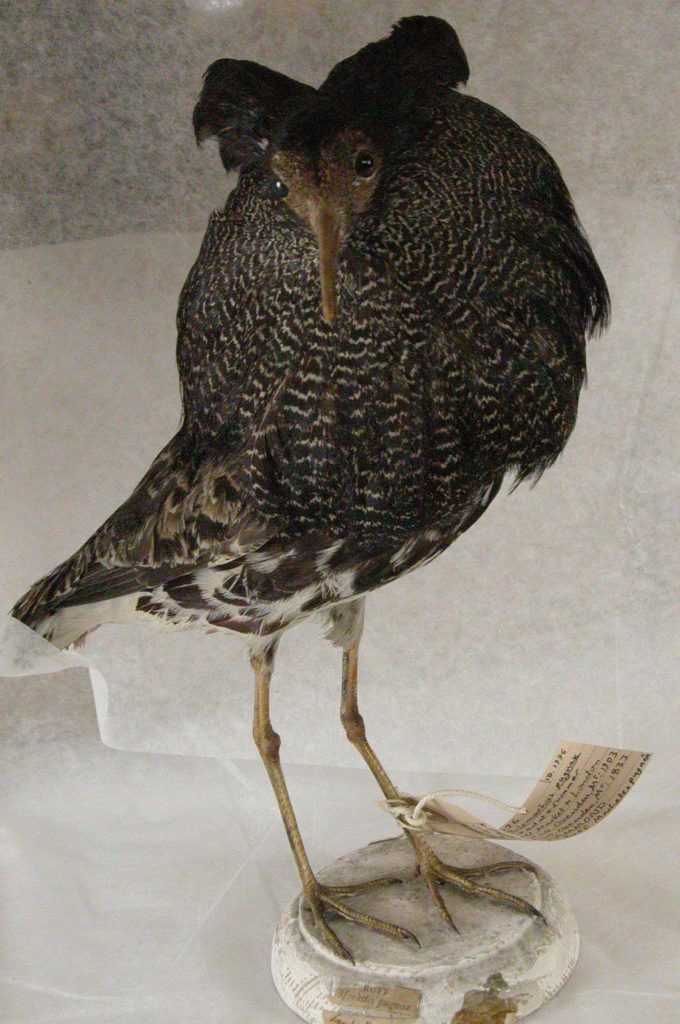

Ruff
The male of this species of brown-flecked wading bird takes on this elaborate pumage in the breeding season. See the male’s winter plumage in the display case opposite.
Reference: 396H
Can be found: Left display case - Top Shelf in Colour and Camouflage Collection
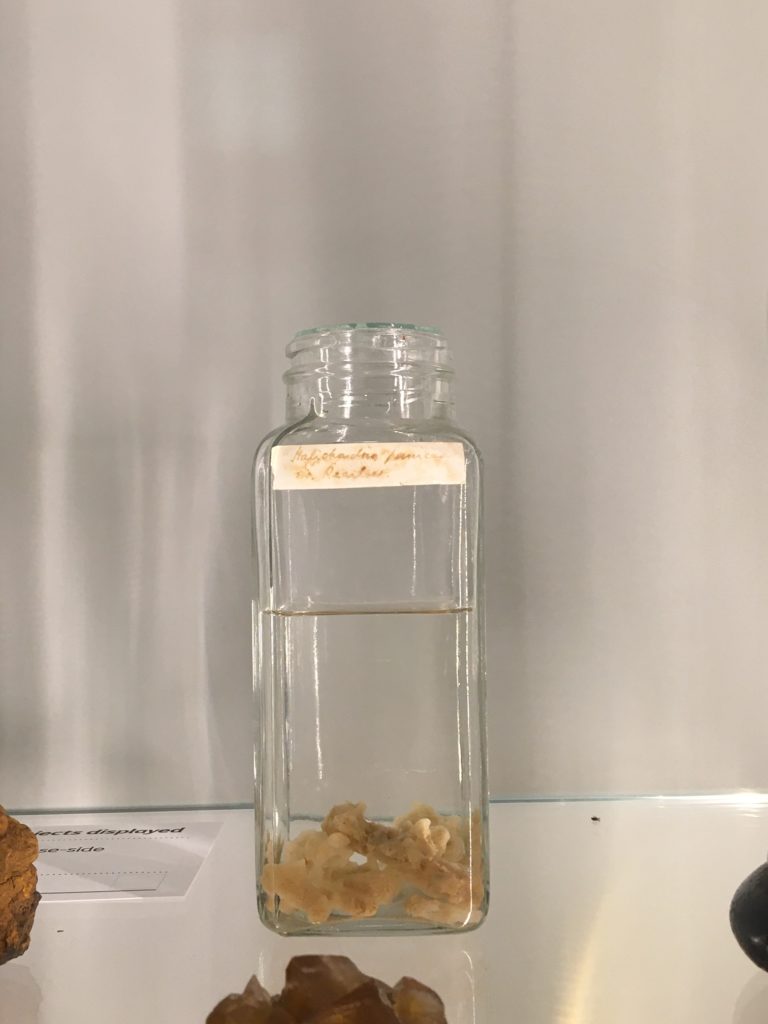

Sea sponge – halichondria panicea
It is also known as the breadcrumb sponge because of the way it crumbles when one holds it. It is an invertebrate which varies in colour from dark green to light yellow and is often found in shaded rock openings or under rocky overhangs in the waters of the North Atlantic and Mediterranean Sea.
Reference: CANCM:nn
Can be found: Left display case - Third Shelf in Colour and Camouflage Collection
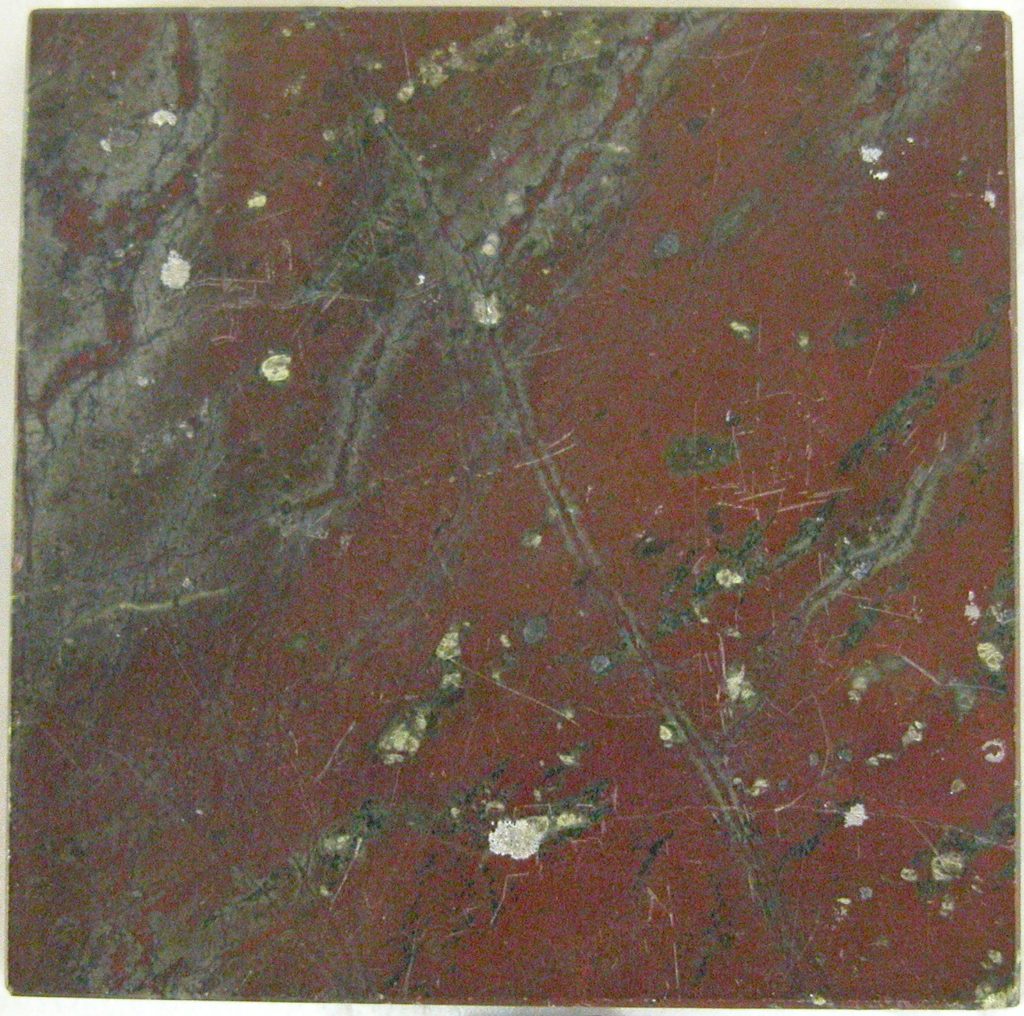

Serpentine
Serpentine is a silicate. This cut and polished square has an old museum label describing it as ‘Rare Williamsite, Russia’. Williamsite is a variety of serpentine that is usually green.
Reference: 2009.529
Can be found: Left display case - Fourth Shelf in Colour and Camouflage Collection
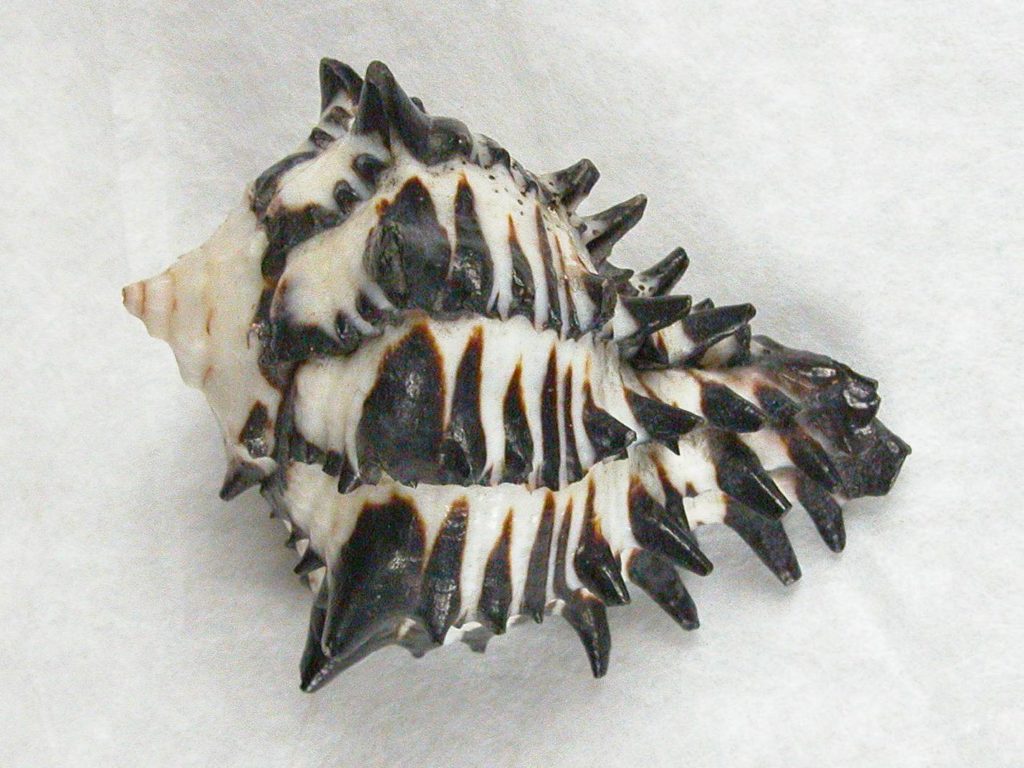

Shell The black and white Muricanthus
Reference: CANCM:nn
Can be found: Right Display Case - Shelf 2 in Colour and Camouflage Collection
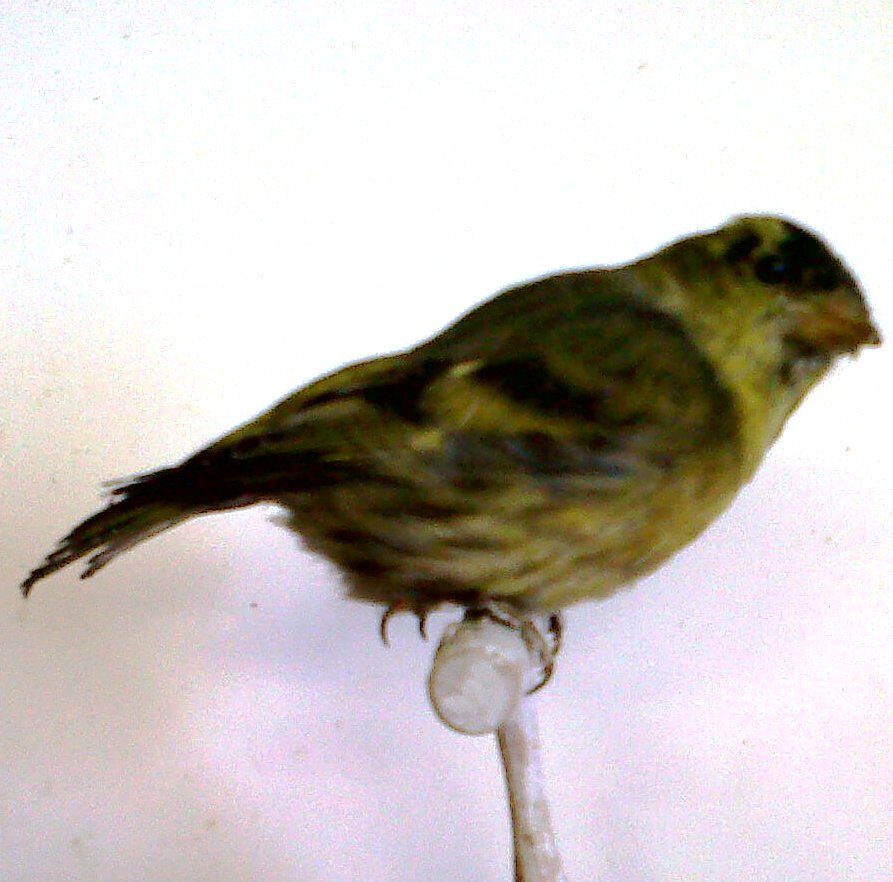

Siskin
A lively bird that lives in most of Europe and Asia and is most likely to visit our gardens during late winter months.
Reference: CANCM:114 H
Can be found: Left display case - Second Shelf in Colour and Camouflage Collection


Smew
The smew shows an example of sexual dimorphism: males and females are different colours.
Reference: 1995.105 (male) 305H (female)
Can be found: Third Case in Colour and Camouflage Collection
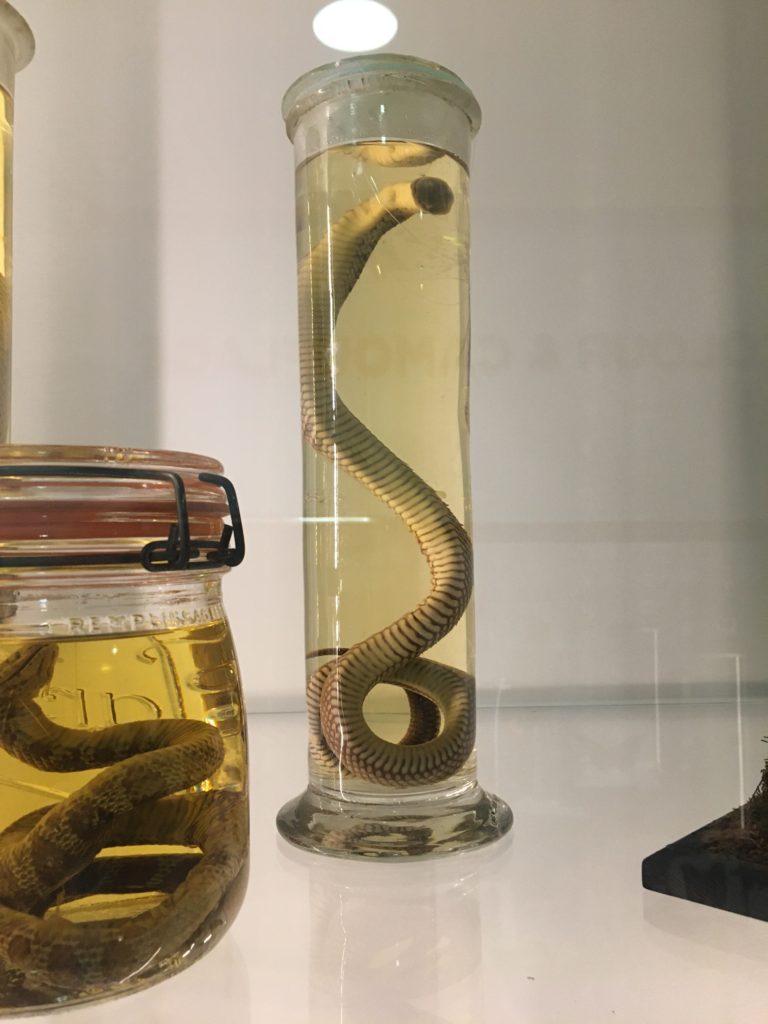

Snake – Hypsirhina enhydris
Also known as the rainbow water snake, this type of colubrid snake is mildly venomous, with fangs at the back of their mouth, and are found mostly in South and Southeast Asia.
Reference: 2000.150.
Can be found: Left display case - Top Shelf in Colour and Camouflage Collection
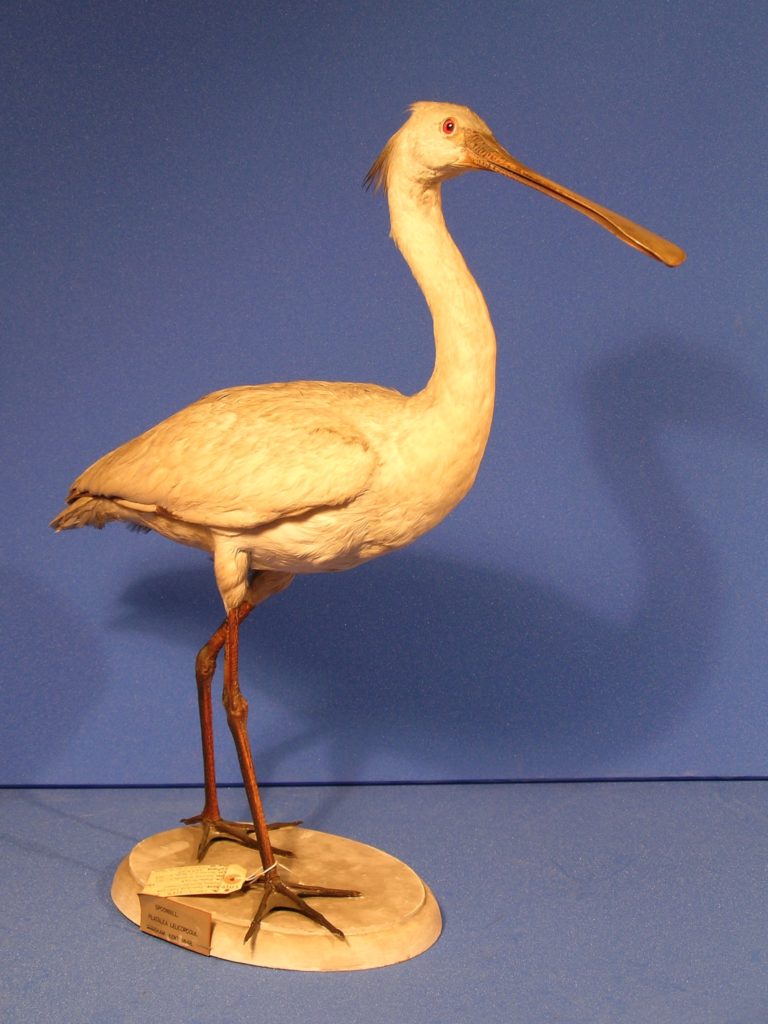

Spoonbill
Reference: 258H
Can be found: Wooden Display Case (L-R) in Colour and Camouflage Collection
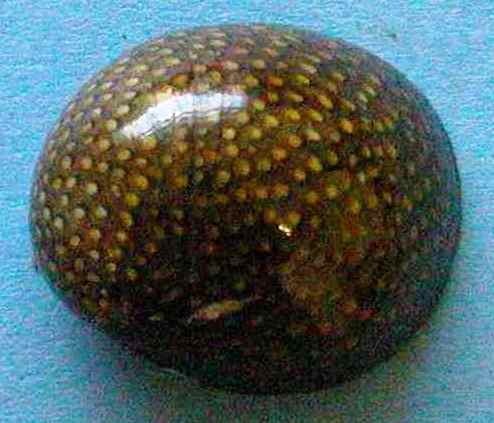

Spotted green gastropod of the genus Nerita
Reference: 2010.48.86
Can be found: Second Case - Top Shelf in Colour and Camouflage Collection
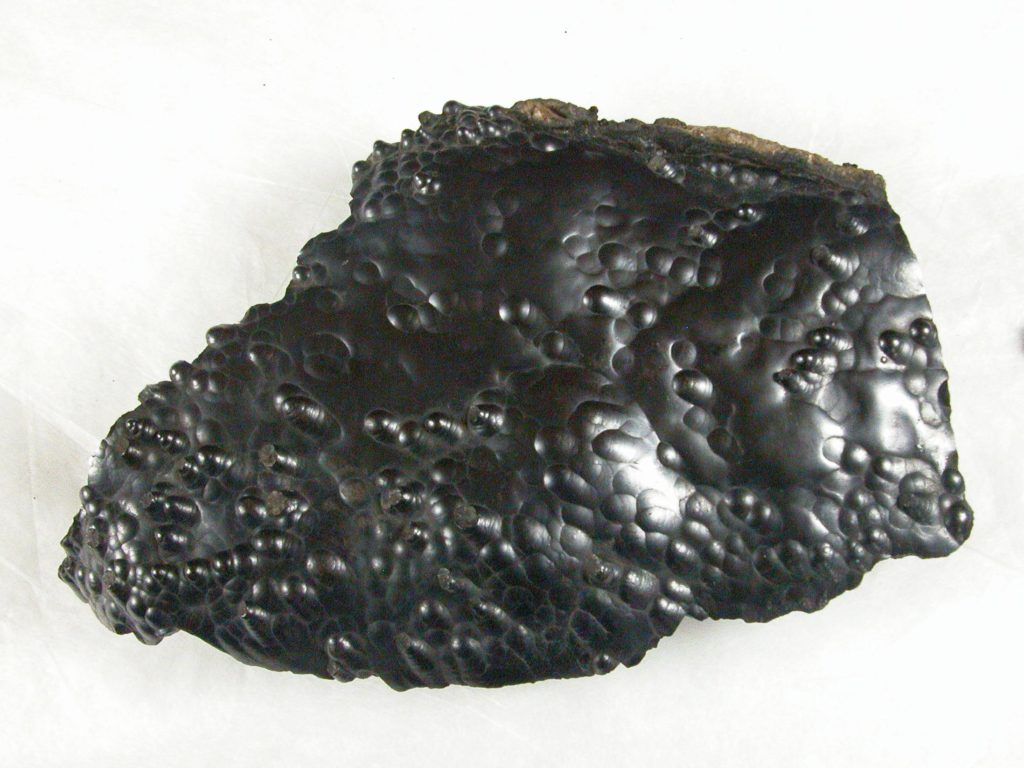


Stalactitic Limonite
An iron hydroxide - it contains oxygen and water.
Reference: Q.0.10
Can be found: Left display case - Third Shelf in Colour and Camouflage Collection



Stalactitic Limonite
An iron hydroxide - it contains oxygen and water.
Reference: Q.0.10
Can be found: Right Display Case - Shelf 4 in Colour and Camouflage Collection


Stilbite
A hydrated sodium calcium aluminium silicate
Reference: D4.B.504
Can be found: Left display case - Second Shelf in Colour and Camouflage Collection
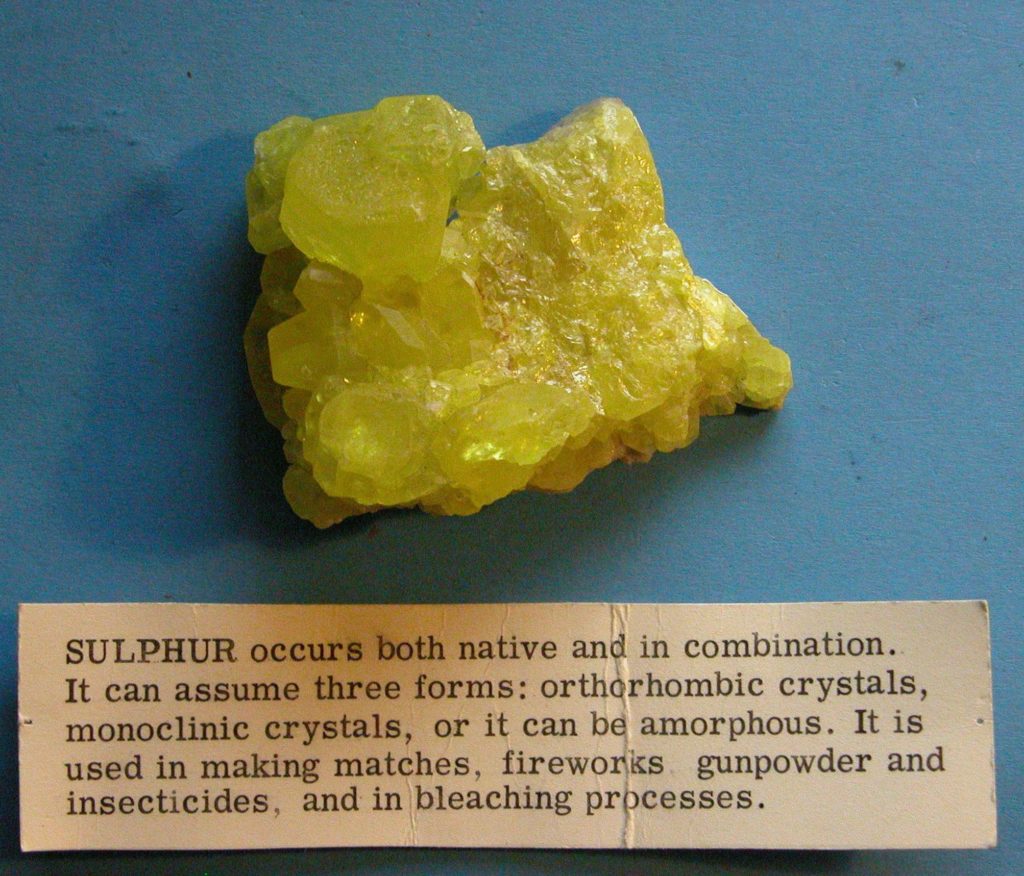

Sulphur
Sulphur is a poisonous but essential mineral. It smells like rotten eggs. It occurs in abundance around volcanoes and has many uses in fertilisers, fumigants, fungicides and pesticides, and in the manufacture of matches, fireworks and other explosives. Yellow colour in nature often signifies poison.
Reference: D1.B.36
Can be found: Left display case - Second Shelf in Colour and Camouflage Collection


Thysania agrippina
A large species of Moth from Central and South America. At 12 inches it has the largest wingspan of all butterflies and moths.
Reference: 2000.19.12
Can be found: Wooden Display Case (L-R) in Colour and Camouflage Collection
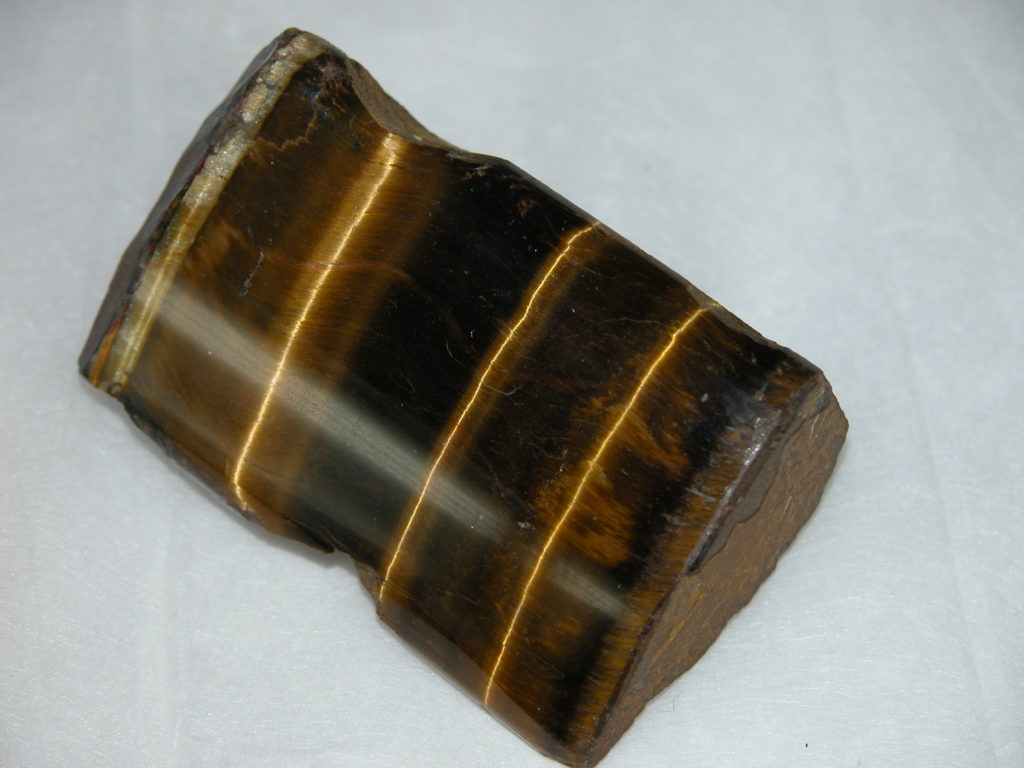

Tiger’s eye
A vibrantly coloured variety of quartz named after its resemblance to the slit eye of a cat. It is formed when blue asbestos (crocidolite) is replaced by silicon dioxide and it gets its colour from oxidation of iron minerals. This sample comes from South Africa.
Reference: 2011.8
Can be found: Left display case - Third Shelf in Colour and Camouflage Collection
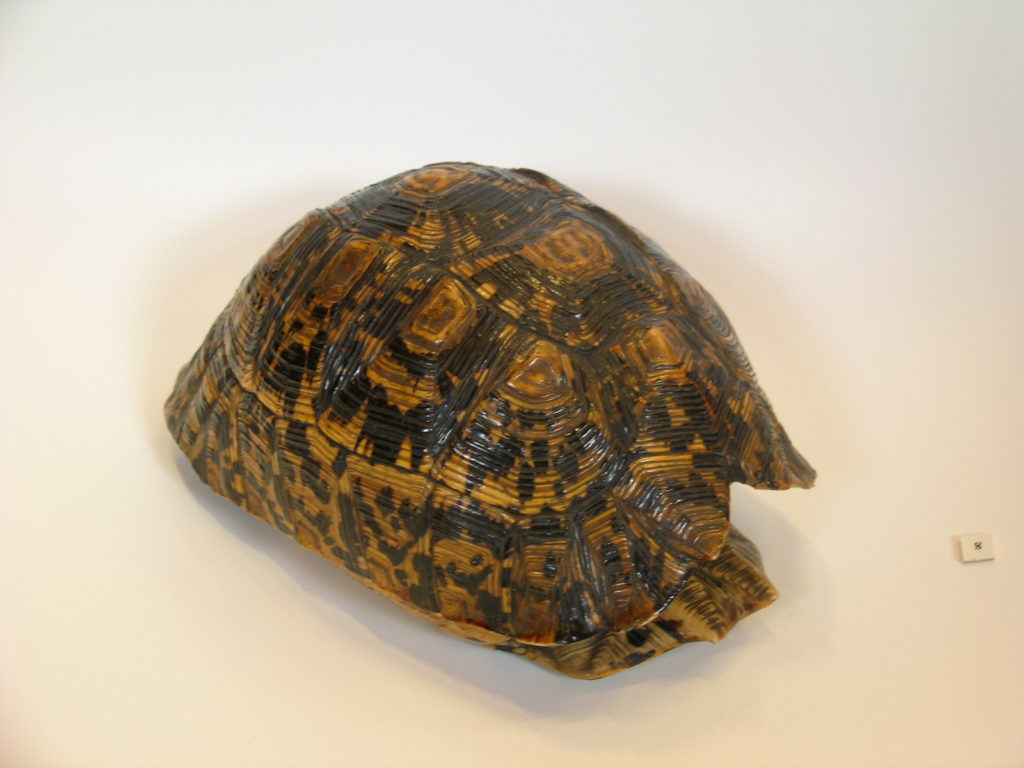

Tortoise shell
All tortoises have hard shells that help to protect their bodies. The domed top of the shell is called the carapace whereas the flat bottom is called the plastron.
Reference: CANCM:1999.259
Can be found: Left display case - Fourth Shelf in Colour and Camouflage Collection
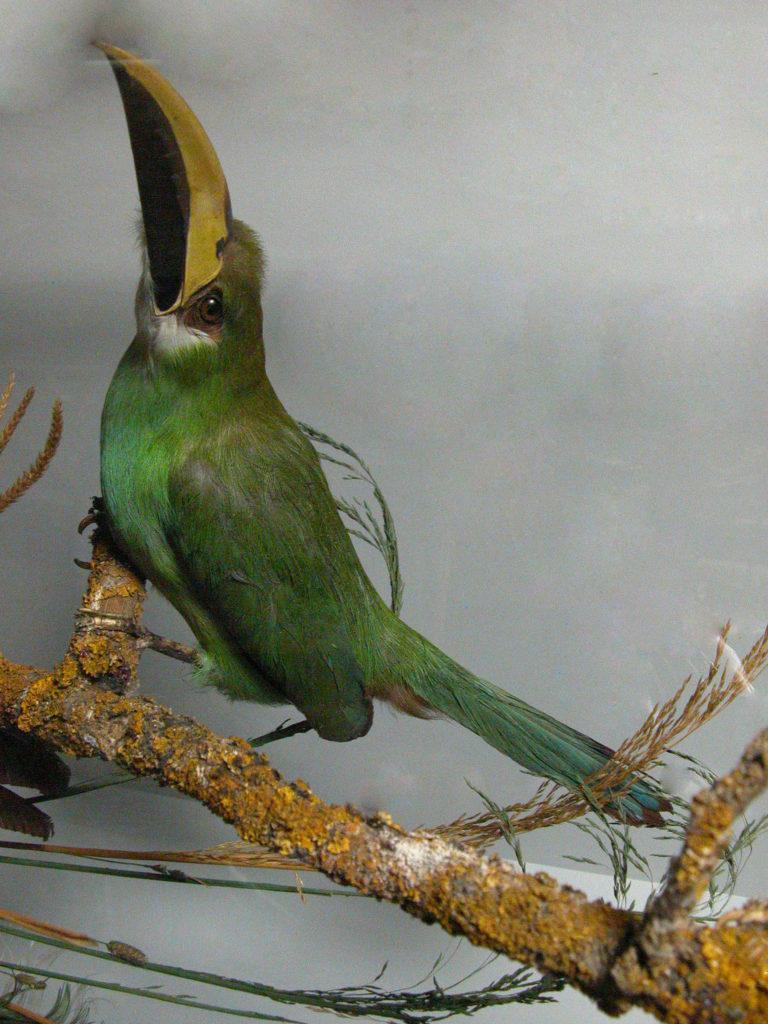

Toucan
Reference: CANCM:nn
Can be found: Second Case - Second Shelf in Colour and Camouflage Collection
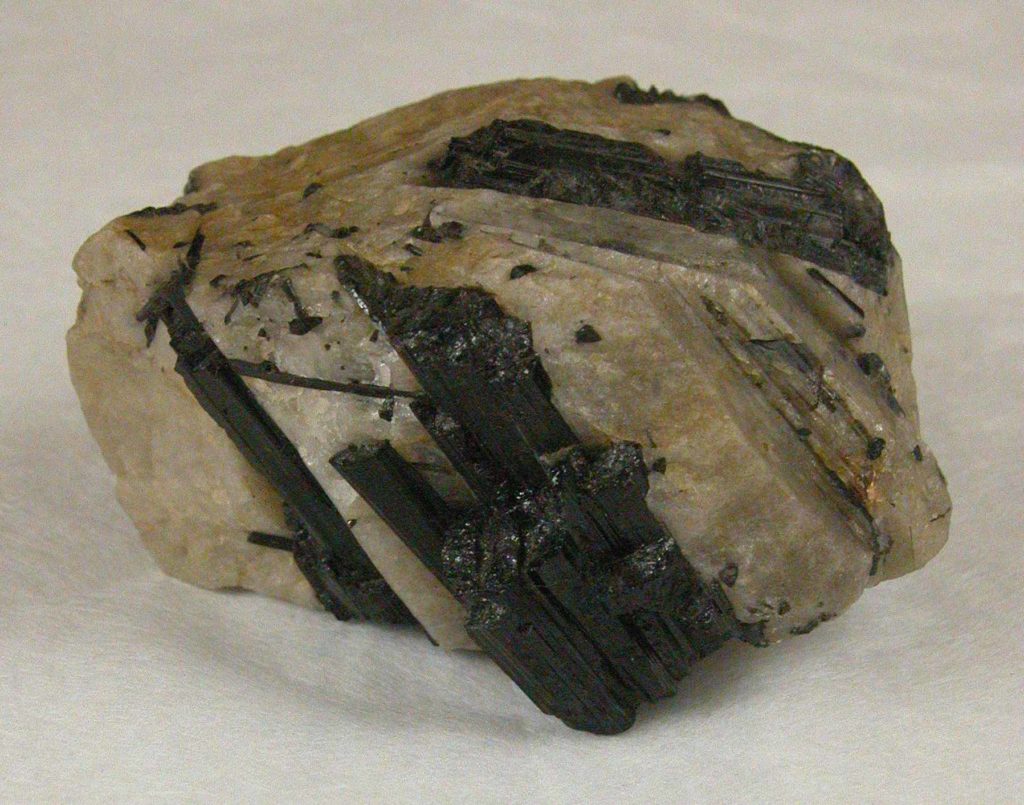

Tourmaline
Black rod-like crystals in off-white feldspar.
Reference: D4.B521
Can be found: Right Display Case - Shelf 1 in Colour and Camouflage Collection
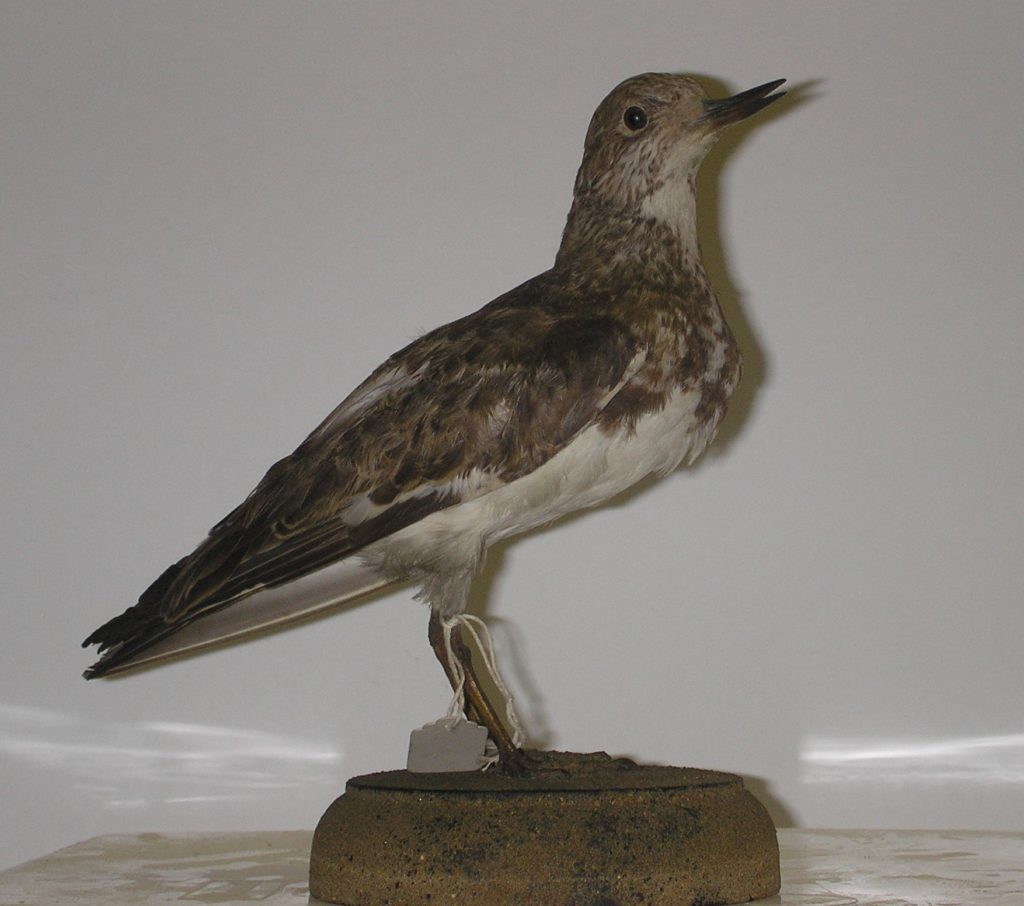

Turnstone
Reference: E22
Can be found: Wooden Display Case (L-R) in Colour and Camouflage Collection
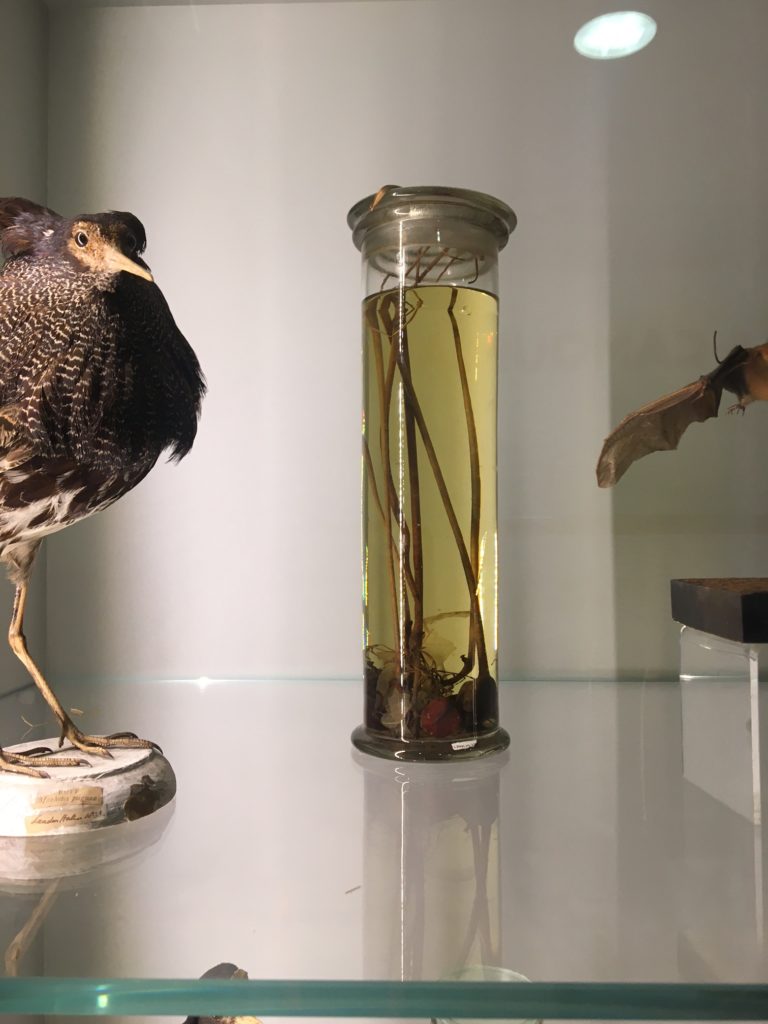

Unknown Fruit
You can see several specimens on display that are preserved in alcohol. Alcohol is a natural preservative, not only does it help to prevent bacterial growth but in high enough doses it actively kills bacteria.
Reference: CANCM:nn
Can be found: Colour and Camouflage Collection
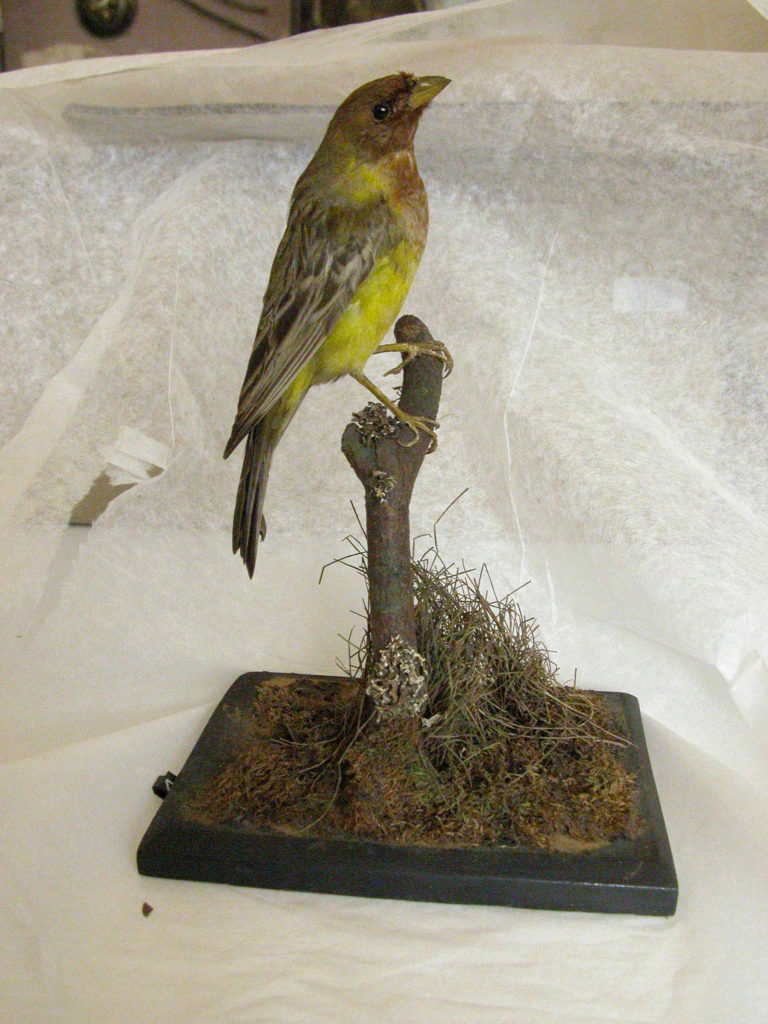

Weaver bird
This is a Lesser masked weaver bird, probably female.
Reference: B84
Can be found: Left display case - Top Shelf in Colour and Camouflage Collection
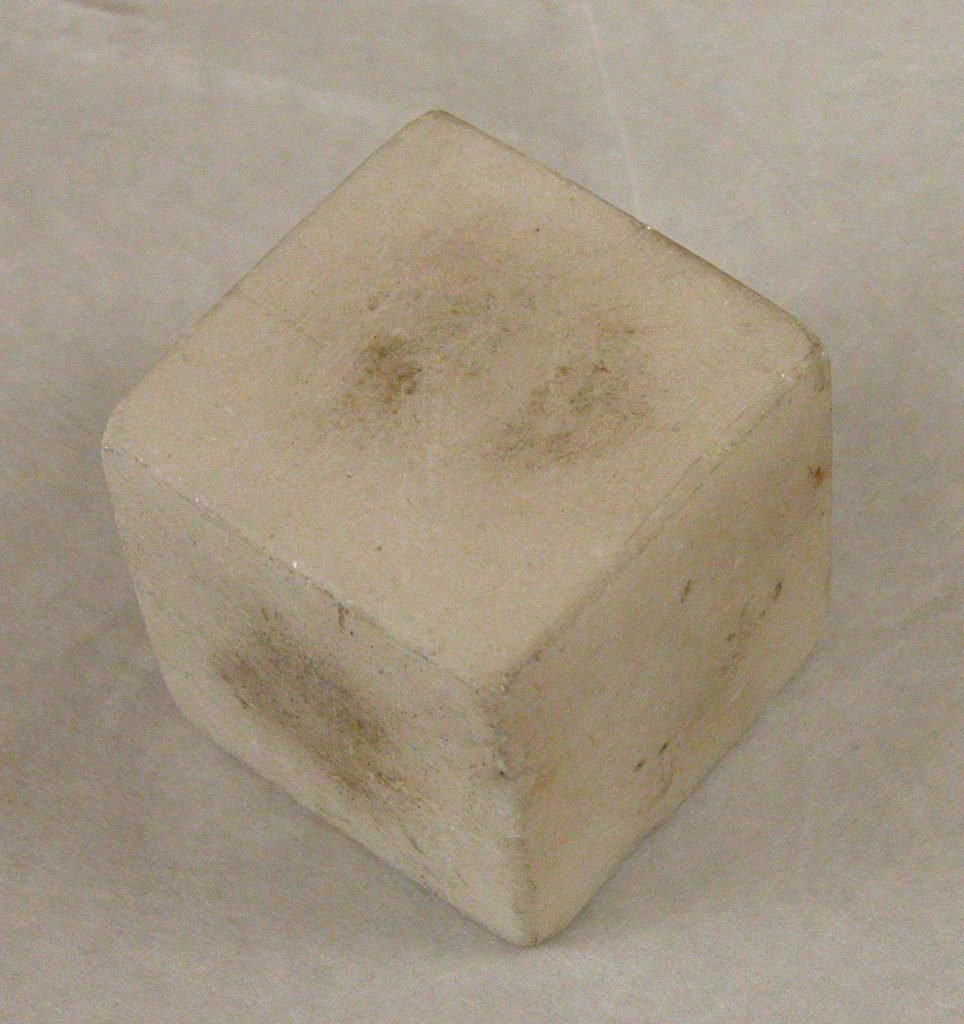

White Marble cube
Reference: 2010.2.108
Can be found: Wooden Display Case (L-R) in Colour and Camouflage Collection
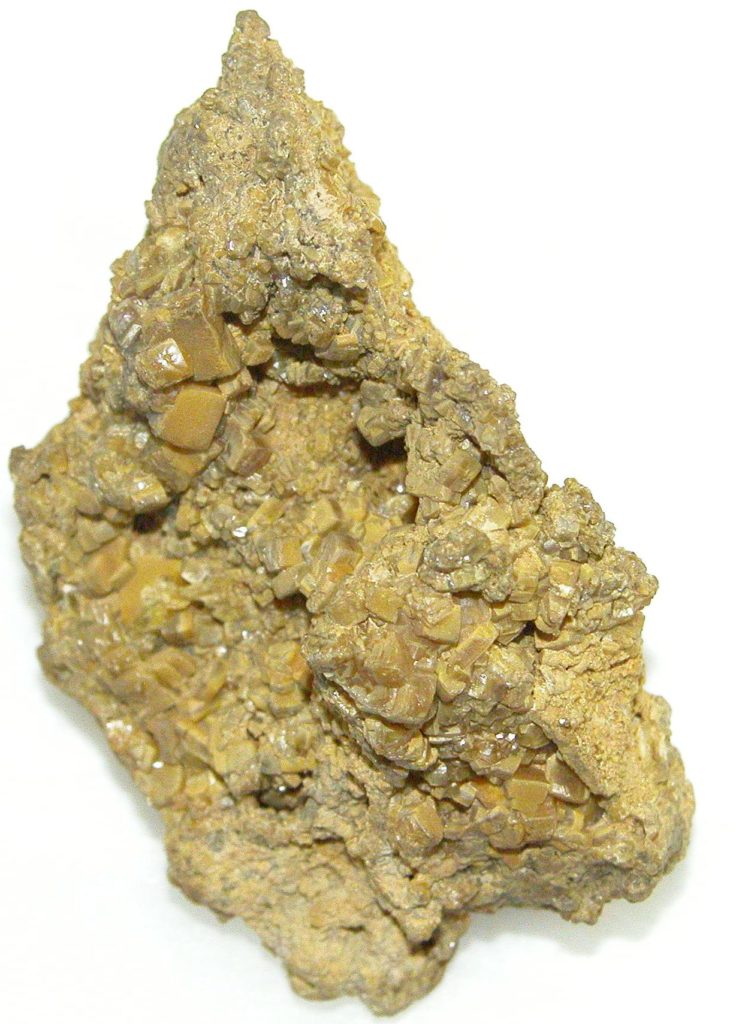

Wulfenite
Wulfenite is a source of molybdenum, a strong material with a high temperature resistance making it useful in space exploration and for making weapons.
Reference: D4.B.531
Can be found: Second Case - Top Shelf in Colour and Camouflage Collection
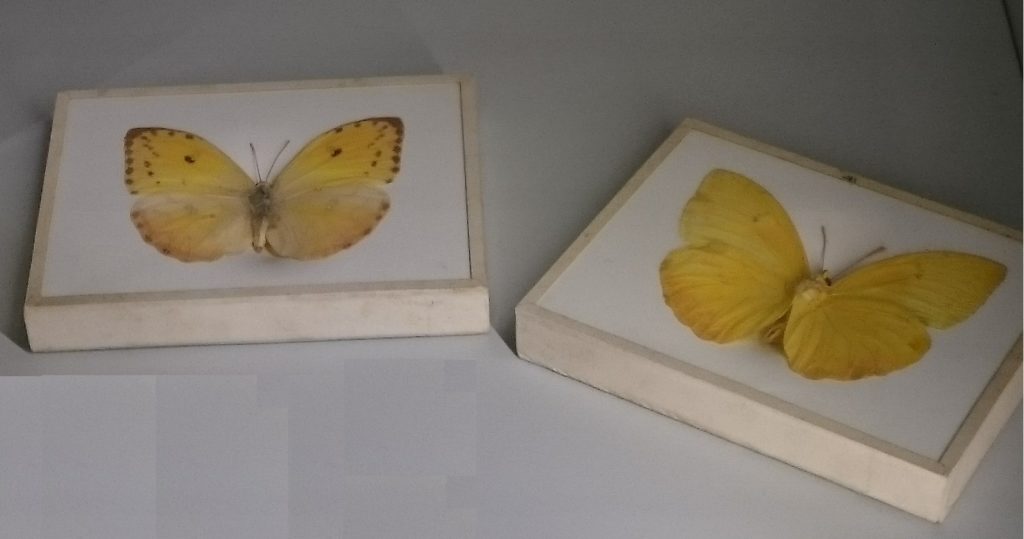

Yellow and red butterflies
Reference: CANCM:nn
Can be found: Left display case - Bottom Shelf in Colour and Camouflage Collection
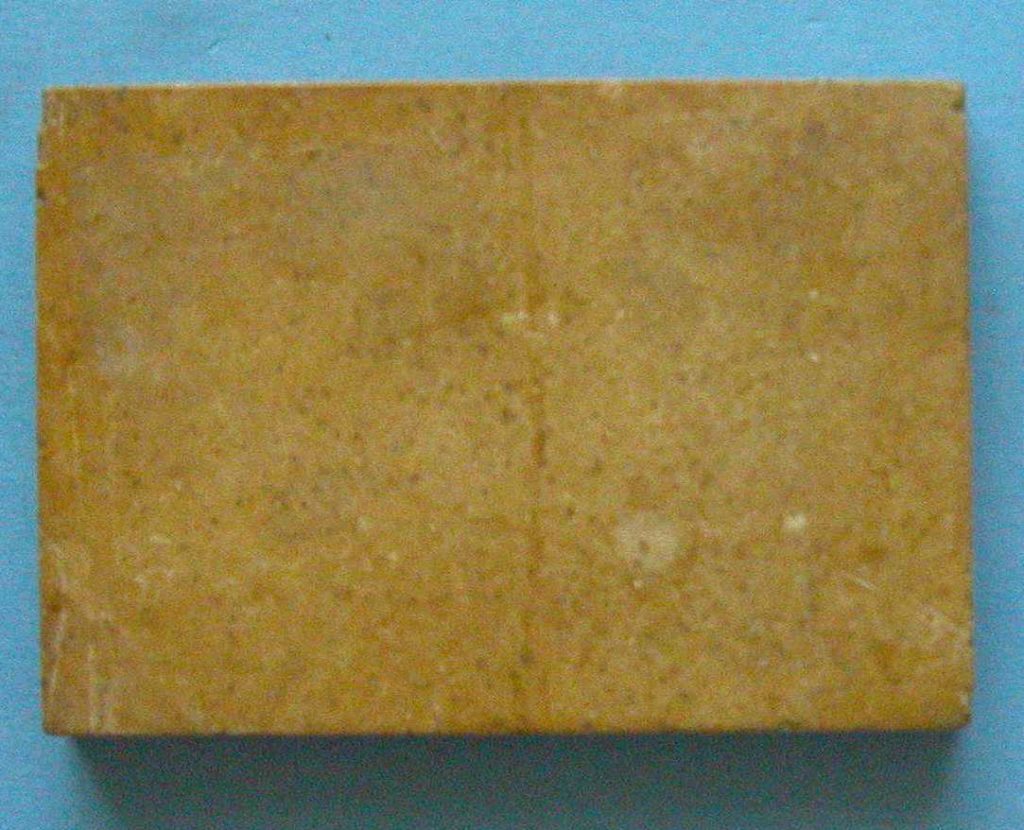

Yellow antique
Reference: 2009.551
Can be found: Left display case - Third Shelf in Colour and Camouflage Collection
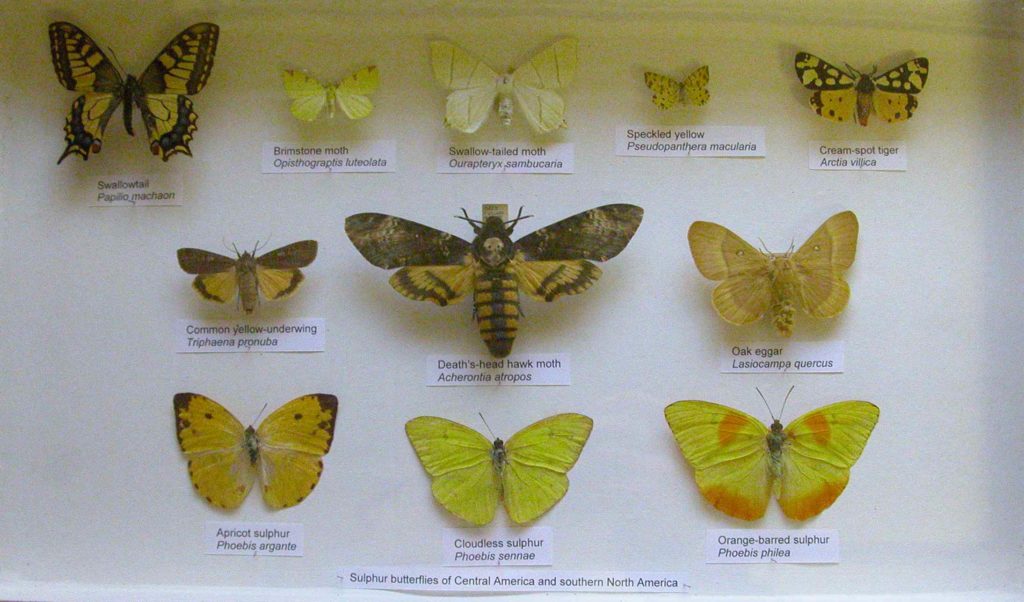

Yellow butterflies and moths
They include the Swallowtail butterfly, Brimstone moth, Swallow-tailed moth, Speckled yellow, Cream-spot tiger, Common yellow underwing, Death’s-head hawk moth, Oak eggar, Apricot sulphur, Cloudless sulphur and Orange-barred sulphur. These sulphur butterflies are from Central America and southern North America.
Reference: CANCM:nn
Can be found: Left display case - Fourth Shelf in Colour and Camouflage Collection
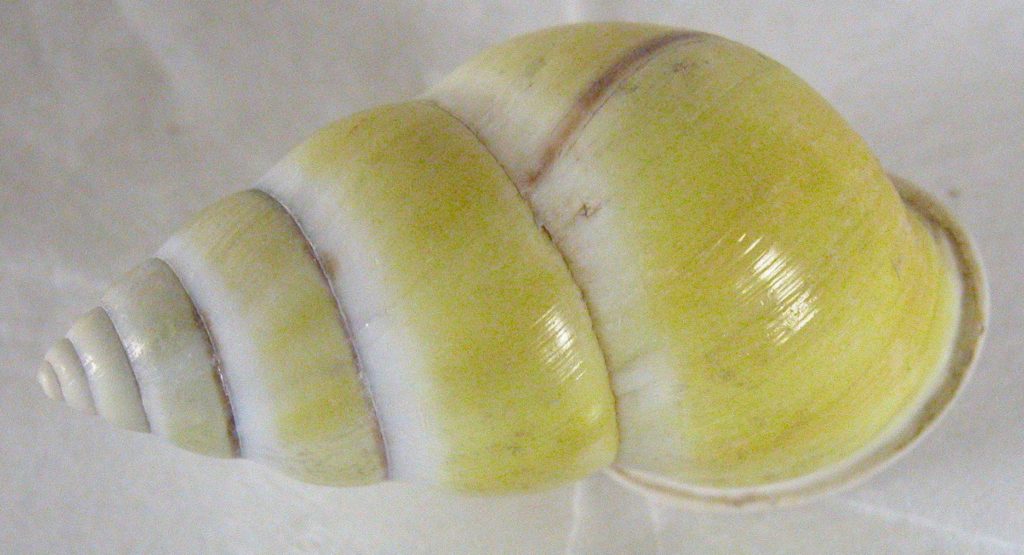

Yellow land snail
Like other molluscs, the majority of land snails are hermaphrodites, having both male and female sex organs. In many parts of the world such snails are farmed as food
Reference: CANCM:nn
Can be found: Left display case - Bottom Shelf in Colour and Camouflage Collection
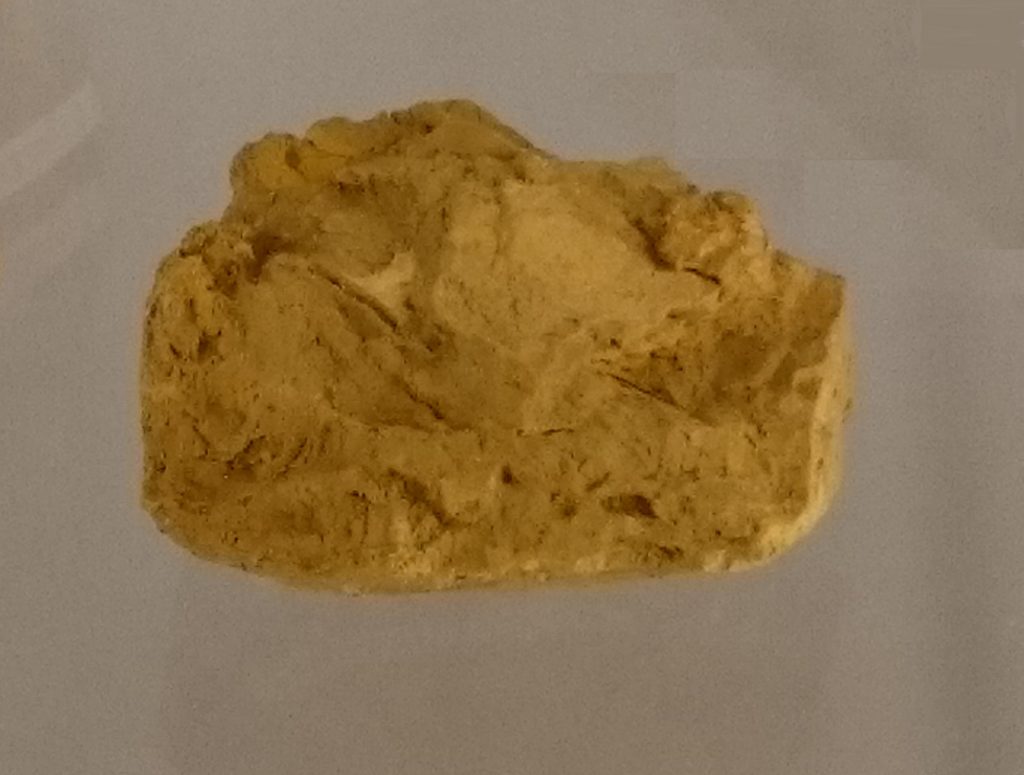

Yellow Ochre
Reference: CANCM:nn
Can be found: Left display case - Third Shelf in Colour and Camouflage Collection
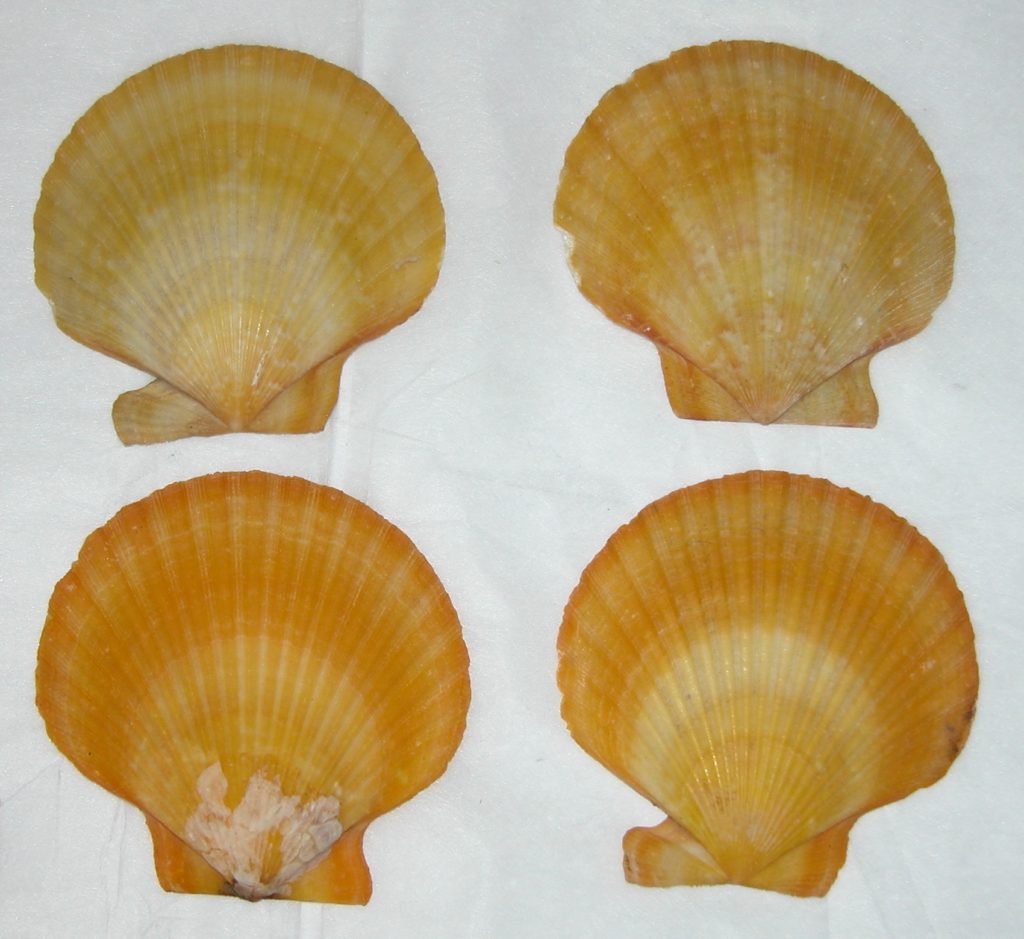

Yellow scallop shells
Reference: CANCM: 2010.48.117-118
Can be found: Left display case - Bottom Shelf in Colour and Camouflage Collection
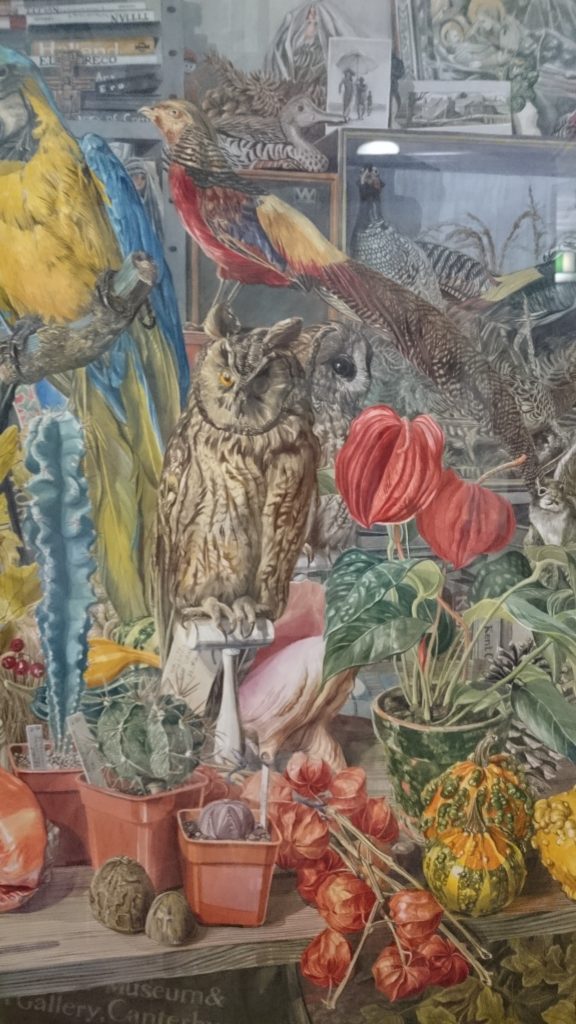

‘All things wise and wonderful’
1990
Cherryl Fountain (1905-79)
Watercolour
Reference: 1990.72
Can be found: Wall to left of wooden case in Colour and Camouflage Collection
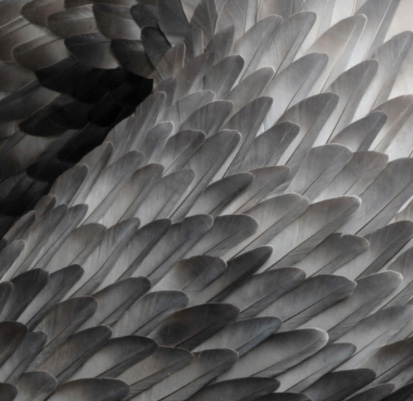

‘Wrest’
2009
Kate MccGwire
Mixed media with pigeon feathers: [Limited Edition Print]
Reference: CANCM:nn
Can be found: Wall to right of wooden case in Colour and Camouflage Collection

